Off-season grades: Warriors improve historic roster in unprecedented summer

With most of the NBA summer already in the books, SI.com is grading each team’s off-season performance and examining their best and worst moves. Today, we close the series with the Pacific Division, home of Kevin Durant, Stephen Curry and the title-chasing Warriors. The Clippers, Kings, Lakers and Suns round out one of the NBA's most interesting divisions, from top to bottom, as players like Chris Paul, DeMarcus Cousins, Brandon Ingram and Devin Booker are all worth watching.
Previous division grades: Central, Atlantic, Southeast, Northwest and Southwest.
Clippers
Best move: Not trading Blake Griffin. The Clippers didn’t do a lot this off-season, but the most important thing they did was choosing to keep Blake Griffin around. Deals have been rumored for a while now and could totally make sense in six months, but the truth is that this season is actually going to be the tipping point for the franchise, one way or another. The Warriors are casting a long shadow over the West. After five years with this core, L.A. has yet to reach the conference finals. Griffin’s contract is up in July, and so is Chris Paul’s. Without them, this is not a competitive team. The latest reports suggest Griffin wants to stay, for what it’s worth. But if he doesn’t, Paul is almost definitely gone, and if they both split, how long will Doc Rivers stay put? Griffin is the key to franchise relevance, and the Clippers’ present and future chips all rest with his decision.
Worst move: Keeping Doc Rivers as GM. Rivers has been an awful GM for the Clippers, and it’s as much his fault as anyone else’s that the Clips have not made a conference final. Outside of its brilliant starting five, L.A. continues to lack a proper bench, with the all-offense Jamal Crawford and geriatric Paul Pierce headlining a motley crew of reserves. From trading Eric Bledsoe to signing (then trading) Spencer Hawes to losing a first-round pick for Jeff Green, Rivers has continuously mismanaged assets that could have given the Clippers the slight edge they needed in so many seasons. With the Warriors taking a stranglehold on the conference and the Paul and Griffin decisions looming, L.A. could be well served by some new blood.
The Skinny:The Clippers have been hanging around, and hanging around, and hanging around, and they spent this summer making sure they’ll be hanging around a little bit longer. Since Chris Paul arrived in 2011, only two franchises have won more total games than the Clippers: The Spurs and the Thunder. With San Antonio losing Tim Duncan plus a good chunk of its frontcourt and Oklahoma City parting with both Kevin Durant and Serge Ibaka, L.A. finds itself sitting prettier relative to the competition than at almost any point in franchise history. The West’s No. 2 seed, 60 wins, and a long-awaited trip to the West finals are absolutely in play if the Clippers can avoid the injury bug that ravaged their stars down the stretch and during the playoffs last season.
Owner Steve Ballmer did have to fork up some sizable and questionable contracts to make sure his roster didn’t take a big step back. Jamal Crawford ($42 million over three years), Austin Rivers ($35 million over three years) and Wesley Johnson ($18 million over three years) all re-upped with big raises, cashing in on the Clippers’ limited ability to add outside talent. In a vacuum, all three of those deals would raise some eyebrows given Crawford’s age and defensive limitations, Rivers’ struggles running an offense, and Johnson’s unreliability. But all three players fill essential roles: Crawford’s scoring is often the only thing that keeps the second unit alive, Rivers has crafted out a niche for himself as an on-ball defender, and Johnson’s length on the wings is valuable given the Clippers’ potential playoff matchups. While it’s hard to love any of these deals and it’s even harder to love all three of them in the same summer, it’s not that difficult to understand them.
Doc Rivers helped the bitter pill of those larger contracts go down more easily by keeping stand-in starter Luc Richard Mbah a Moute, a defensive specialist, with the bi-annual exception and by making excellent use of his minimum salary slots.
The most iconic advertisements in NBA history
In Raymond Felton, he added a former starter with experience initiating an offense, something that will prove helpful if Chris Paul happens to miss time or if Rivers continues to struggle in that role. In Brandon Bass and Marreese Speights, Rivers tried to compensate for the underrated loss of Cole Aldrich by adding two complementary scoring options who should be able to give good minutes behind DeAndre Jordan and Blake Griffin. Both should be motivated: Bass arrives after wasting a year of his life on the Lakers, while Speights left the rival Warriors to fill what should be a larger role. In Alan Anderson, Rivers looked to add depth to his backcourt by taking a chance on a guard who missed most of last season due to injuries.
Collectively, the Clippers’ overhauled second unit is heavy on experience and clean positional fits. Rivers’s gameplan is always to live and die by his starters, but this group should be able to bide time fairly well while also featuring multiple players who can step in as starters when injuries hit. Losing Aldrich to the Timberwolves and Jeff Green to the Magic (just months after trading a first-round pick to acquire him) are real losses, but the incoming talent more or less cancels out those departures. And, most importantly, the Clippers return their top nine players by minutes played from last season.
The Clippers’ summer will be frustrating to those who believe that the Paul/Griffin/Jordan/J.J. Redick core has run its course. Although Rivers appeared to be in that camp as recently as last fall, his decision to run back the same group this summer is sensible given how the landscape has changed around the franchise. Instead of looking stale and capped out, the Clippers now look as talented as anyone in the West besides the Warriors and poised for a potential breakthrough thanks to slippage from their rivals. How far L.A. goes will depend primarily on how effectively Griffin plays after a dreadful lost season, but Rivers can enter training camp confident that he’s done his part.
Grades: B+
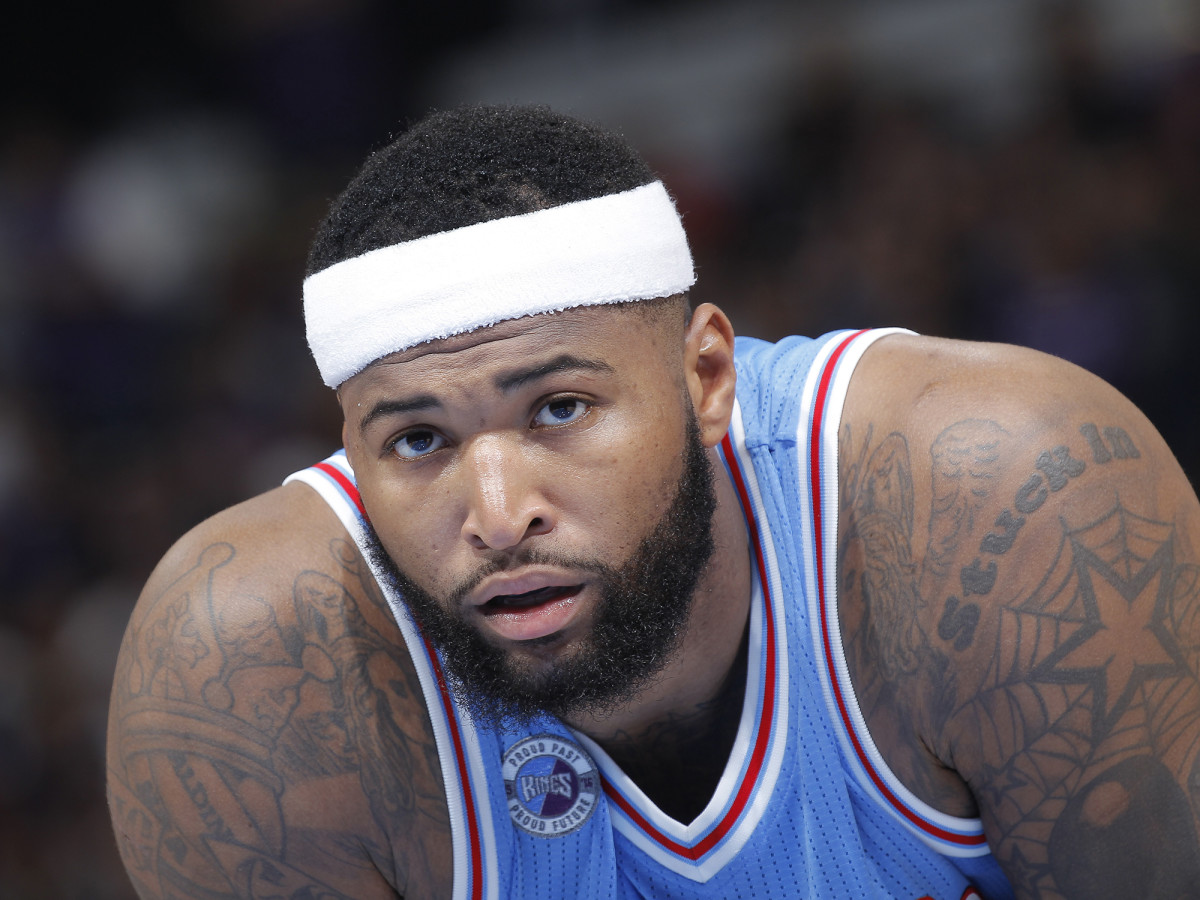
Kings
Best move: Calling in Matt Barnes. This is partially an indictment of all the other extremely confusing (and somehow unsurprising) things the Kings did. But this signing actually makes some theoretical sense when you consider the fact that Matt Barnes’s only job is to protect Boogie Cousins (from the refs, other players, himself, etc.). They’ve added some reliable veterans to the locker room, and Barnes’s toughness will hopefully be part of the culture change. If he finishes the season having accrued more techs than Boogie, this experiment is most likely a success.
Worst move: Drafting Georgios Papagiannis. Sacramento acquired Papagiannis in a draft-day trade, effectively selecting him with the No. 13 overall pick. A deep sigh, a slap to the forehead, a single tear running down your cheek... these are all appropriate reactions to this baffling pick. Papagiannis may turn out to be a fine player, but his existence on the Kings is a complete waste. Forget about Cousins for a second and ask what about Willie Cauley-Stein, another lottery pick at center? And Sacramento still has Kosta Koufos, a legitimately competent backup big. How is Papagiannis supposed to crack the frontcourt rotation? Add Skal Labissiere into the mix and I truly wonder if the Kings plan on playing four 6’11” or taller players at once.
The Skinny:It seems like there’s always a looming “But” when it comes to Sacramento’s moves.
The Kings smartly resisted the temptation to keep on with the Rajon Rondo experiment, but they forgot to sign a back-up point guard until they finally settled for multi-time cast-off Ty Lawson. The Kings potentially got one of the steals of the draft by snagging Skal Labissiere at No. 28, but they spent their lottery pick on unknown Greek center Georgios Papagiannis who will struggle for playing time behind the likes of All-Star DeMarcus Cousins, capable back-up Kosta Koufos and 2015 lottery pick Willie Cauley-Stein. The Kings made a fine value play in adding Anthony Tolliver ($16 million over two years), but they already had Omri Casspi to offer a similar game on an even cheaper deal. The Kings avoided drastically overpaying for Arron Afflalo ($25 million over two years) and Garrett Temple ($24 million over three years), but adding both will likely compromise the (non-)development of Ben McLemore.
Sacramento’s most obvious win was hiring former Memphis coach Dave Joerger, whose personality and experience make him a natural fit in a job defined by the willingness to roll up one’s sleeves and the ability to reach Cousins. Joerger should also relish the mental challenges that come with constructing five-man groups from such an incoherent and often redundant collection of talent.
Thon Maker benefiting from perspective in rare preps-to-pros transition
The sky is the limit when it comes to imagining Sacramento’s lineups: no point guards, two point guards at the same time, two centers at the same time, three stretch fours at the same time, four interchangeable wings at the same time… really, this should devolve into a basketball laboratory as soon as possible. The Kings’ best chance might just be to confuse the opposition through sheer absurdity.
In all likelihood, this summer’s work will lead to further movement before or at the trade deadline, given the frontcourt log jams and the shallow point guard position. While none of Sacramento’s off-season moves (save Papagiannis) is all that objectionable, the sum total of the activity didn’t bring the franchise any closer to the sanity it’s long been seeking. What does that mean for Cousins’s happiness and future? What does that mean for a potential trade chip like Rudy Gay? What does that mean for the odd men out once Joerger settles on a rotation? Who knows. Fireworks, as always, are more likely than not.
Thankfully, the flammability factor has been reduced by the dual departures of Rondo and former coach George Karl. If nothing else, Sacramento took a half-step forward this summer by undoing those mistakes. Best wishes to Joerger, as he tries to lead this mish-mashed squad further down the path to respectability.
Grades: C
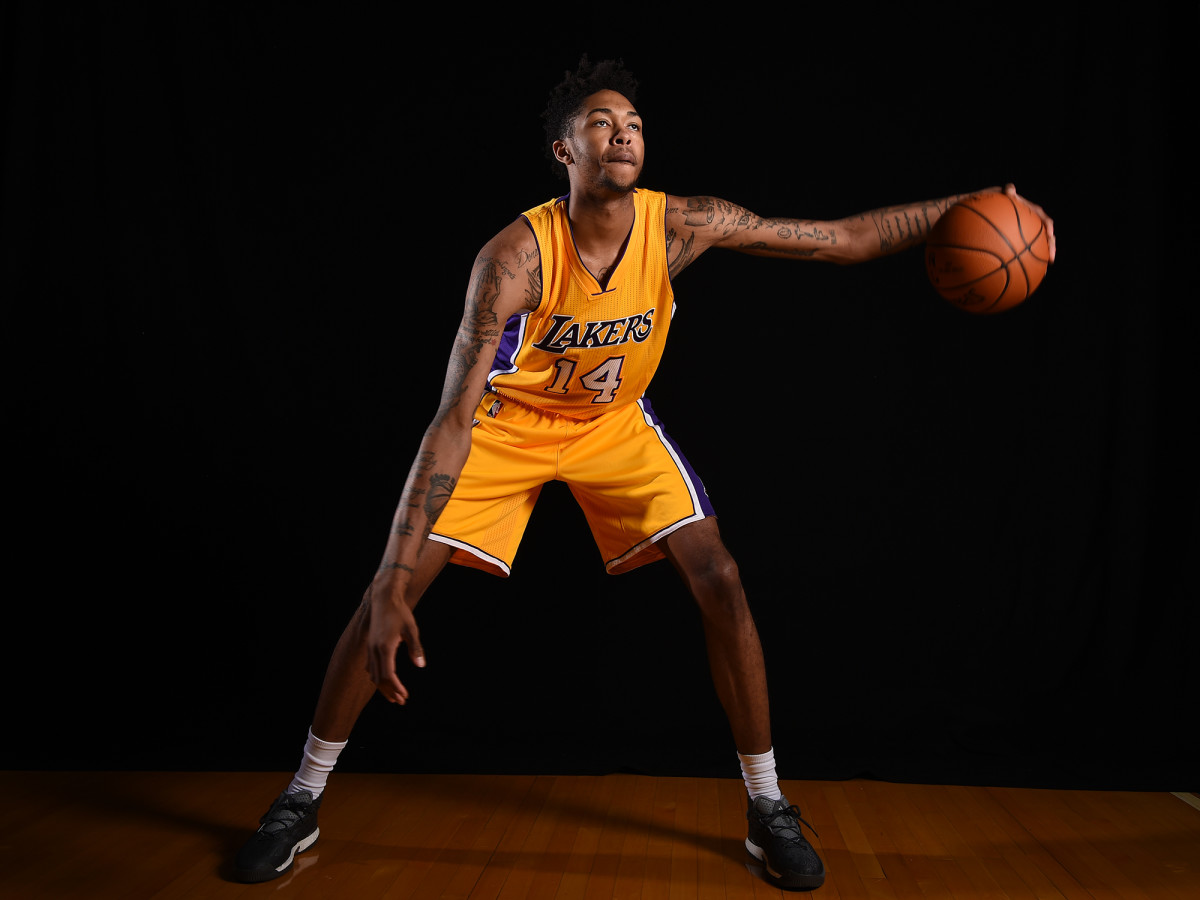
Lakers
Best move: Hello, Brandon Ingram.Picking second in what’s billed as a two-player draft tends to be a great thing. It was an especially great thing for the LA Lakers, who are absolved of all scrutiny if Brandon Ingram doesn’t cut it. But, more likely than not, Ingram is going to become a high-quality perimeter scorer with star potential. His rookie season will require a greater physical adjustment than most, but watch for the flashes and know that better things are ahead for the Lakers. The transition back to competitiveness can start now.
Worst move: The Timofey Mozgov signing. The center market was pricey early this off-season, thanks in large part to the Lakers, who handed Mozgov four years and $64 million. Mozgov’s role with the Cavaliers decreased as last season went along, and he won’t have the benefit of playing with an extremely talented roster in L.A. At least the Luol Deng signing gives the Lakers some positional flexibility and a hint at a modern roster. Mozgov is not only an overpay for the player he is, he also crowds a frountcourt that needs more playing time for younger players.
The Skinny:The Lakers’ off-season was seriously lacking in moderation. Virtually every development could be filed under either “Jump for joy!” or “Let’s jump off a cliff!”
The positives were very positive. Hiring Warriors assistant Luke Walton was a no-brainer: he has the temperament, the local ties and the experience as a player to guide a young team through its growing pains and a wavering franchise through its choppy waters. Keeping the No. 2 pick in the draft lottery was crucial to the franchise’s long-term planning; adding Brandon Ingram, a blue-chipper with huge upside, was as good as it gets. Getting some nice play from 2015 lottery pick D’Angelo Russell at Summer League was especially promising, given his struggles the previous summer and his off-court distractions as a rookie. And taking Jose Calderon, a fine back-up point guard on an expiring contract, into cap space was a no-risk play.
Turning the page from Kobe Bryant, firmly and without backtracking, was perhaps the biggest philosophical step of all. After the Lakers celebrated Bryant with a year-long Farewell Tour that culminated in the perfect finale, it was time for something new. So far, so good on that front, even if the roster’s youth will lead to another season of heaving losing.
Unfortunately, the negatives were quite negative. Kicking off that list, of course, is L.A.’s inexplicable four-year, $64 million contract for Timofey Mozgov. Everything about this contract felt wrong: the price, the length, Mozgov’s fit age-wise, Mozgov’s fit style-wise, Mozgov’s health, and how quickly it came together. With so many centers available on the market and so much cap space available, it’s not clear why the Lakers targeted Mozgov or why they couldn’t convince a younger and/or more defensive-minded and/or more mobile and/or healthier center to take their money. Spending $64 million on a center should buy you something, and yet L.A., barring some kind of miracle, looks poised to field the NBA’s worst defense again in 2016–17.
The Mogzov move was so bad that it bled over into L.A.’s other plays. For a rebuilding and immature team that dealt with serious locker room issues and lost a franchise icon in Bryant, adding a proven, no-nonsense veteran like Luol Deng makes a lot of sense, even if you have to pay the bad team tax and commit $72 million over four years. By itself, that signing would be a justifiable overpay, in part because Deng pencils in as a natural mentor for Ingram. In conjunction with Mozgov, though, the Lakers have now tied up a whopping $136 million over the next four years, completely guaranteed, to two 30+ players who are best cast as complementary options on good teams rather than leading options on bad ones.
To add an extra layer of insanity to the proceedings, the Lakers signed Yi Jianlian, who hasn’t played in the NBA since 2012 and who never posted a PER higher than 12.5, to a one-year, $8 million contract. Yes, that happened. No, no one knows why. Yes, everyone should be relieved that the deal is minimally guaranteed and that Jim Buss somehow resisted giving out another four-year contract.
2016 NBA draft class yearbook superlatives: Most likely to succeed and more
Otherwise, the cast of characters will be similar to last year: score-first guard Jordan Clarkson was re-signed to a four-year, $50 million deal that was fine, Lou Williams wasn’t traded, and Nick Young somehow wasn’t bought out yet. In other words, the Lakers still have too many shot-takers, too few capable defenders, and too many unnecessary headaches.
However Walton manages this rotation, there are too many holes to fill, too many veterans who don’t make sense on a rebuilding outfit, and too many young players who need to play through their mistakes for this to be anything better than an awful team. In an ideal world, Walton will quickly settle on lineups that play Ingram and Deng together, making use of their length and versatility to create space for his attack-minded guards. Hopefully, he’ll feature the energetic Larry Nance Jr. in an expanded role and tinker with the idea of moving Julius Randle into a super-sub spot.
Despite their haphazard off-season spending, the Lakers should be able to race to the bottom of the standings and keep their top-three protected first-round pick yet again. Big picture, that’s great news. Walton is well-positioned to throw Russell and Ingram into the deep end from a playing time standpoint, thereby allowing Lakers fans to savor the duo’s development while also keeping one eye on the top of DraftExpress.com’s 2017 mock drafts. While some of the Lakers’ moves this summer are bound to come back to bite them, the franchise remains on track to have three top-five building blocks by this time next year.
Grades: C
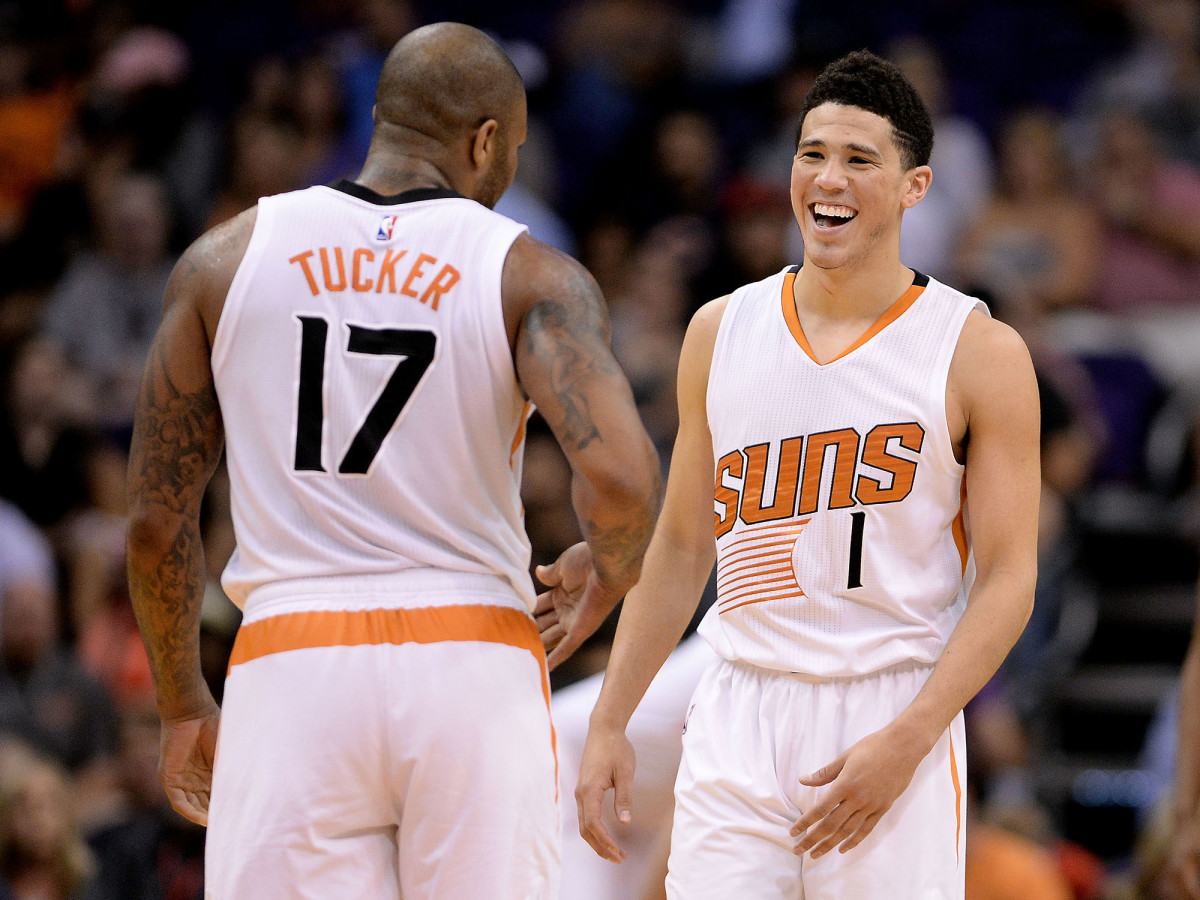
Suns
Best move: Aggressive rookie swings. It was a solid draft for Phoenix, who landed a high-upside player in Marquese Chris, a likely contributor in Dragan Bender, and a lovable rotation point guard (who also happens to be Devin Booker’s best friend) in Tyler Ulis. Chriss has a lot of risk and development time built in, and Bender’s a bit safer but may not be a star-in-waiting. Their games mesh questionably right now. Ulis’s size may cap his scoring potential, but he’s an NBA talent. Regardless, after hitting big on Booker, the Suns have decided to seriously shoot big on a long-term scale. That’s a better plan than they’ve had in a while.
Worst move: Hoarding guards. I actually liked all of Phoenix’s moves—in addition to the rookies Woo outlined, the Suns also added some savvy veterans in Jared Dudley and Leandro Barbosa. But now this team has too many guards. Eric Bledsoe and Booker should start, so how do Brandon Knight, Barbosa, Ulis and Archie Goodwin fit in? Phoenix probably has one too many guys in the backcourt (John Jenkins is also on the roster) but if it can find a taker for Knight—whose contract looks a little better since the cap explosion—and snag a rotational piece in return, that would be ideal.
The Skinny:Phoenix’s summer unfolded like one long acknowledgement of its many missteps during a rotten 2015-16 season. Indeed, things got so bad thanks to the ugly firing of coach Jeff Hornacek, a long list of injury issues and a bunch of locker room drama that there wasn’t really any place for management to hide. The Suns’ apology tour slash rebranding therefore featured two main prongs: 1) Bringing back some familiar, low-maintenance faces to win back the disgruntled masses, and 2) Adding as many high-upside prospects as possible to inspire hope.
On the first front, Suns GM Ryan McDonough did just fine. His two big offseason moves – Jared Dudley and Leandro Barbosa – will get in where they fit in. Dudley, 31, is a badly-needed glue guy and floor-spacing forward who will find ways to contribute alongside Phoenix’s many ball-dominant guards. Barbosa, 33, is a spark plug reserve option who plays with joy and looks like a natural mentor for the Suns’ deep backcourt. At $30 million over three years, Dudley represents one of the better value deals from this summer, especially for a team that’s lost as much as Phoenix has in recent years. Barbosa may or may not be worth his two-year, $8 million contract on the court, but the Suns can’t really be blamed for investing in their culture after last year’s implosion.
On the talent pipeline side, Phoenix took some home-run swings in the draft. At No. 4, McDonough selected Dragan Bender, an ultra-intriguing 18-year-old who saw limited playing time in Israel last year. Phoenix then traded up to No. 8 to select Marquese Chriss, a raw one-and-done forward whose athleticism generated significant buzz during the pre-draft process. Finally, the Suns used a second-round pick on undersized guard Tyler Ulis, whose competitiveness and feel make him easy to rally around.
All three picks have risk factors: Bender and Chriss need years of developmental time, while Ulis’s lack of size will always draw skeptics. Even so, Phoenix’s draft strategy was very reasonable given the rest of its roster. Outside of 2015 lottery pick Devin Booker, who is increasingly viewed as a potential star, the Suns roster is full of players with variable evaluations. Is Eric Bledsoe a fringe All-Star candidate or a player who will never get past his injury problems? Is Brandon Knight a solid all-around starting point guard or a guy who just isn’t quite good enough at anything to make his mark? Is Alex Len going to round into the lottery talent he was supposed to be or is he going to continue on as a mostly forgotten man? Will Tyson Chandler bounce back from a rough season or is he destined to be traded as soon as possible?
With so many questions surrounding these core players, the Suns didn’t have much to lose by swinging for the fences. In recent years, Phoenix has struck out on A-list free agents and cycled through numerous players via trade, leaving the draft as the franchise’s best vehicle for adding talent, even if that requires extra doses of patience. The path forward under first-time head coach Earl Watson should be pretty clear: Give the incumbent vets a shot at winning to open the season before turning over significant opportunities to the under-23 prospects at the first sign of serious strife. Hopefully, Watson’s player-friendly approach and Phoenix’s made-over locker room will combine to produce a rosier atmosphere than last year’s disaster even if the heavy losses continue.
Grades: B+
2016 NBA Rookie Photo Shoot
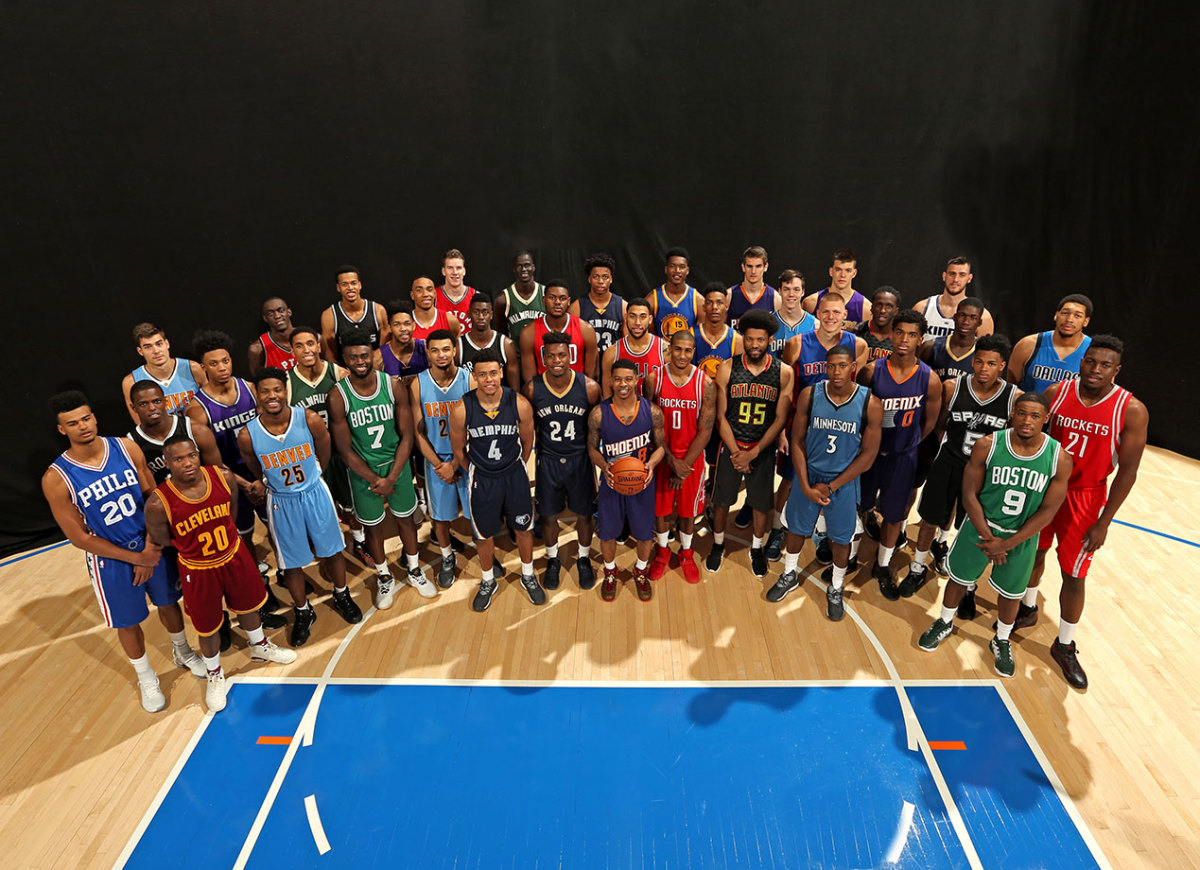
Ben Simmons
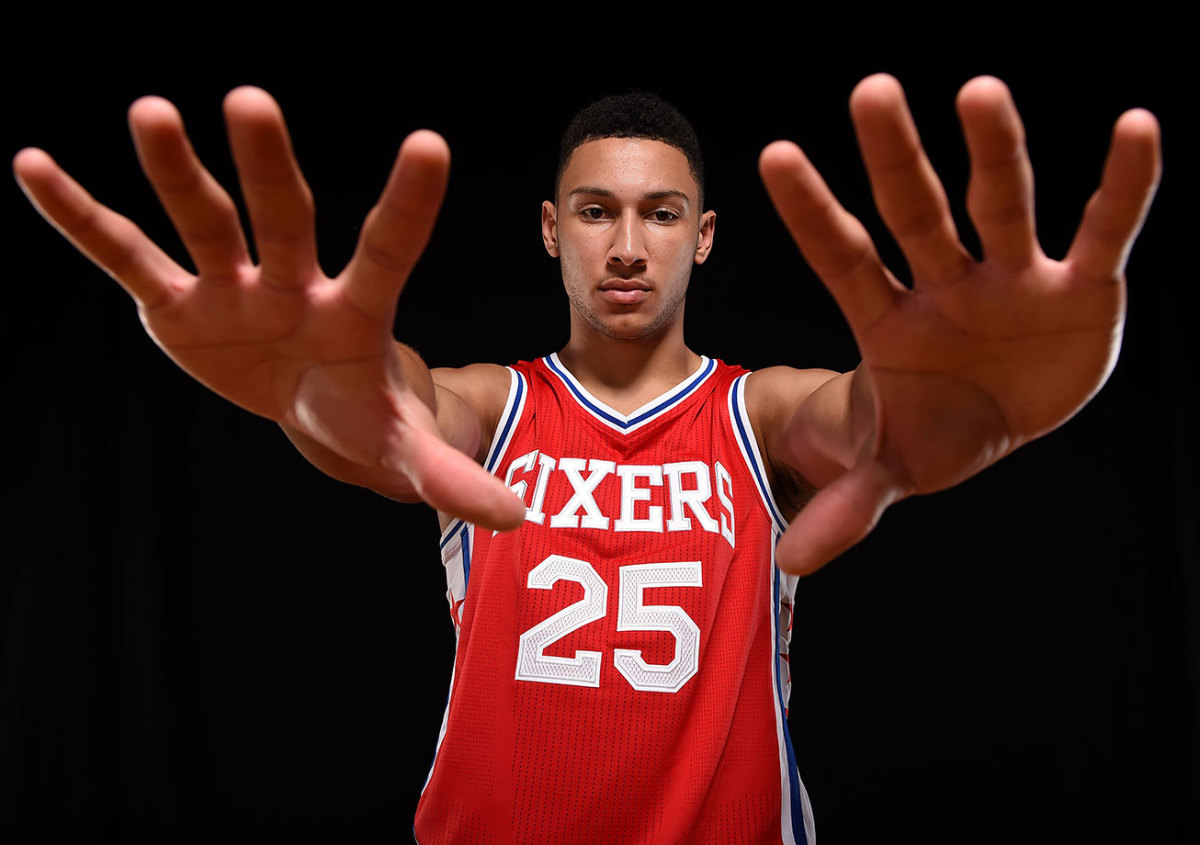
No. 1 overall pick
Brandon Ingram
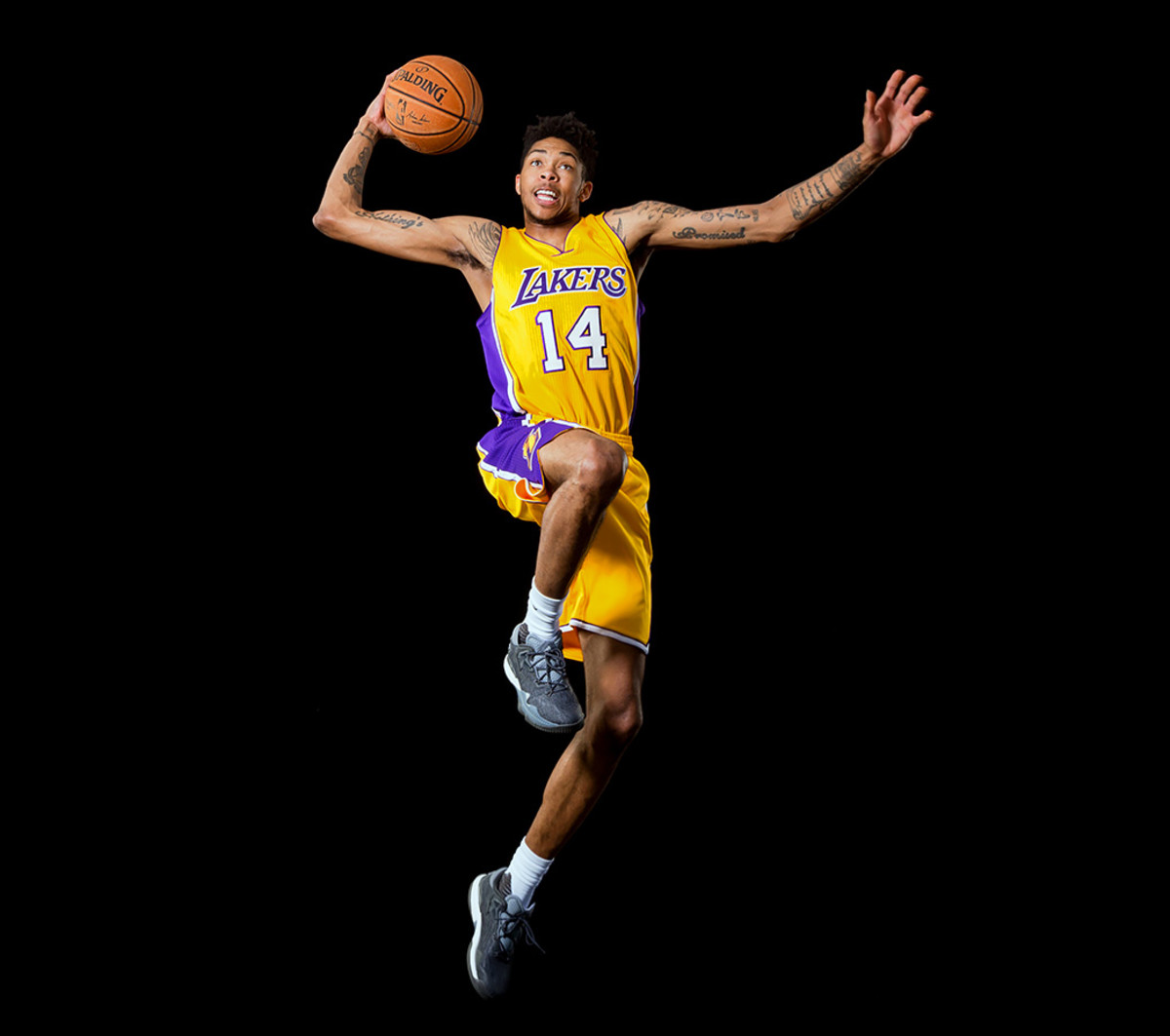
No. 2 overall pick
Brandon Ingram
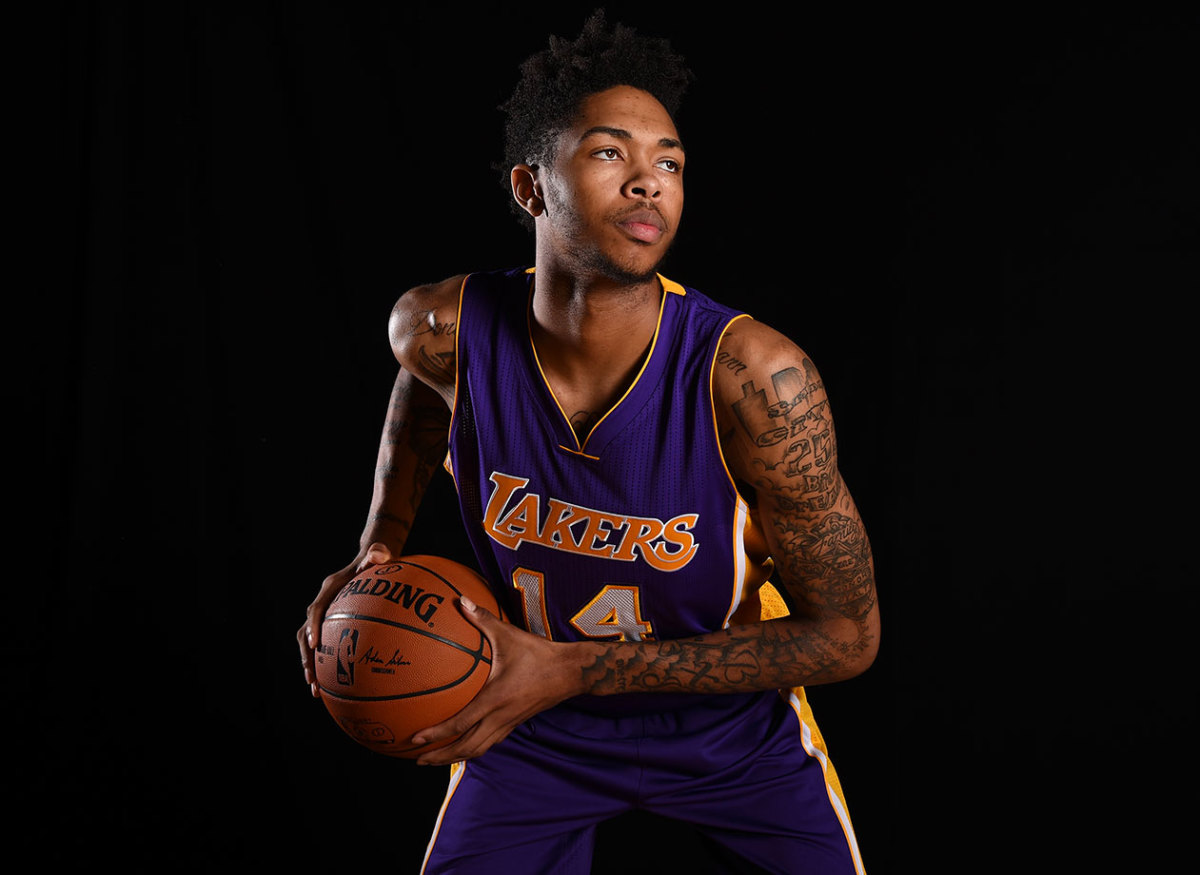
No. 2 overall pick
Jaylen Brown
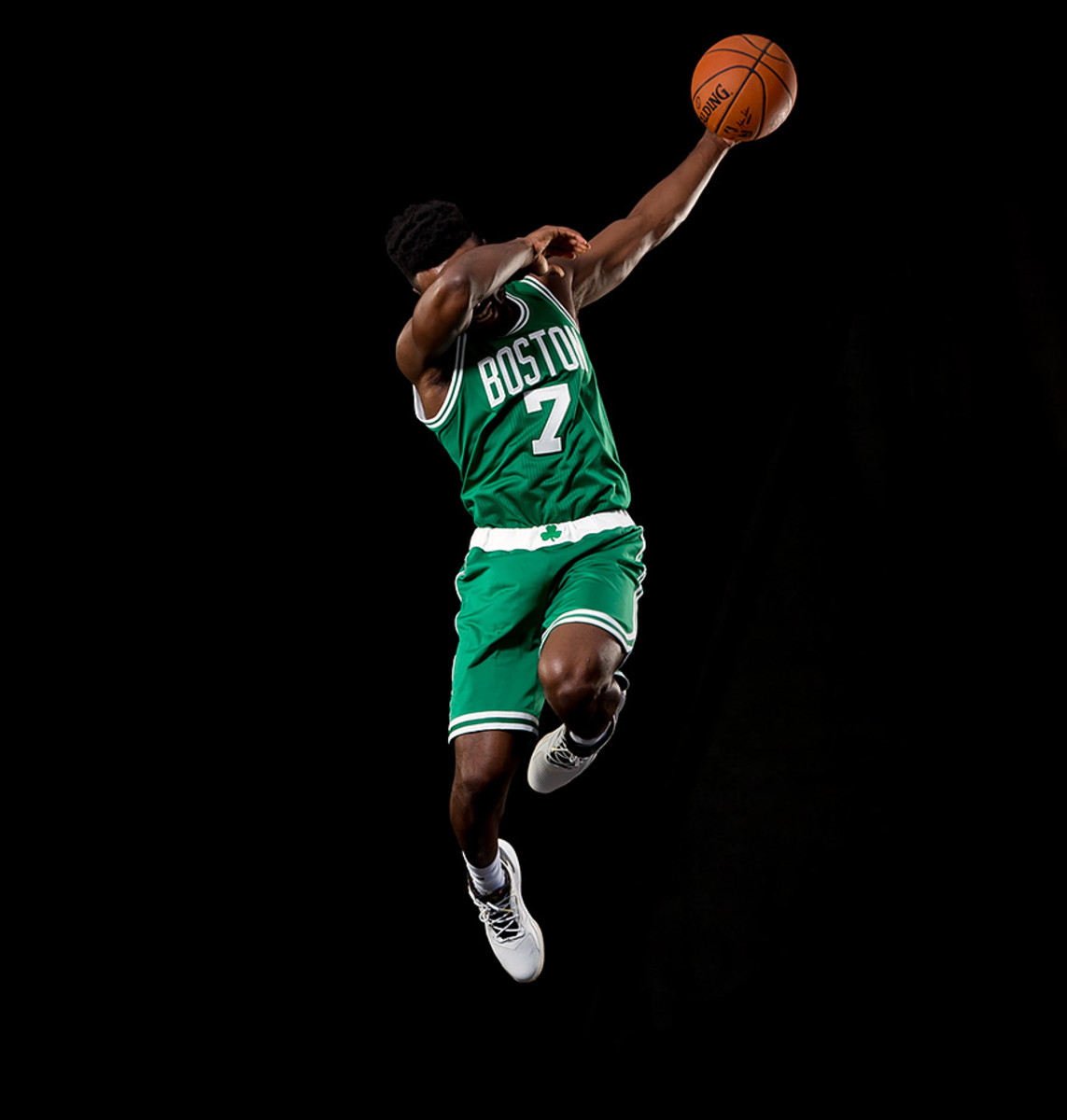
No. 3 overall pick
Jaylen Brown
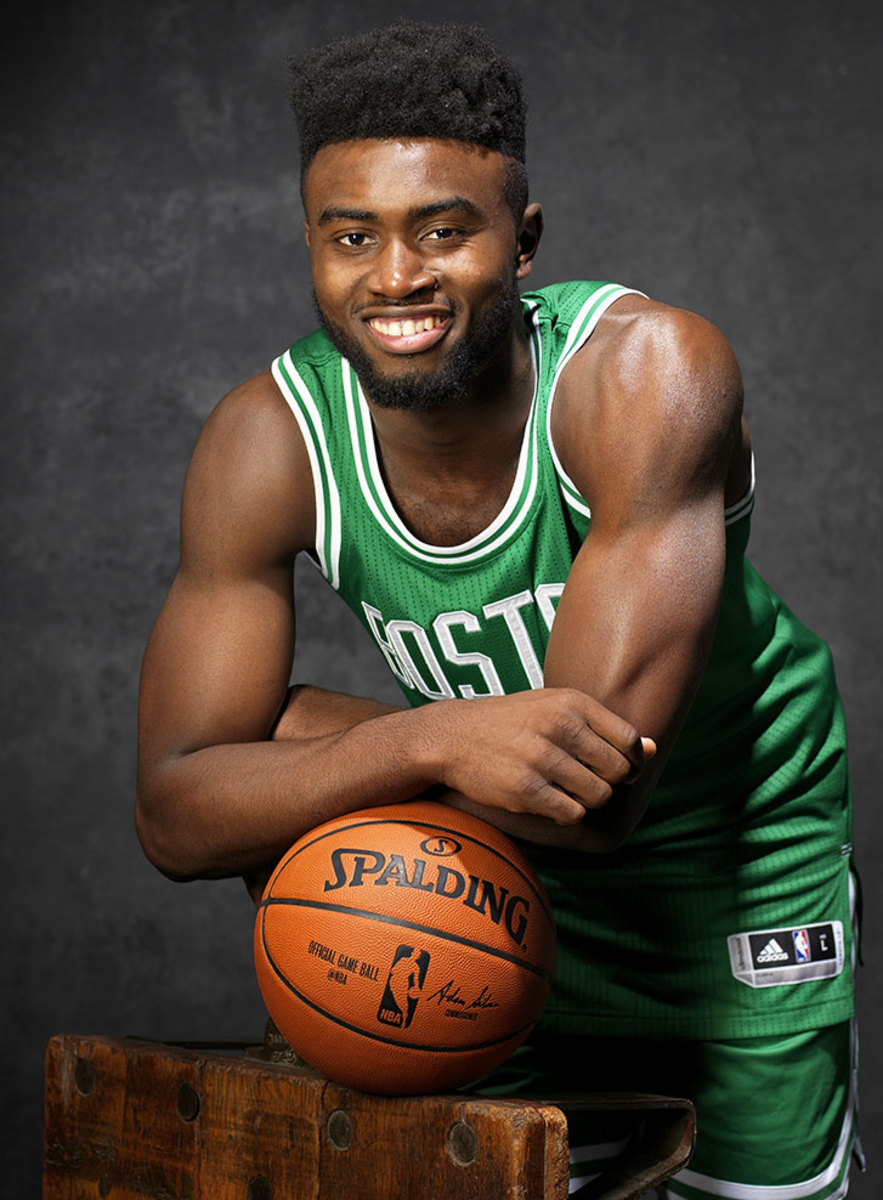
No. 3 overall pick
Dragan Bender
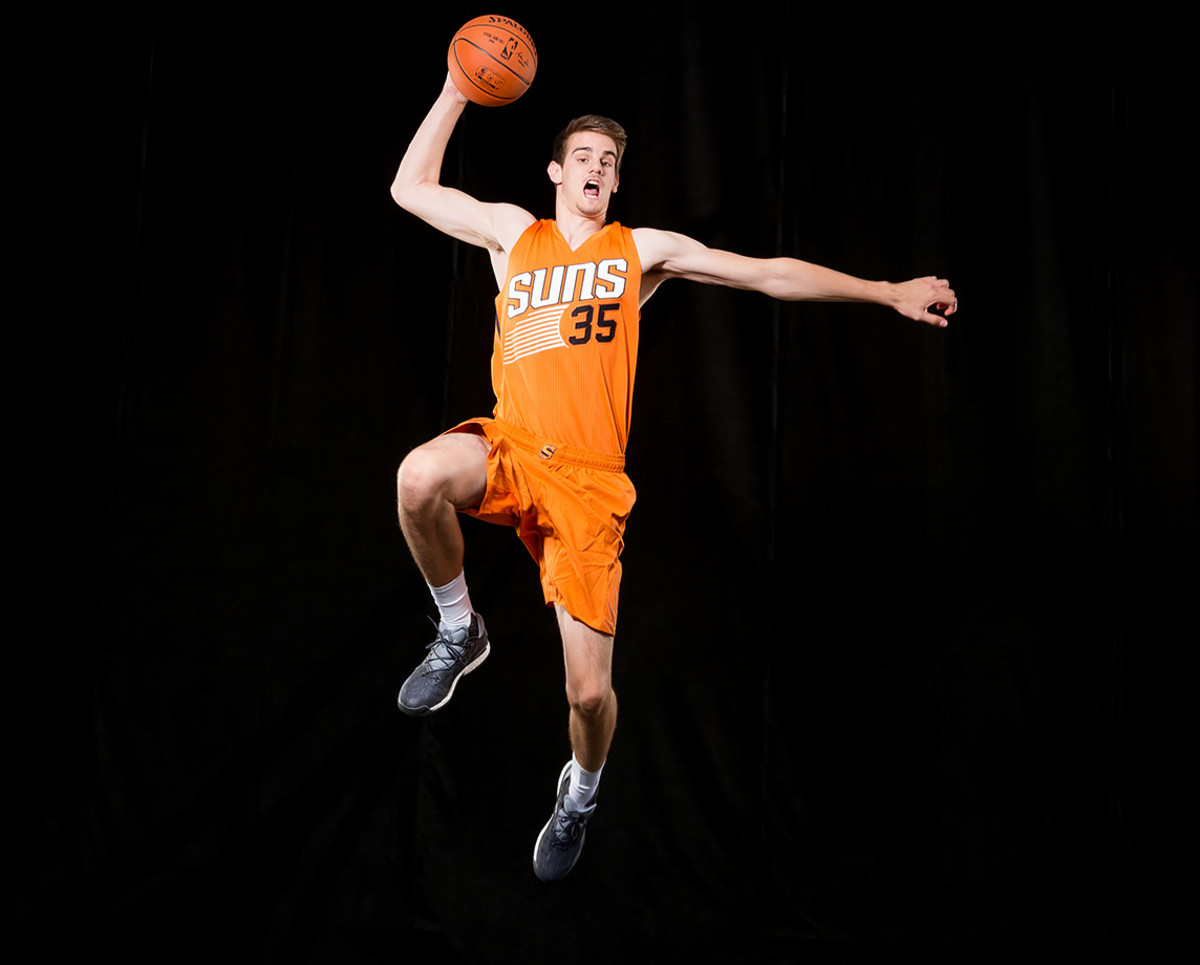
No. 4 overall pick
Dragan Bender
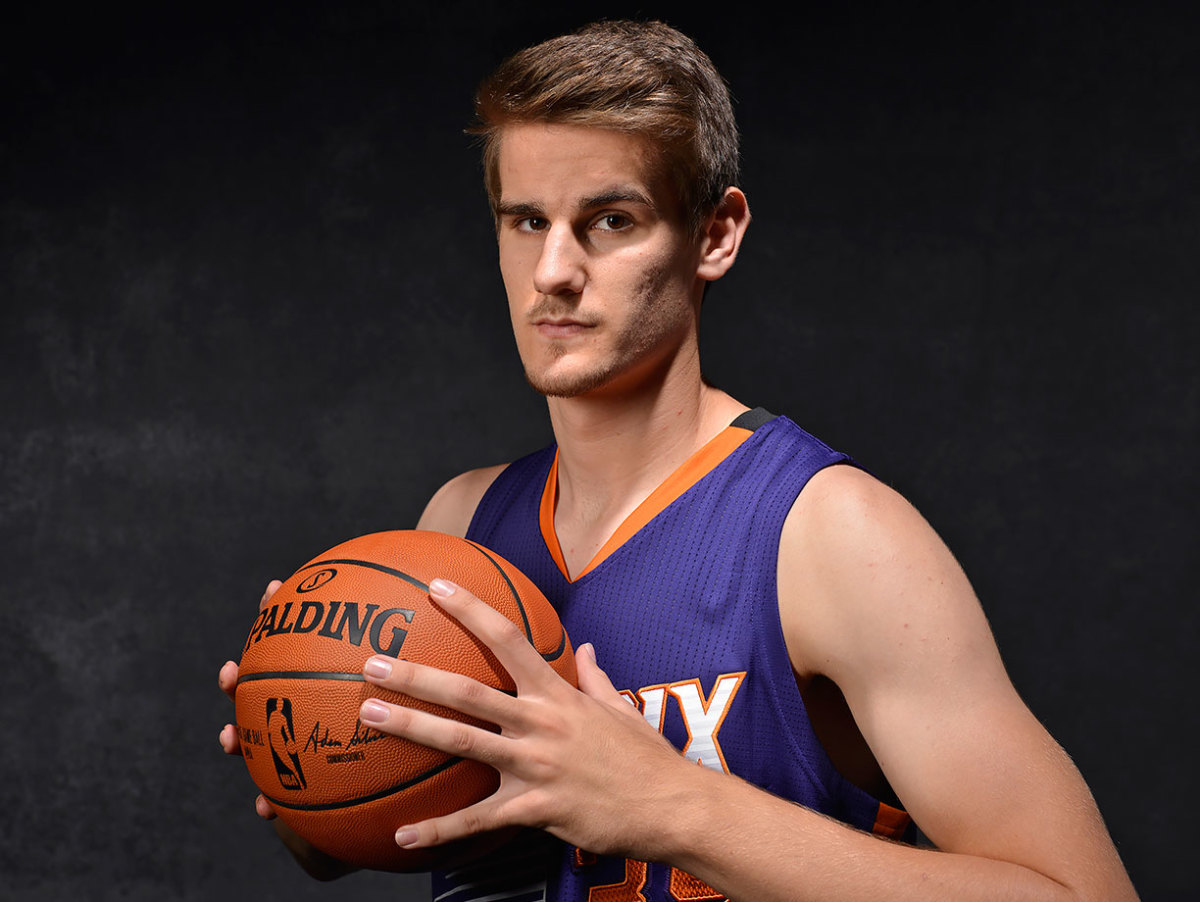
No. 4 overall pick
Kris Dunn
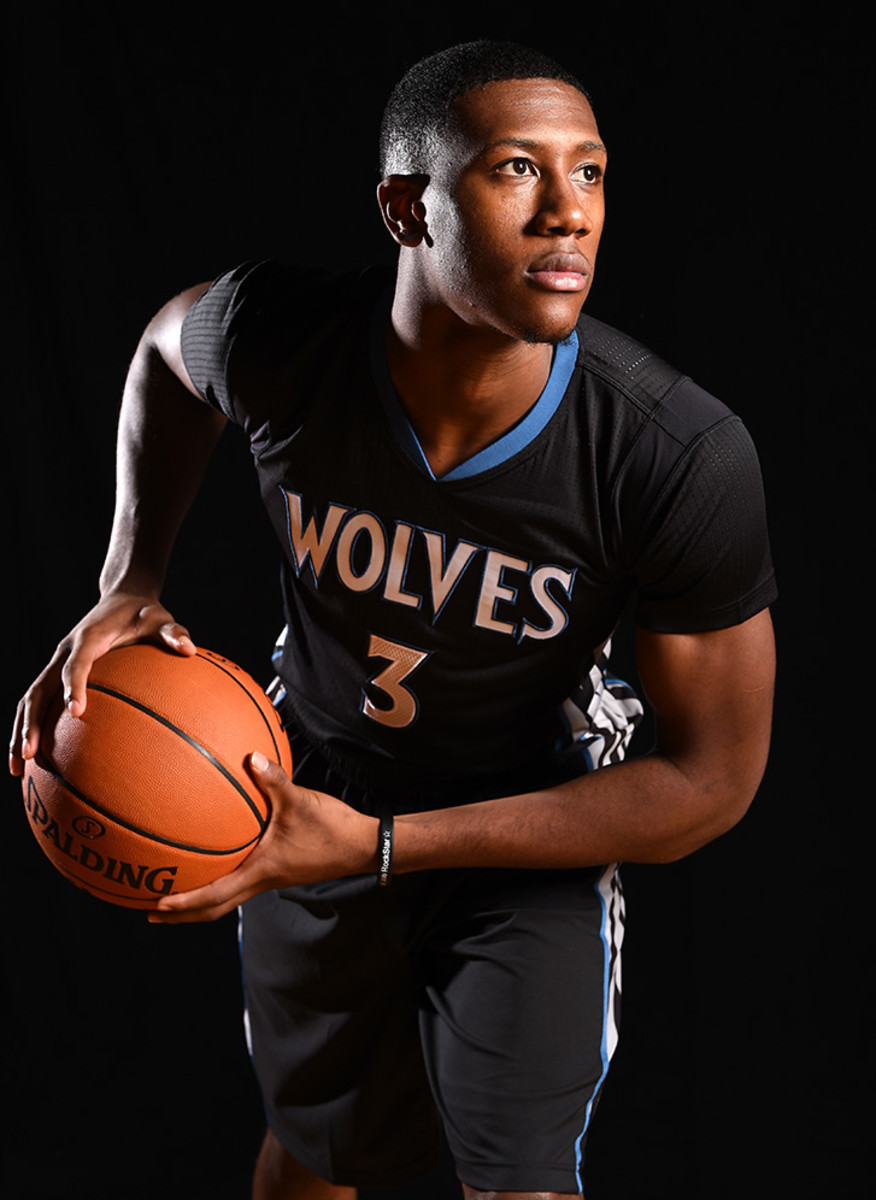
No. 5 overall pick
Kris Dunn
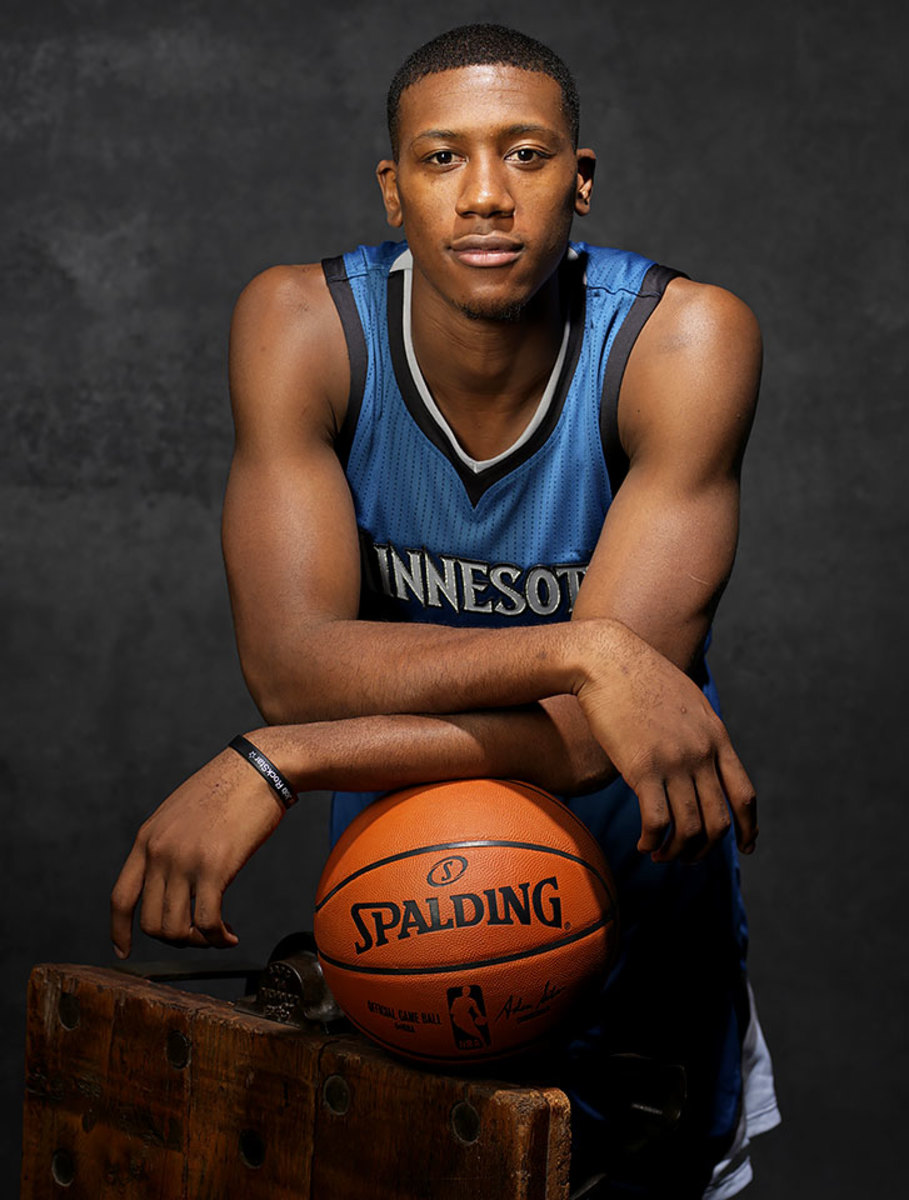
No. 5 overall pick
Brandon Ingram, Ben Simmons and Kris Dunn
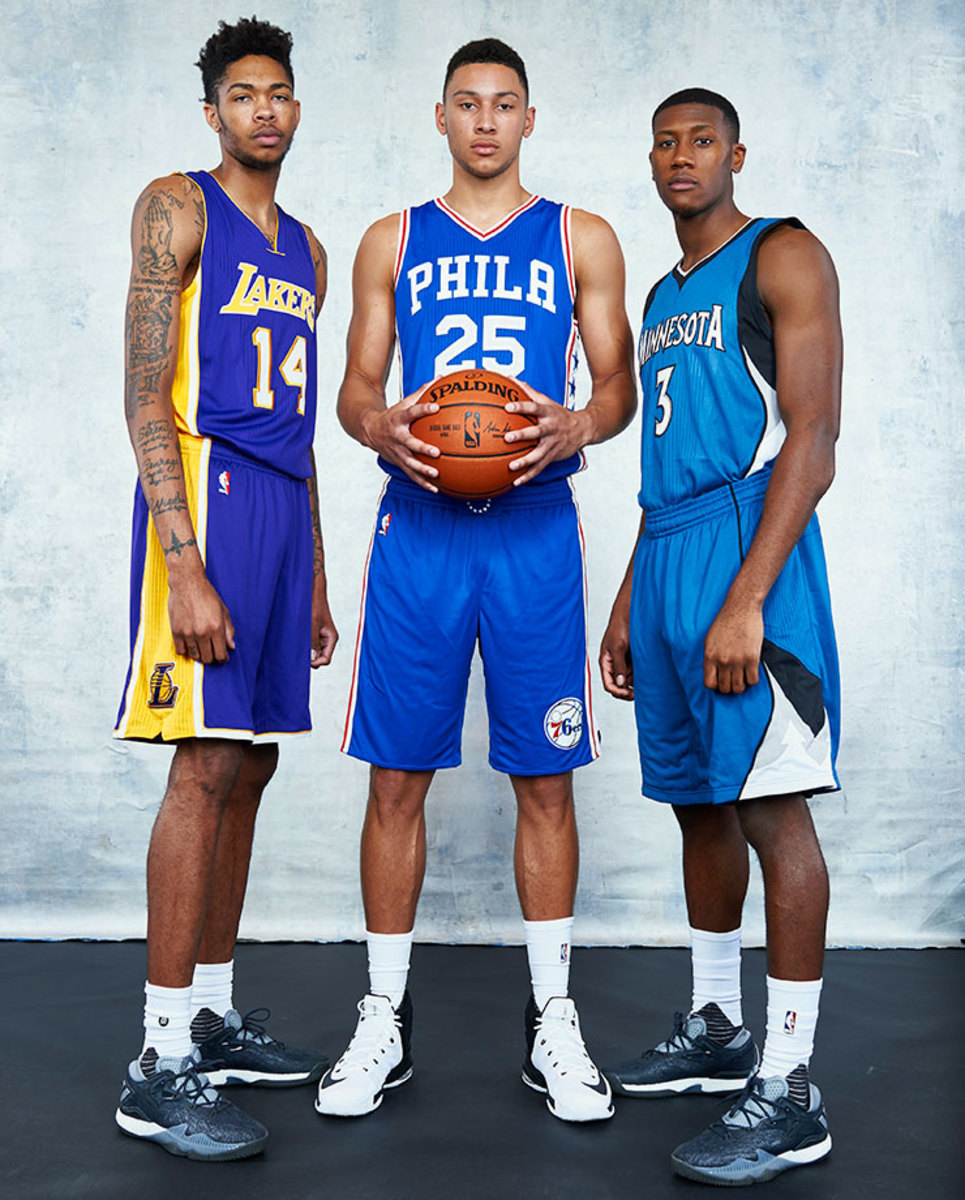
No. 2, No. 1 and No. 5 overall picks
Buddy Hield
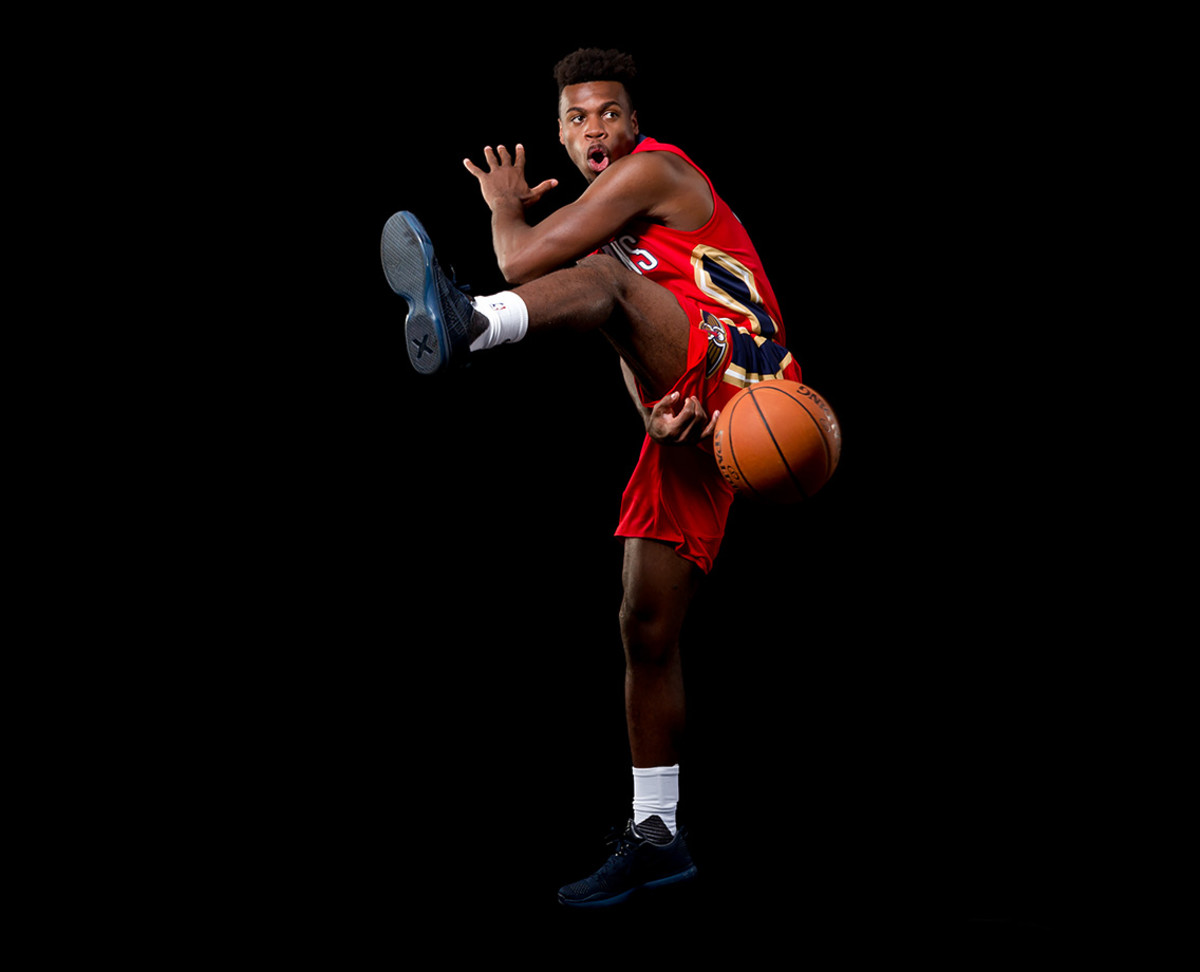
No. 6 overall pick
Buddy Hield
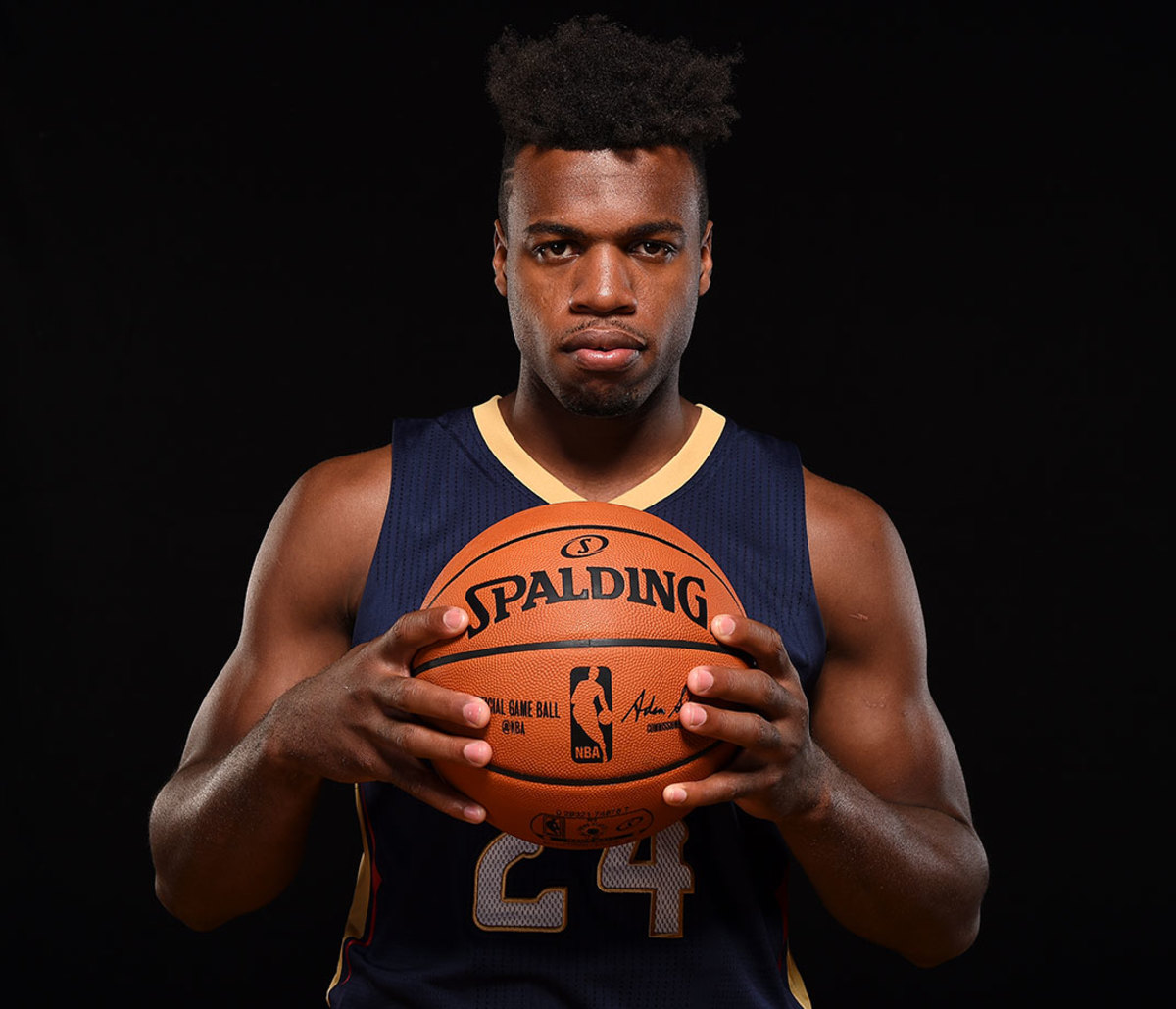
No. 6 overall pick
Jamal Murray
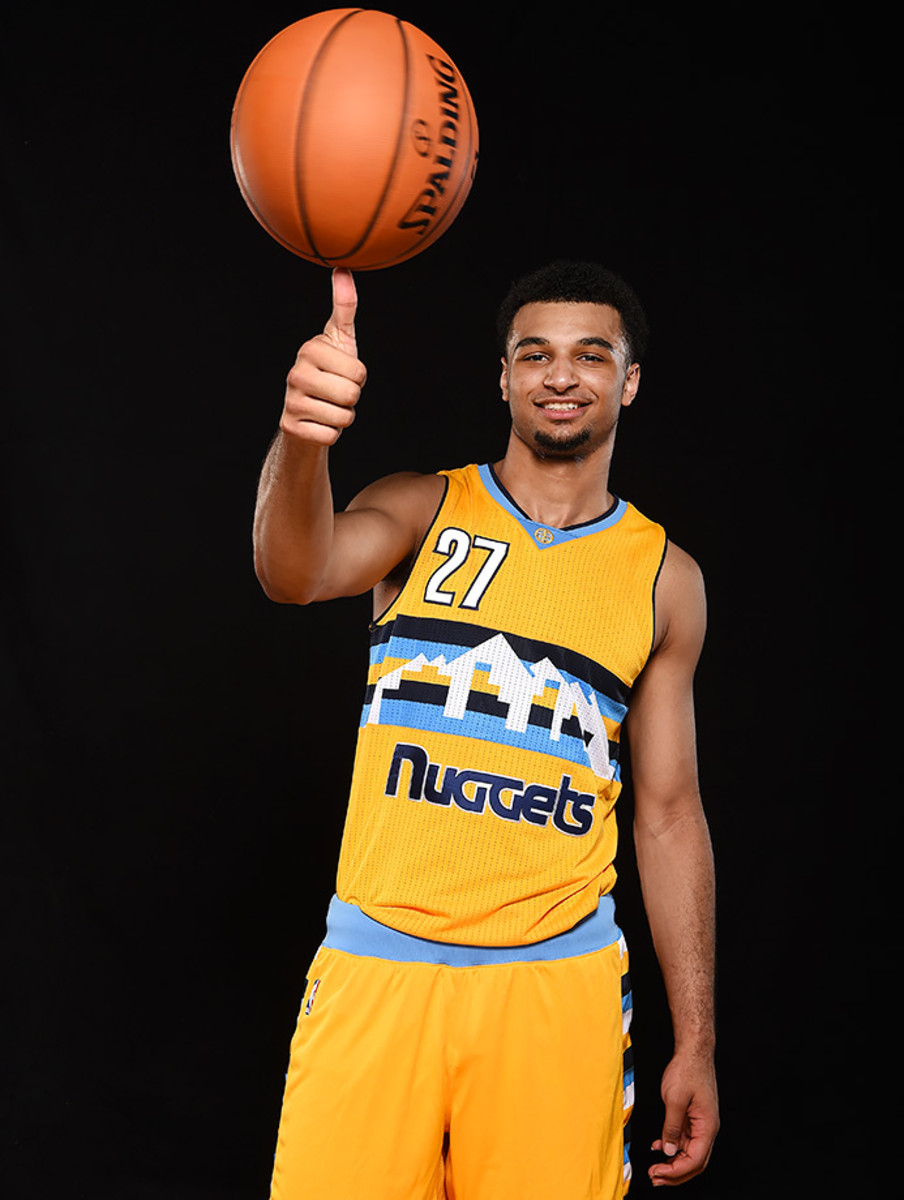
No. 7 overall pick
Marquese Chriss
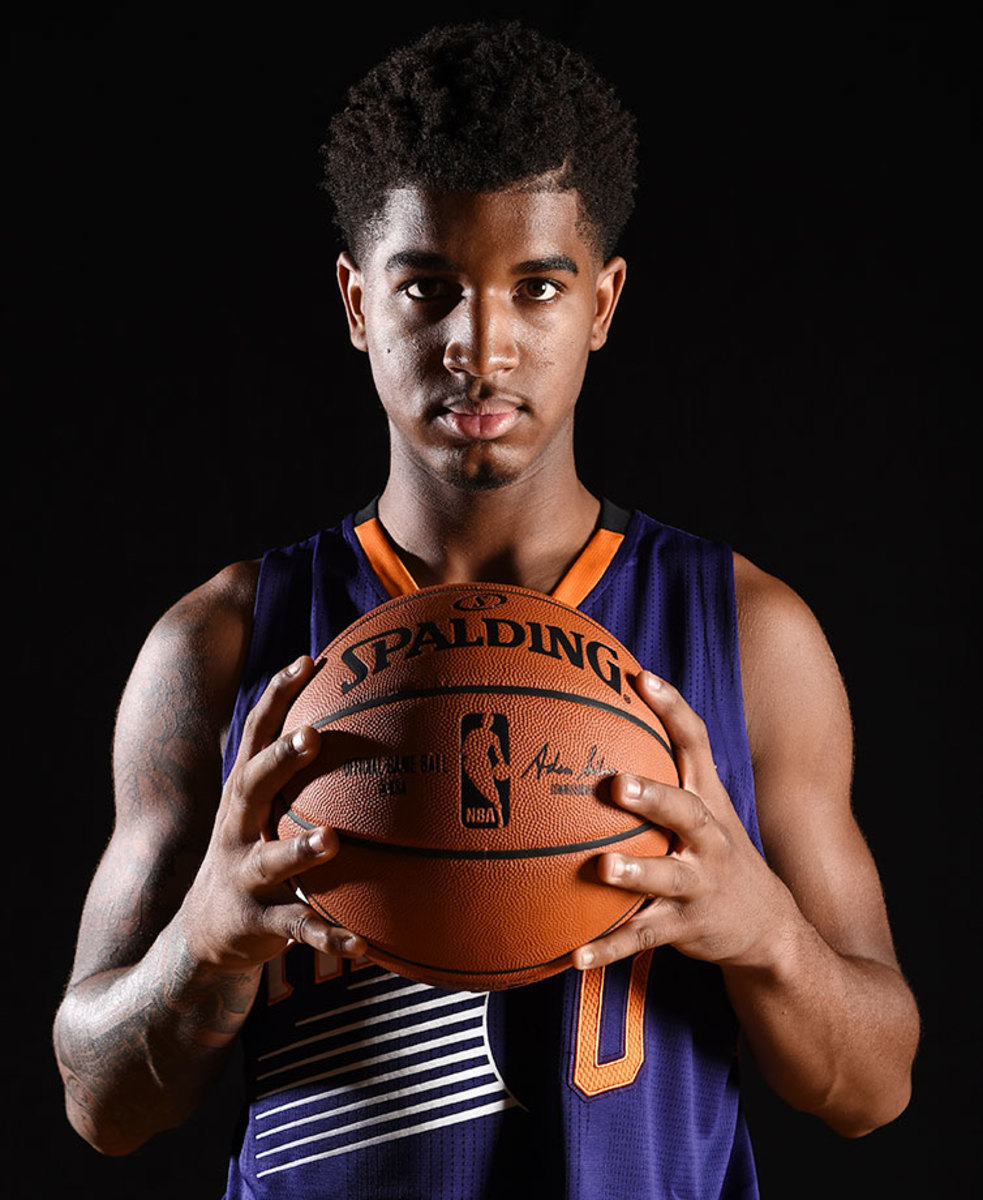
No. 8 overall pick
Jakob Poeltl
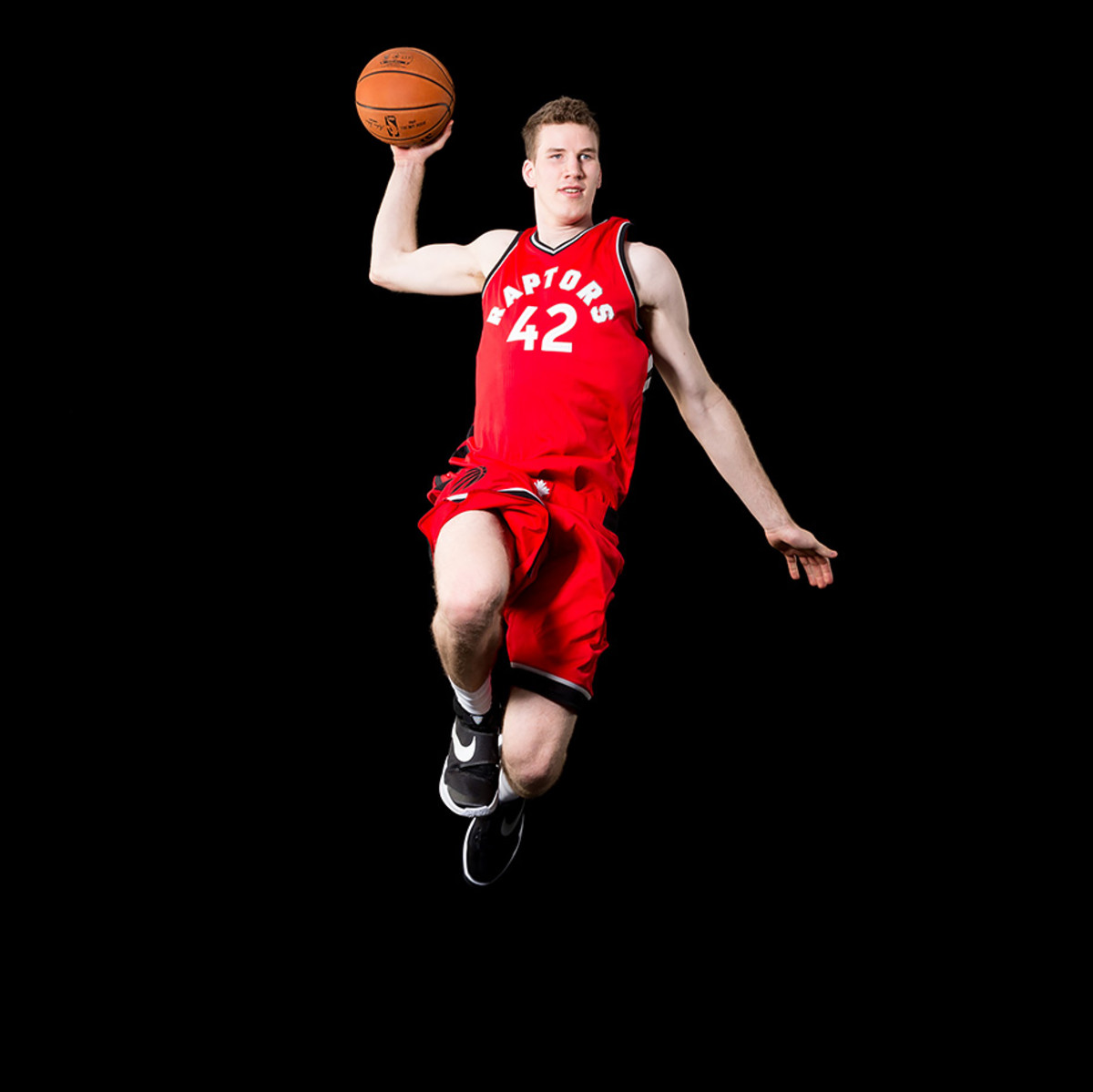
No. 9 overall pick
Thon Maker
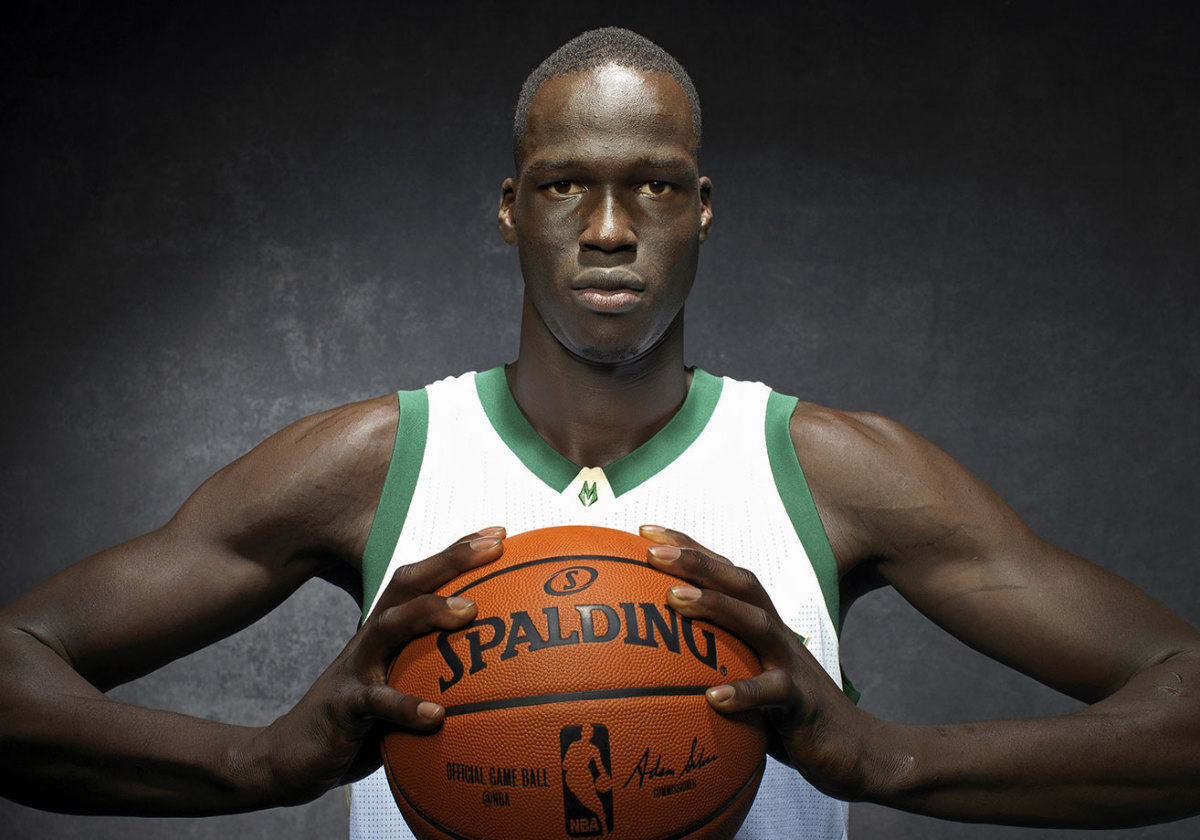
No. 10 overall pick
Taurean Prince
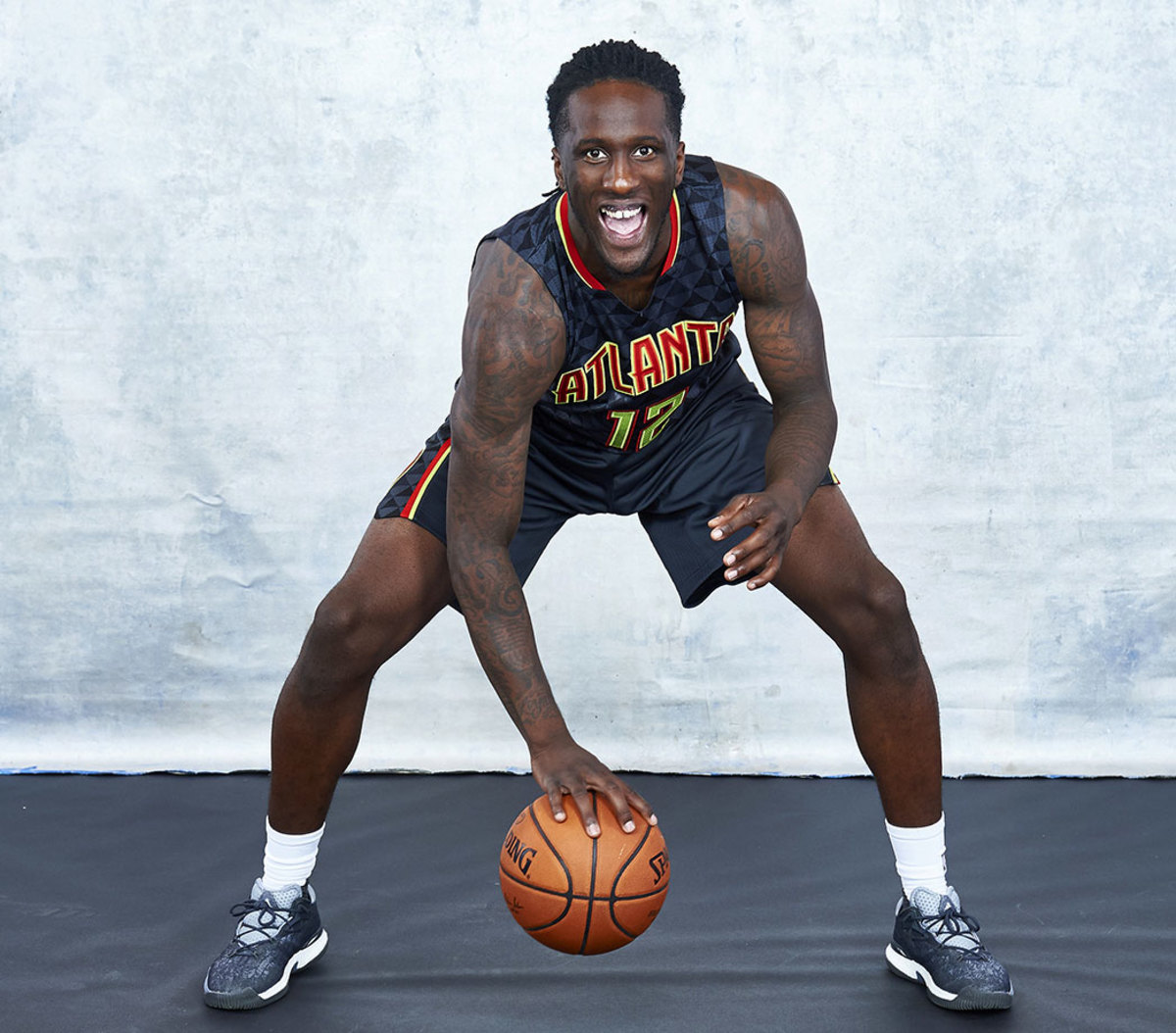
No. 12 overall pick
Georgios Papagiannis
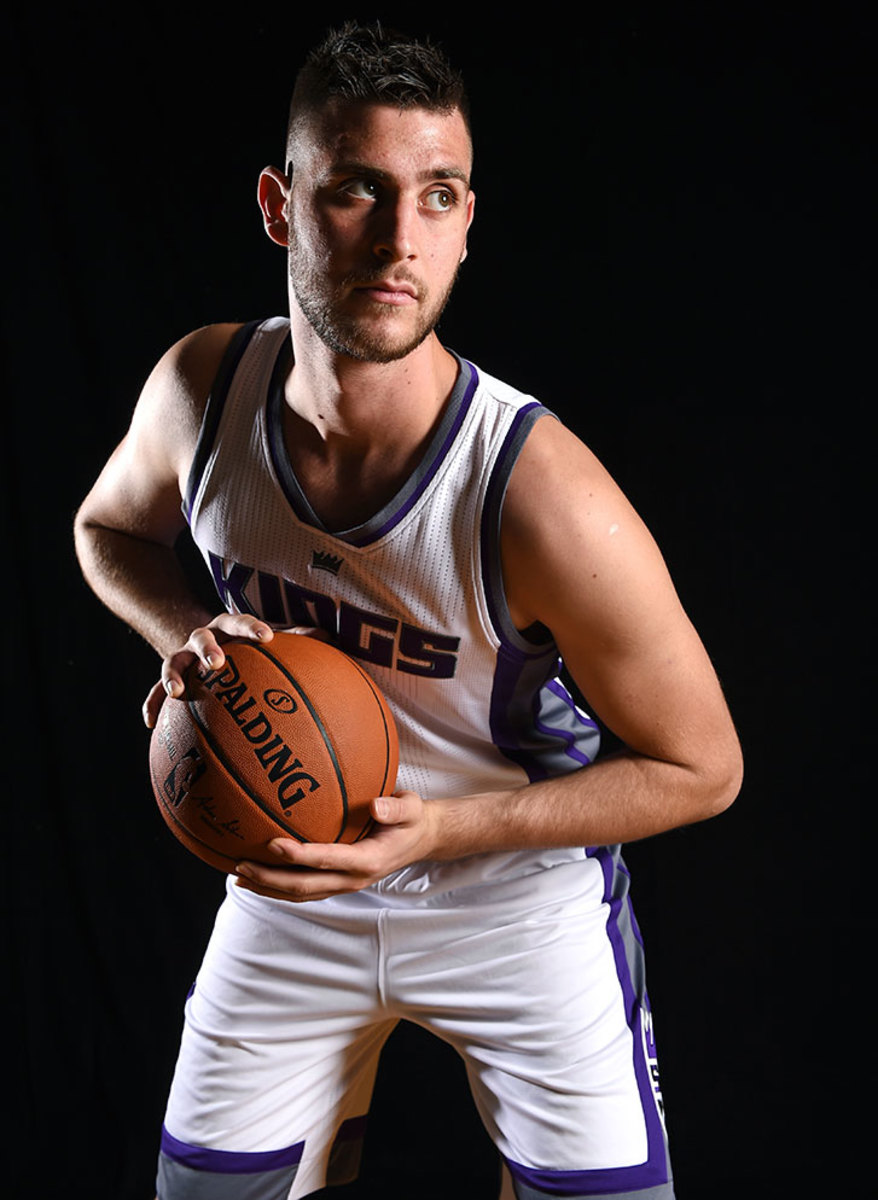
No. 13 overall pick
Denzel Valentine
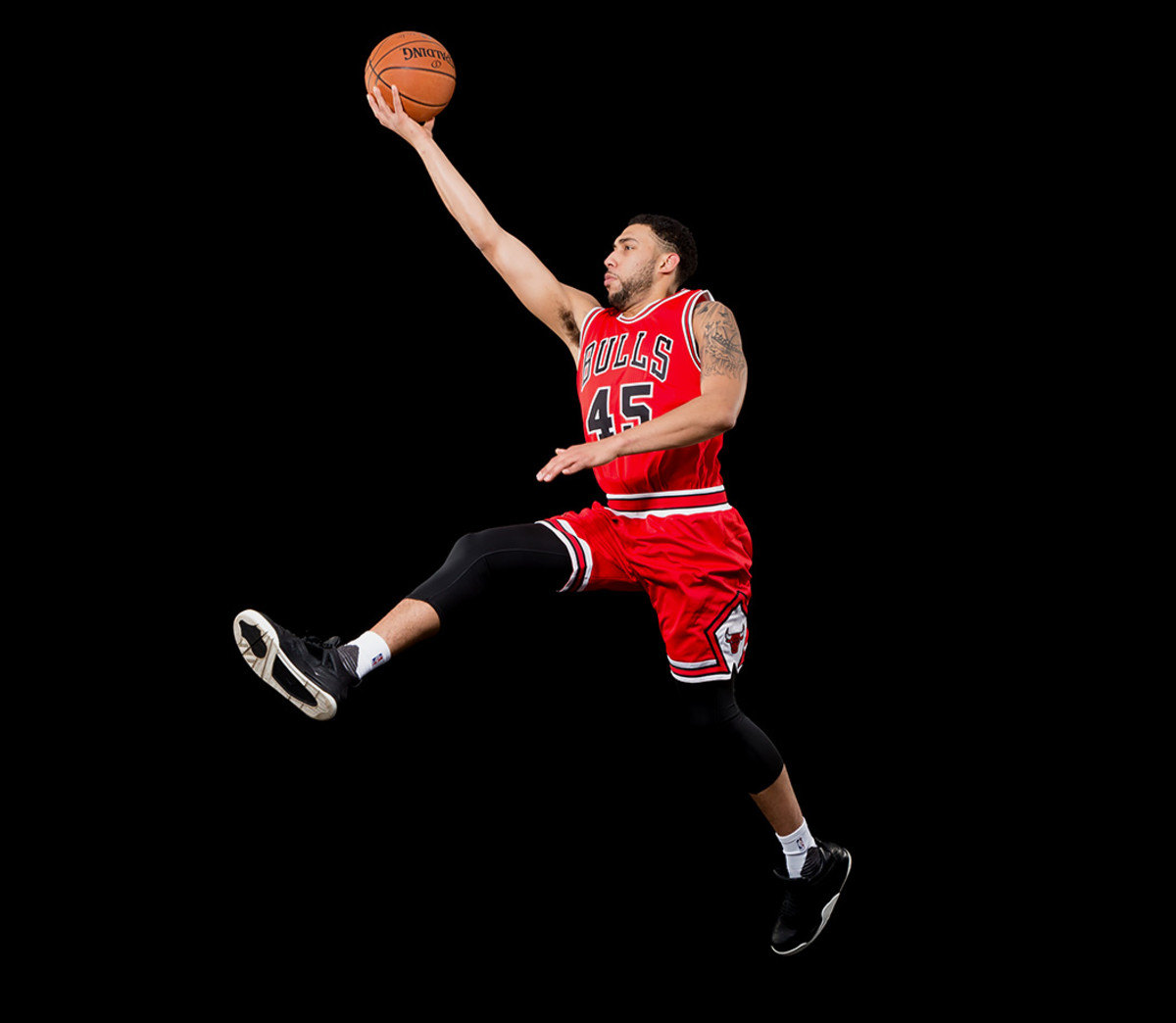
No. 14 overall pick
Denzel Valentine
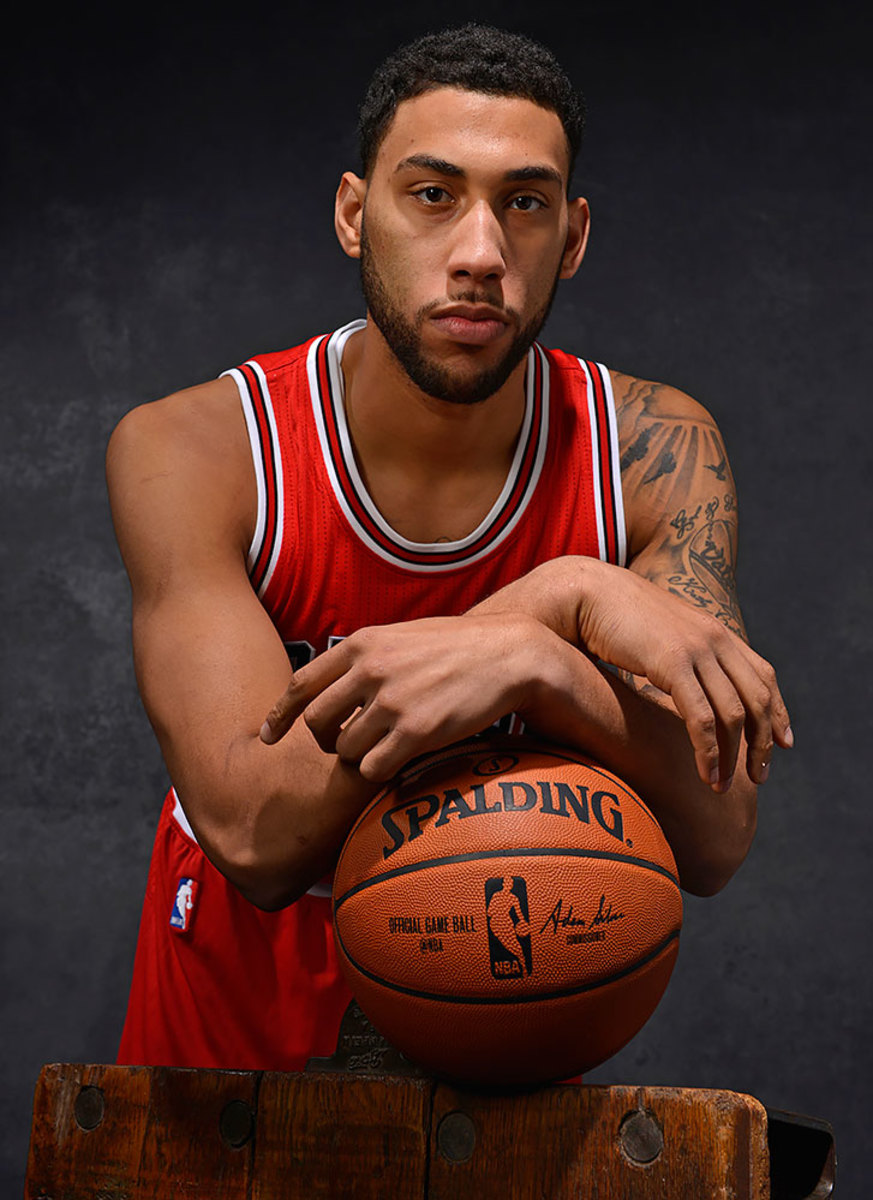
No. 14 overall pick
Juan Hernangomez
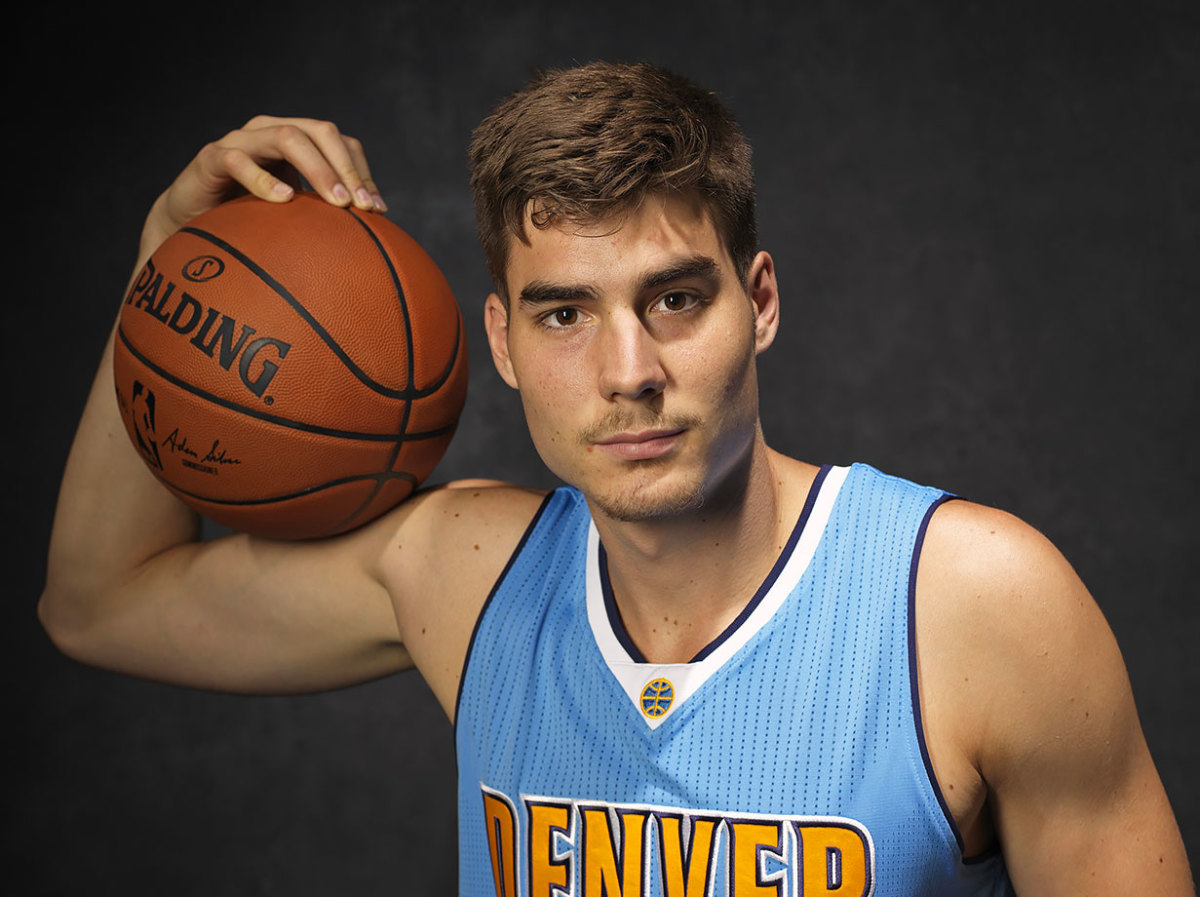
No. 15 overall pick
Wade Baldwin IV
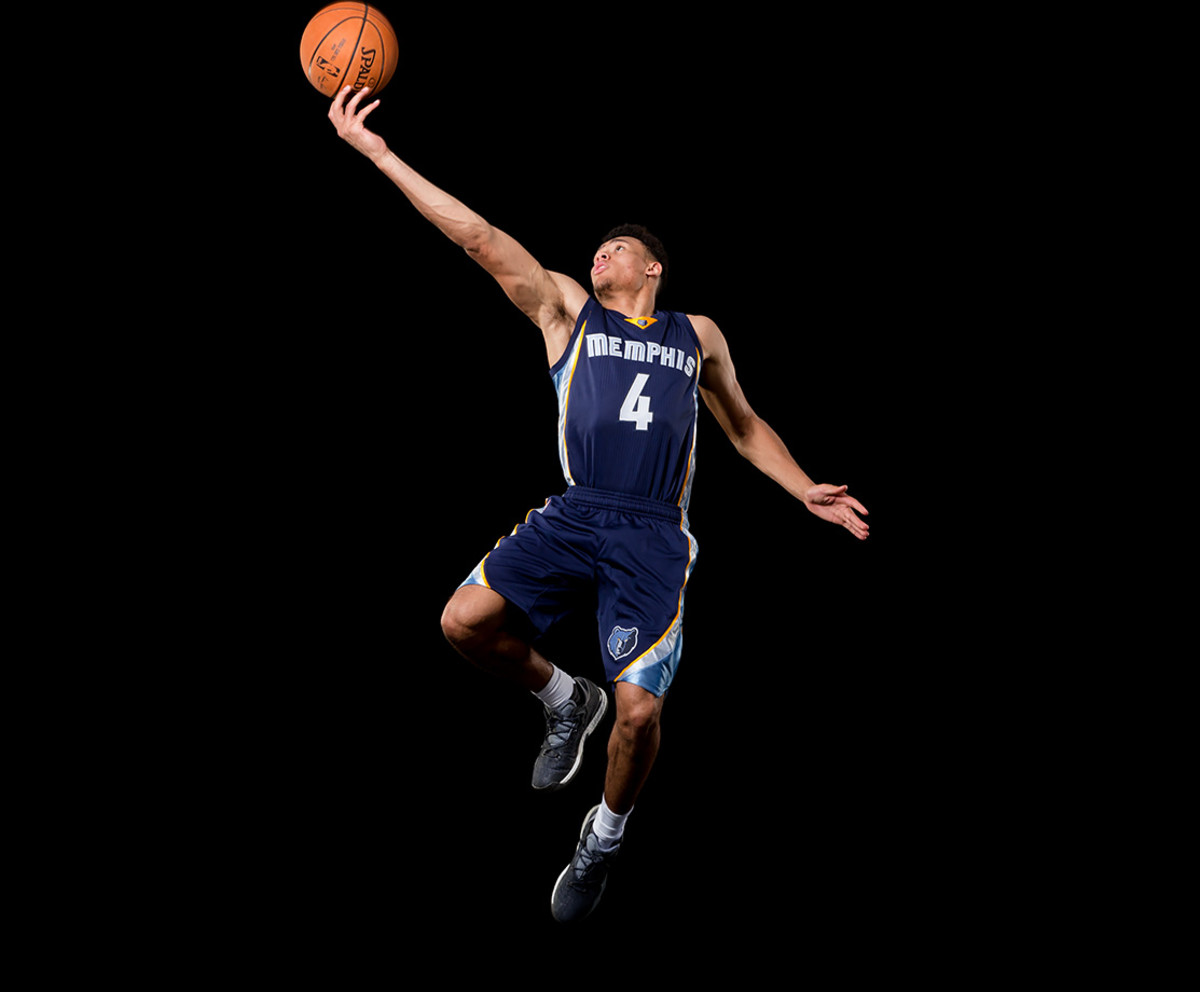
No. 17 overall pick
Henry Ellenson
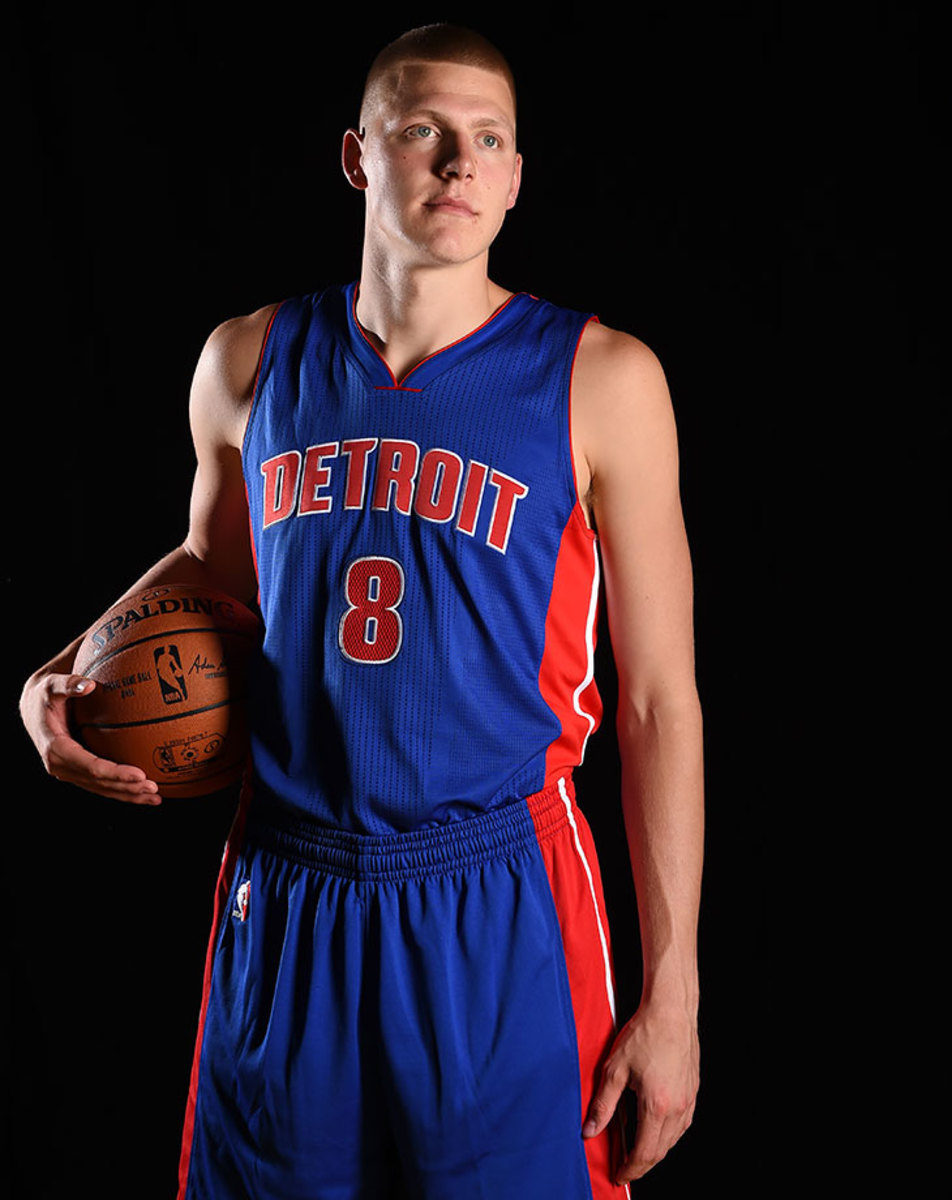
No. 18 overall pick
Malik Beasley
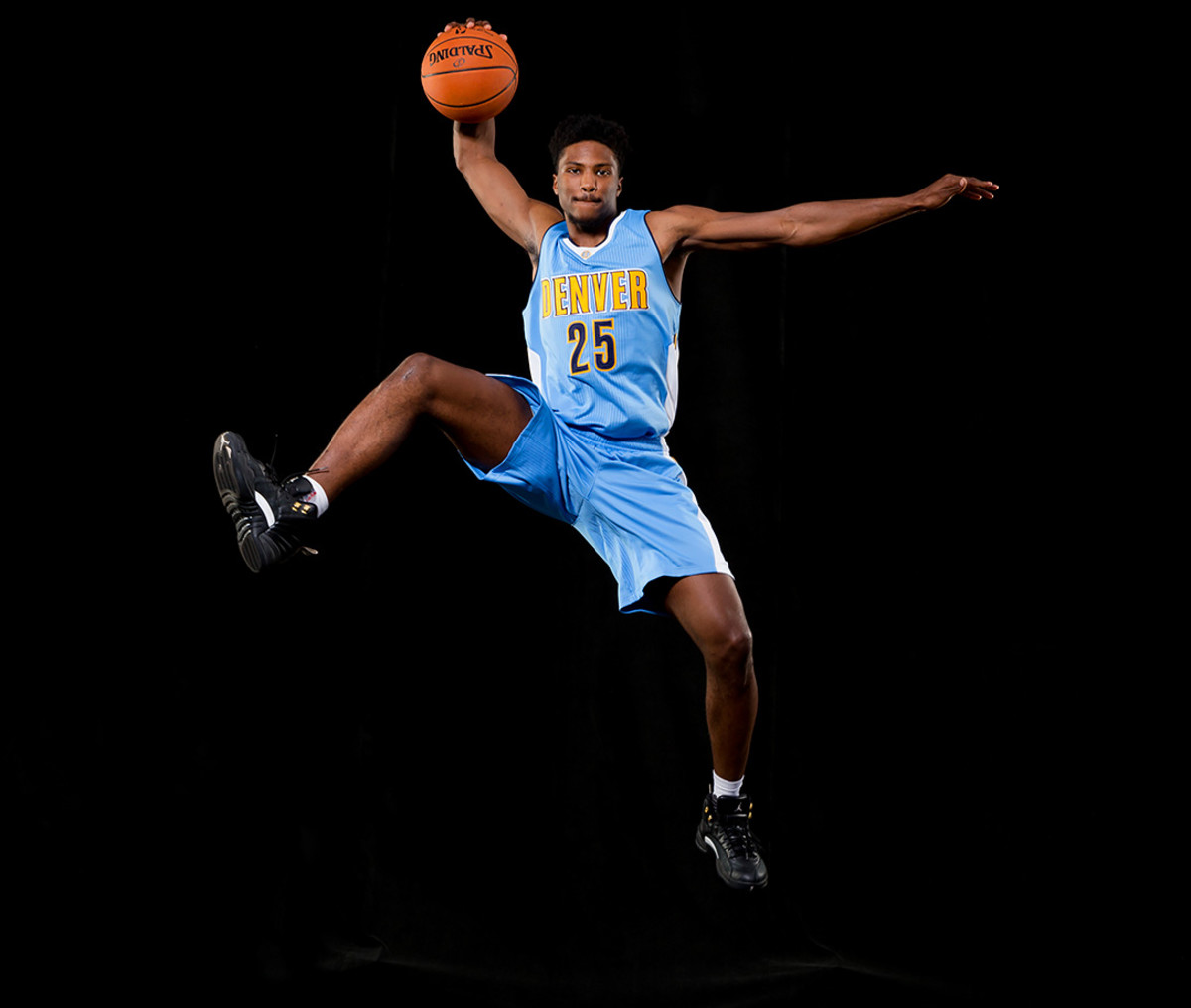
No. 19 overall pick
Malik Beasley, Jamal Murray and Juan Hernangomez
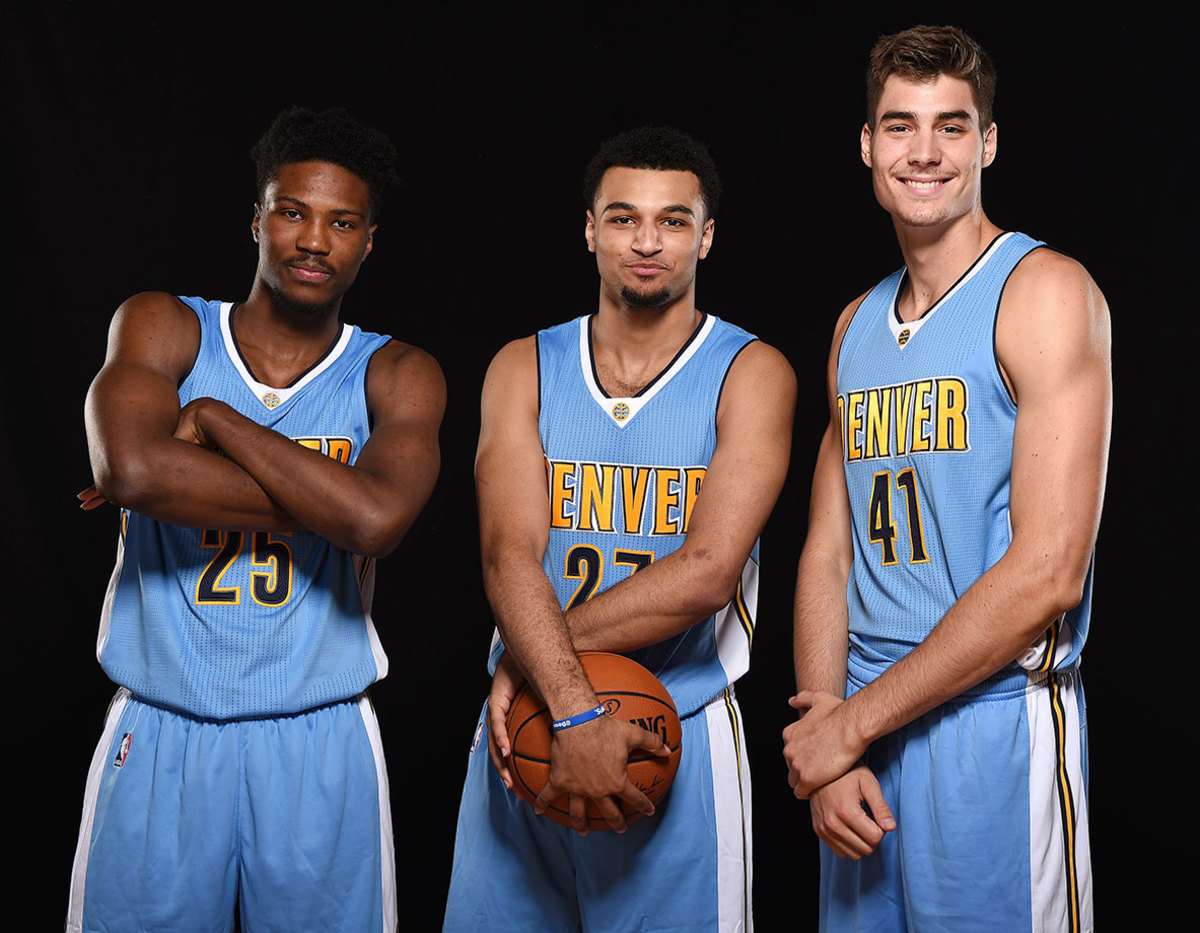
No. 19, No. 7 and No. 15 overall picks
Caris LeVert
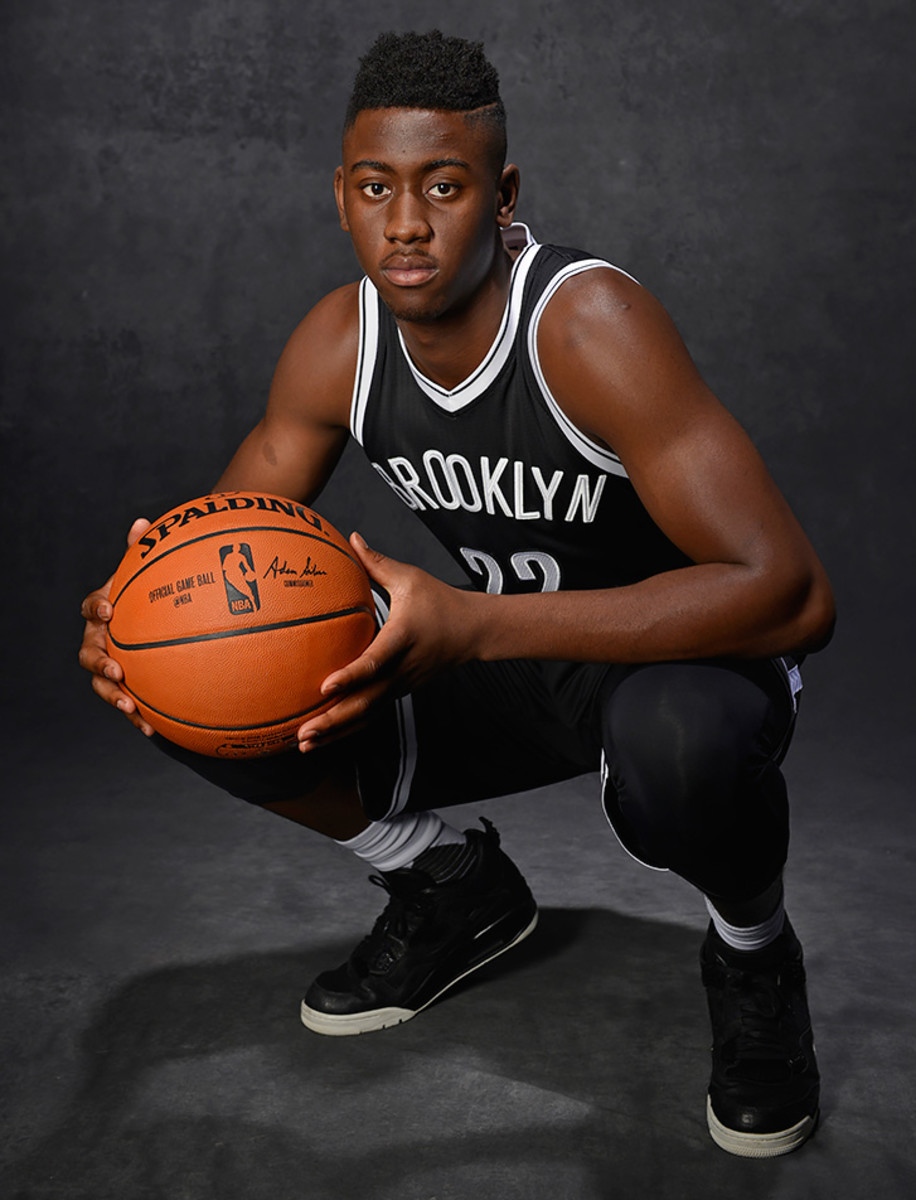
No. 20 overall pick
DeAndre' Bembry
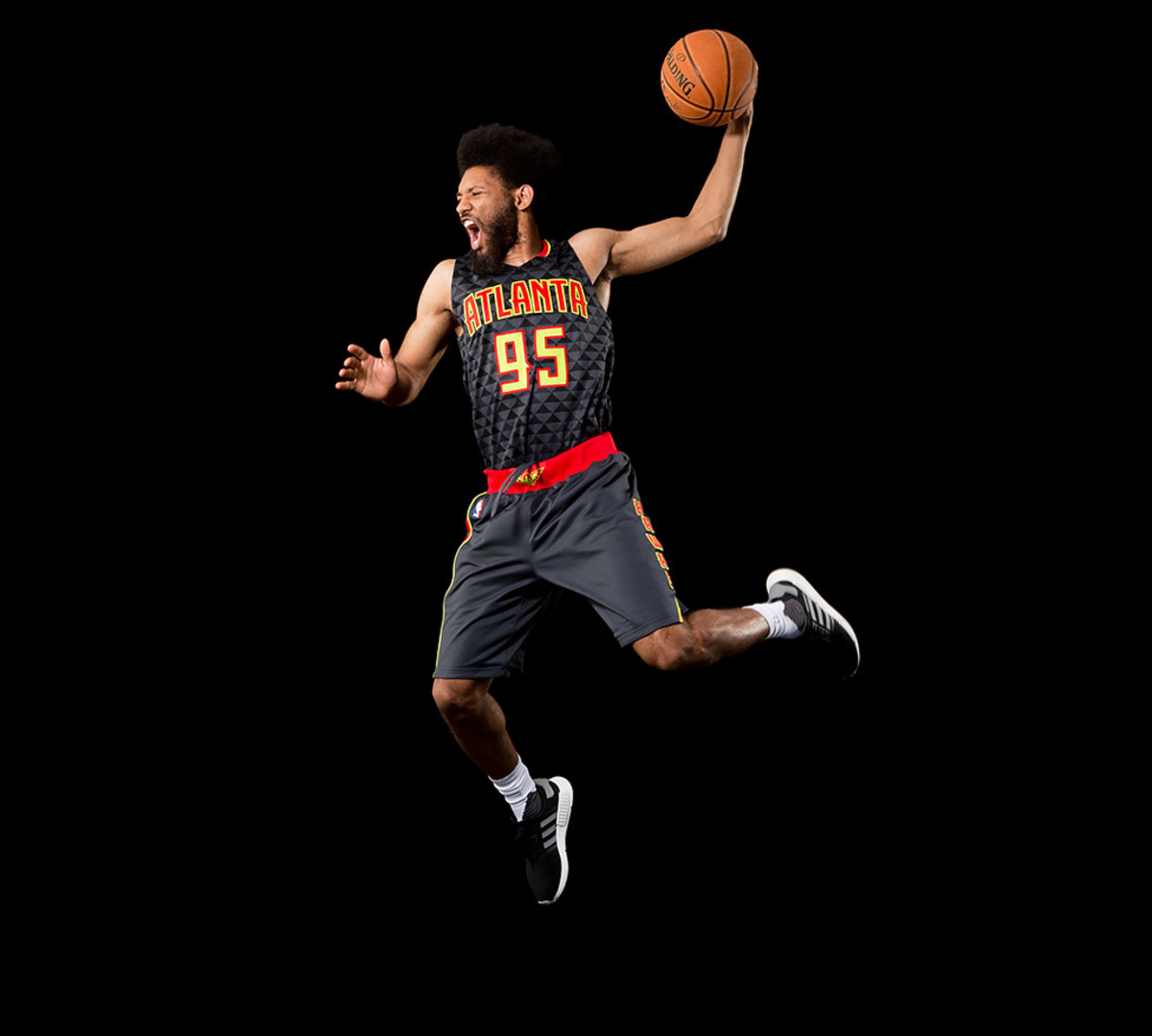
No. 21 overall pick
Taurean Prince and DeAndre' Bembry
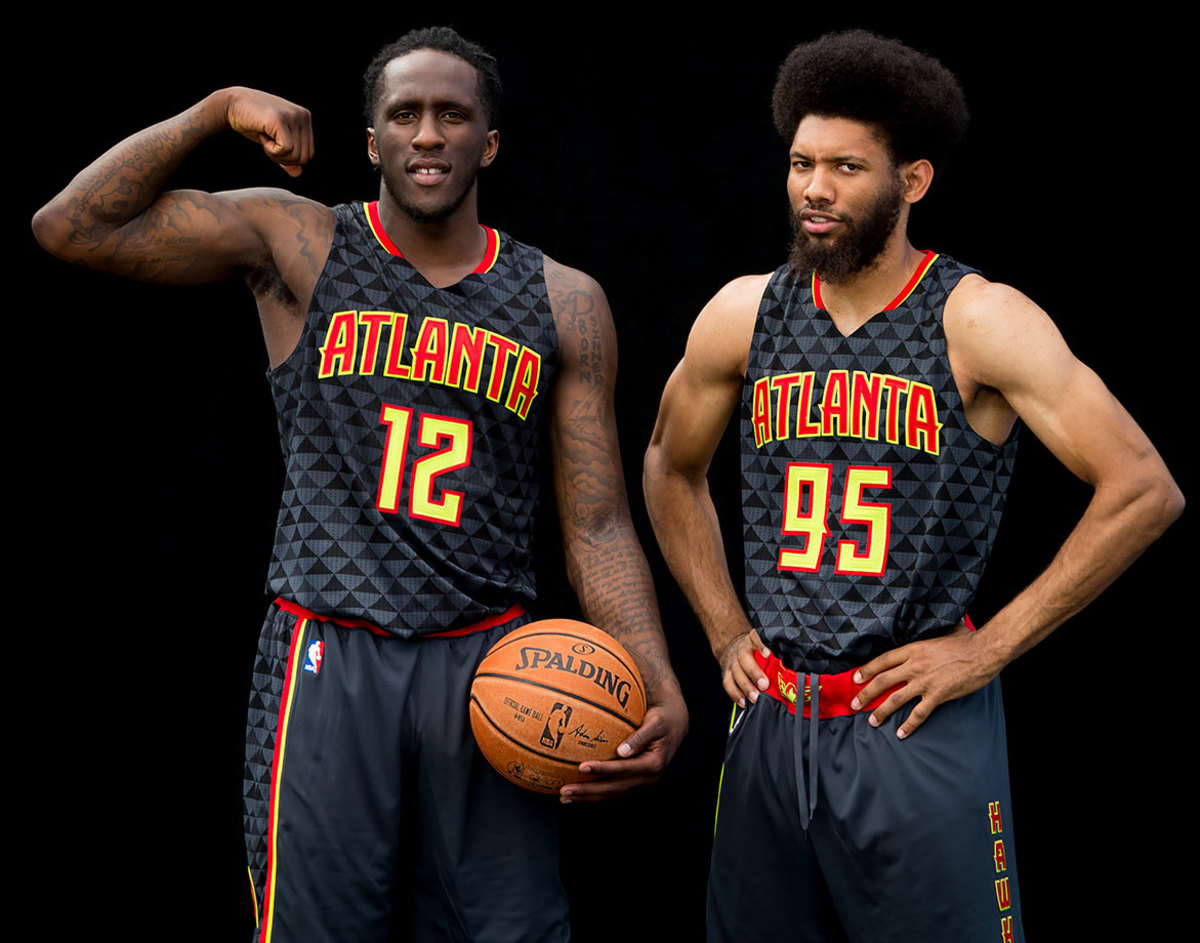
No. 12 and 21 overall picks
Malachi Richardson
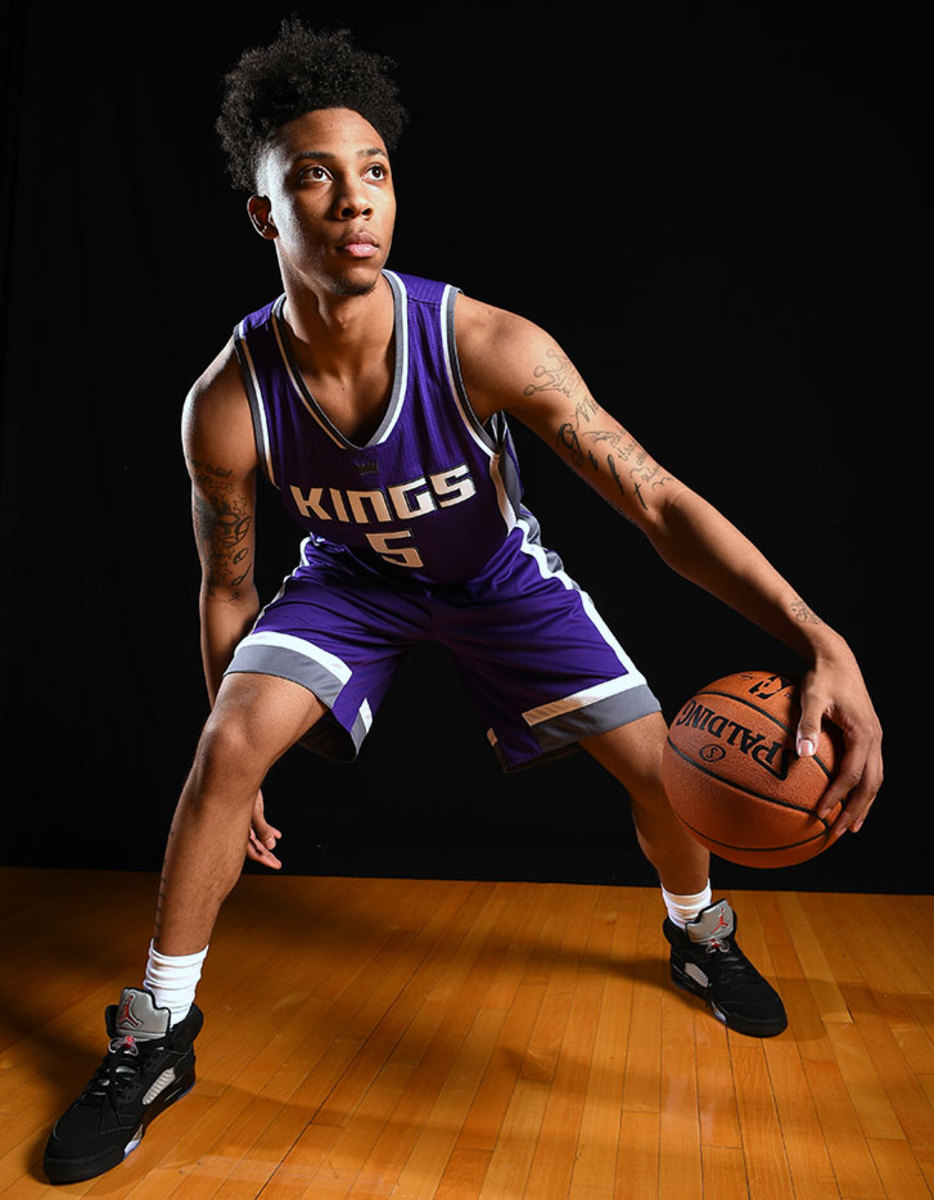
No. 22 overall pick
Timothe Luwawu-Cabarrot
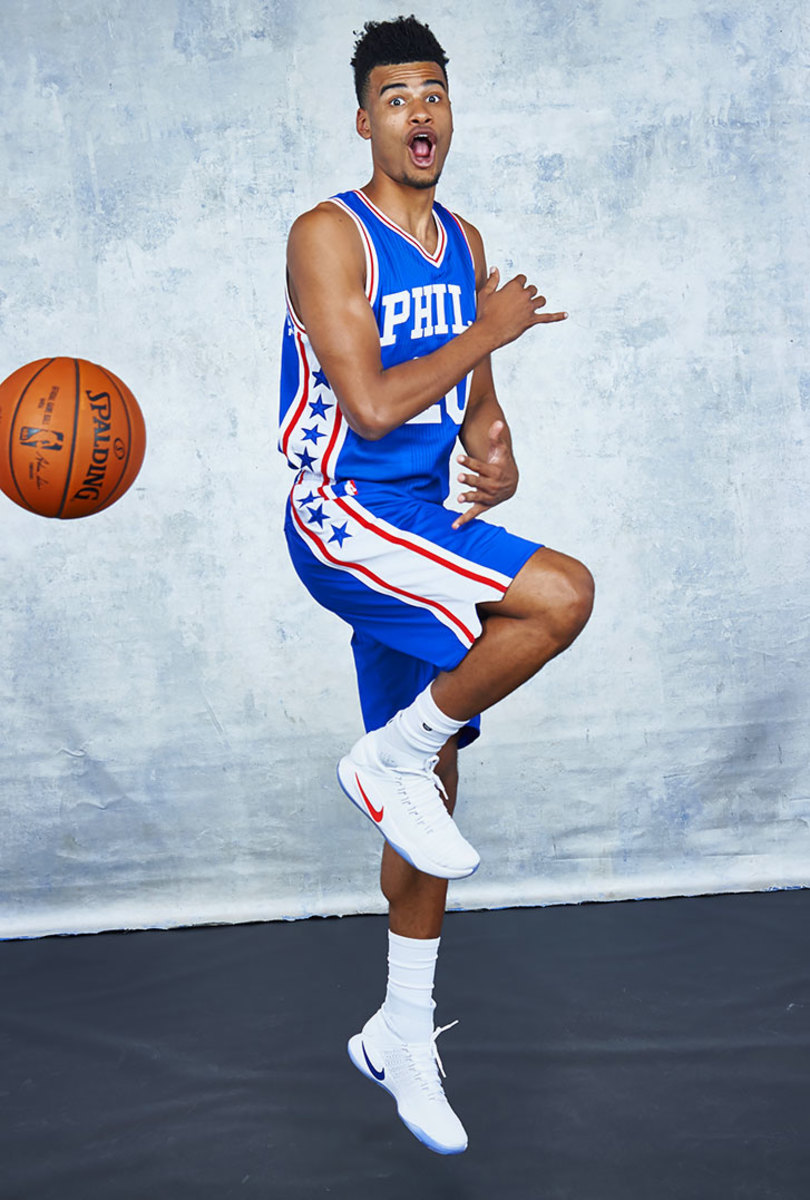
No. 24 overall pick
Timothe Luwawu-Cabarrot and Ben Simmons
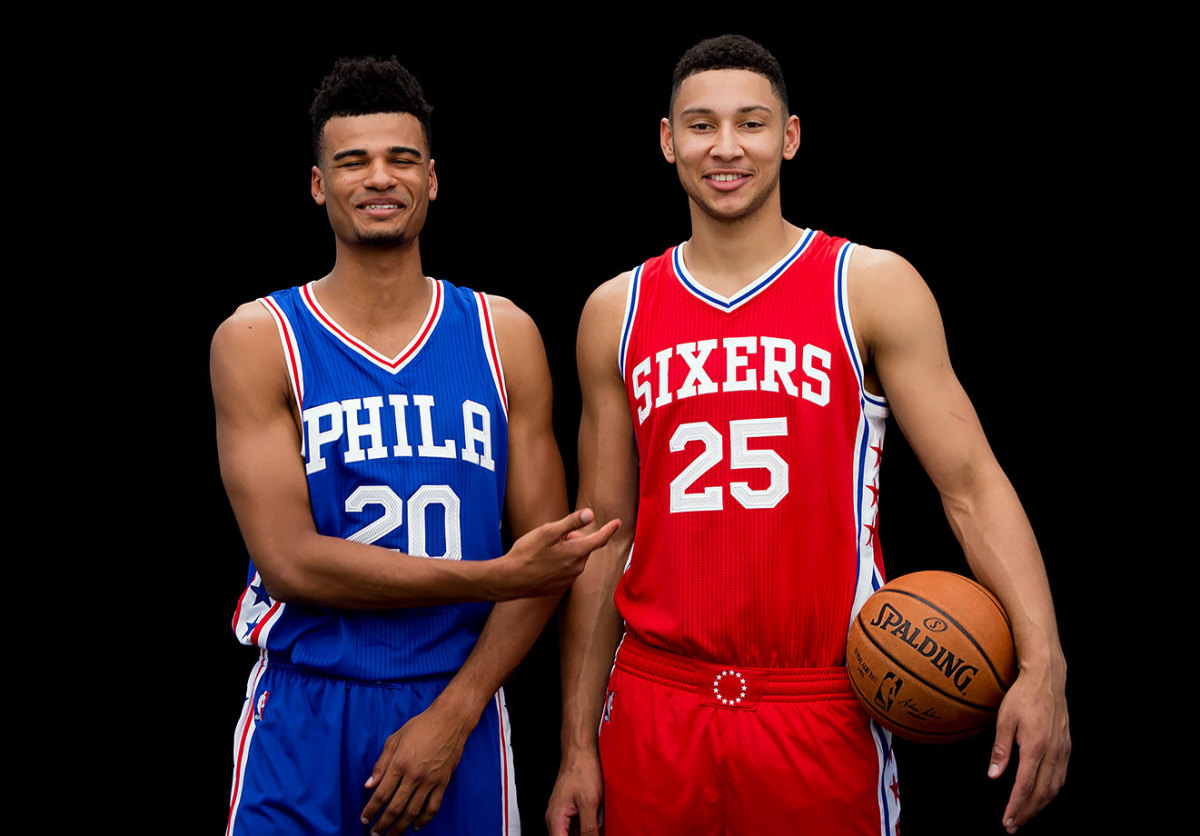
No. 24 overall pick and No. 1 overall picks
Brice Johnson
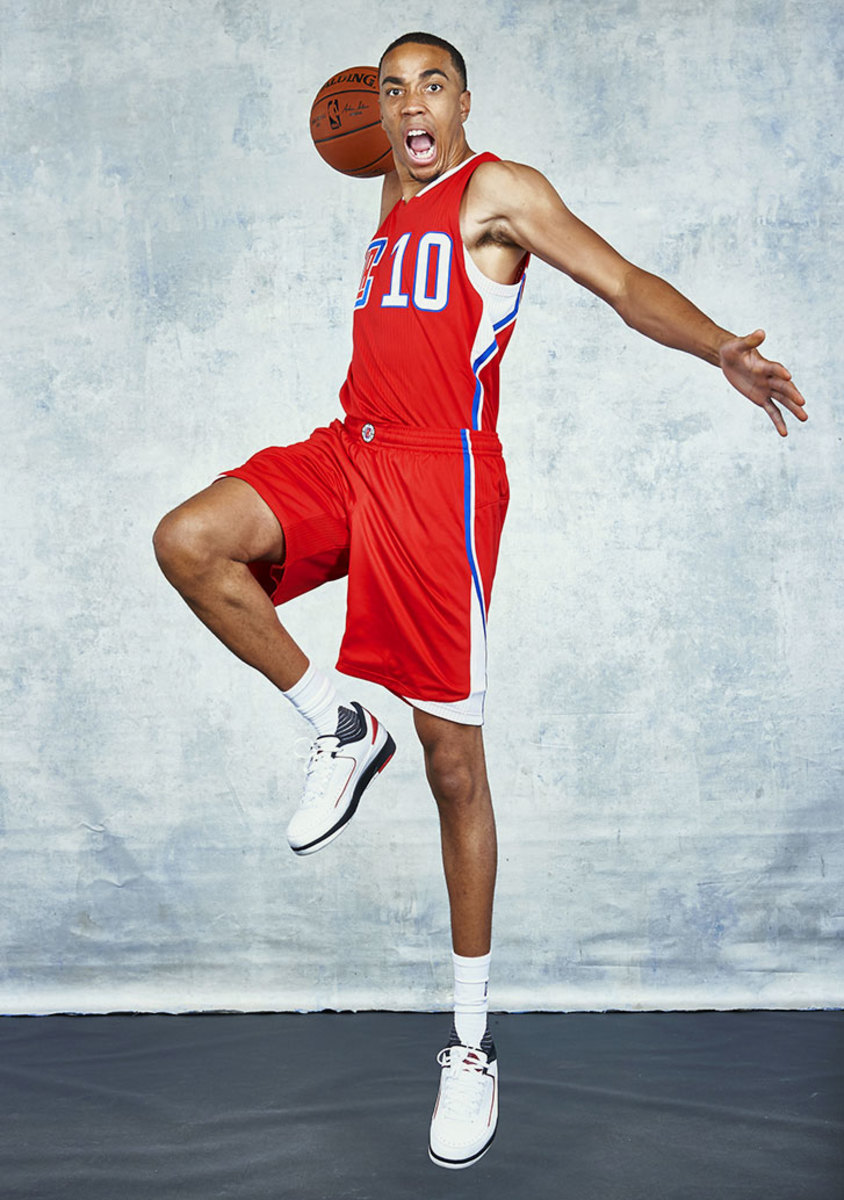
No. 25 overall pick
Pascal Siakam
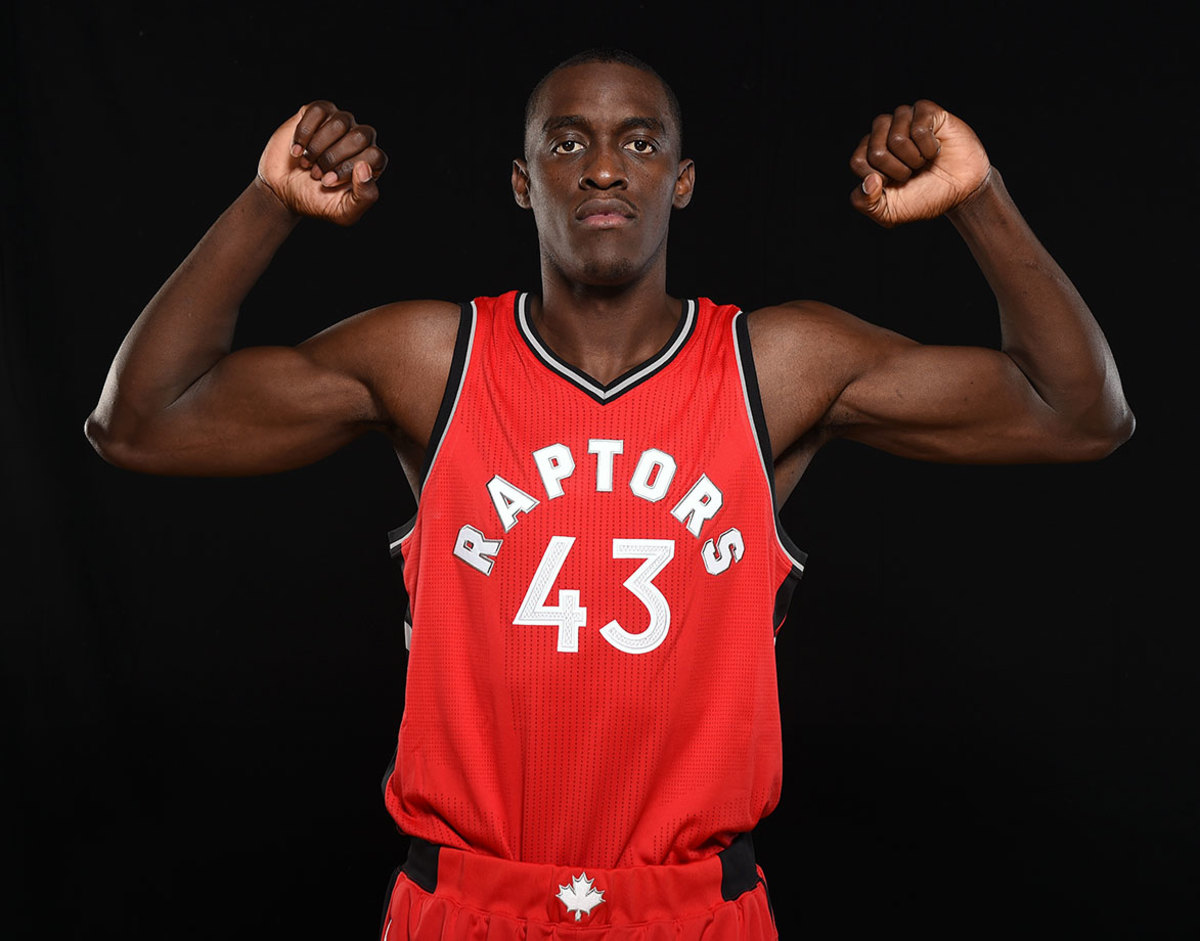
No. 27 overall pick
Pascal Siakam and Jakob Poeltl
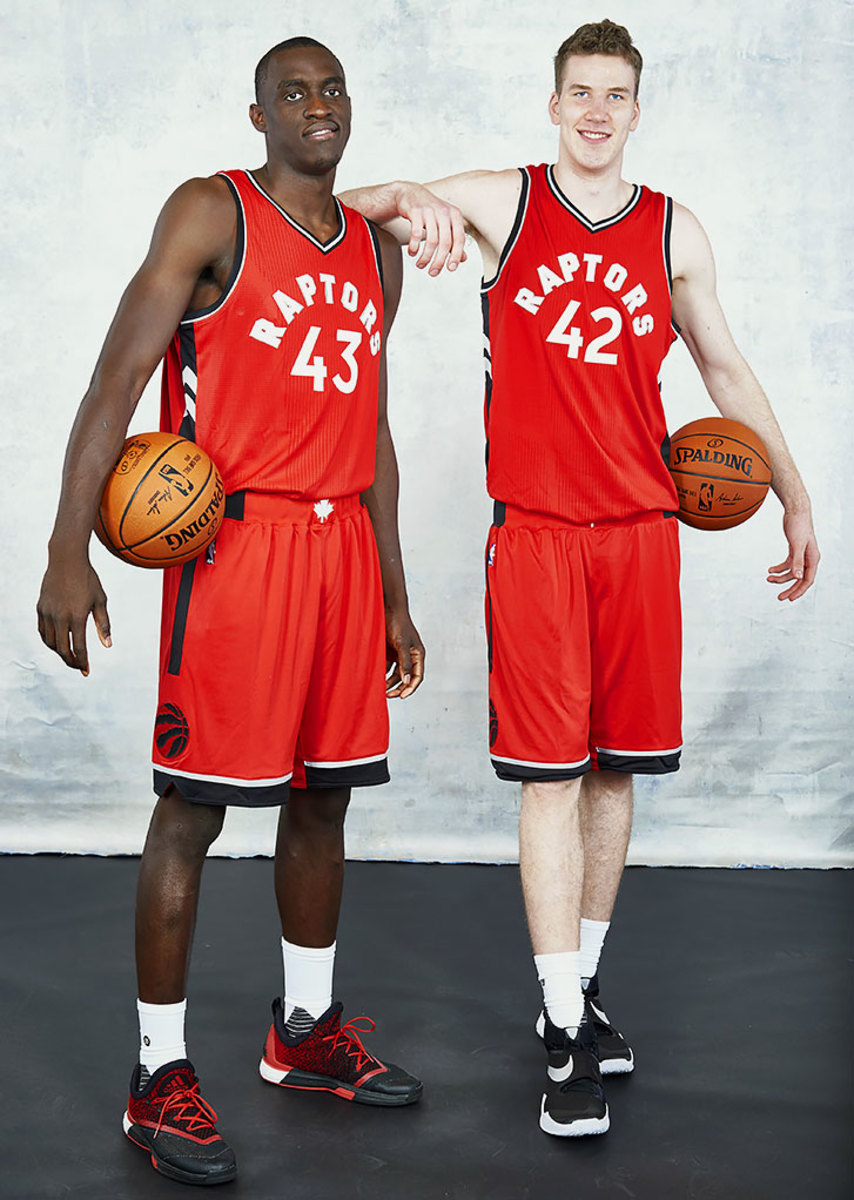
No. 27 and No. 9 overall picks
Skal Labissiere
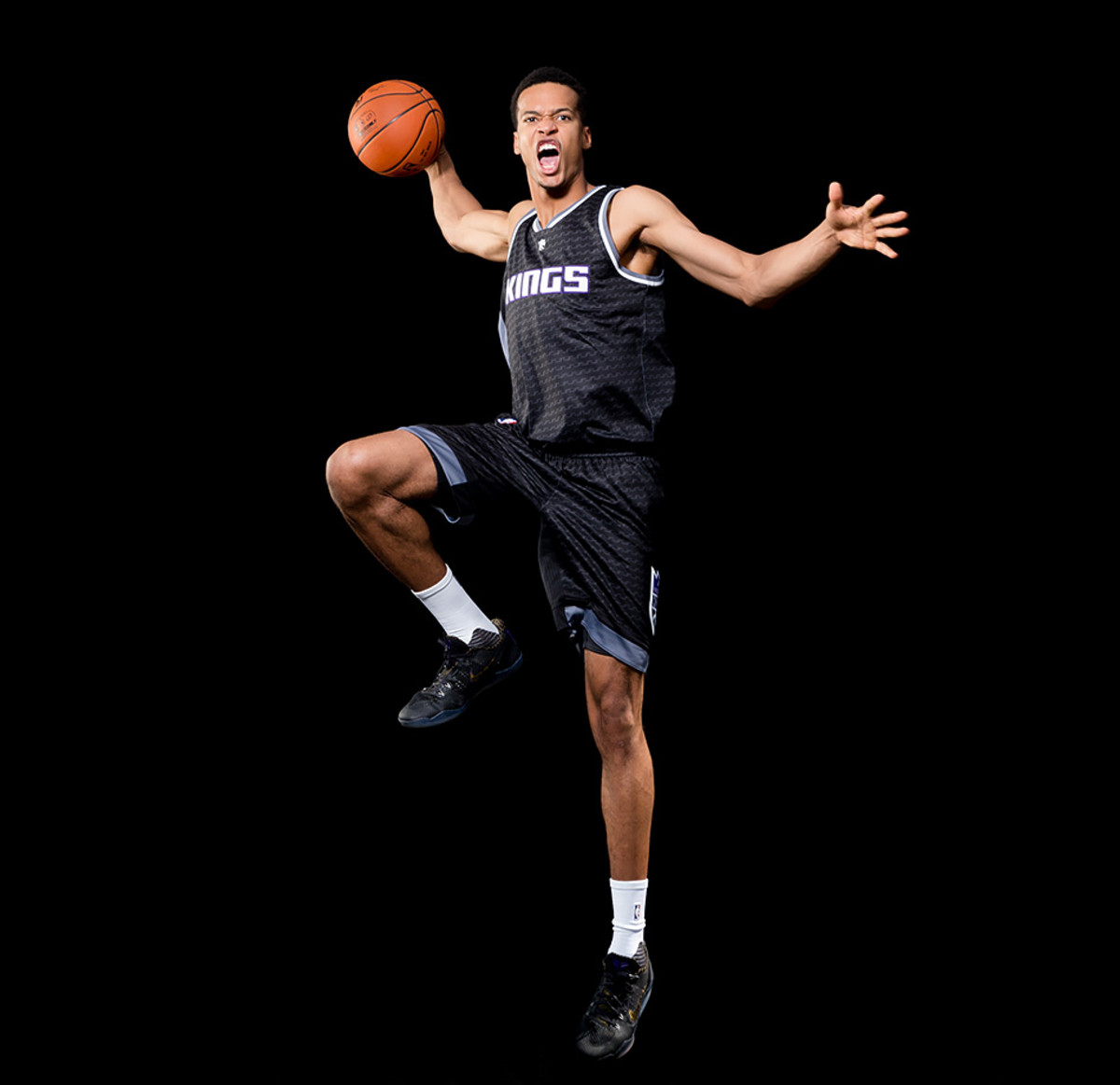
No. 28 overall pick
Skal Labissiere, Malachi Richardson and Georgios Papagiannis
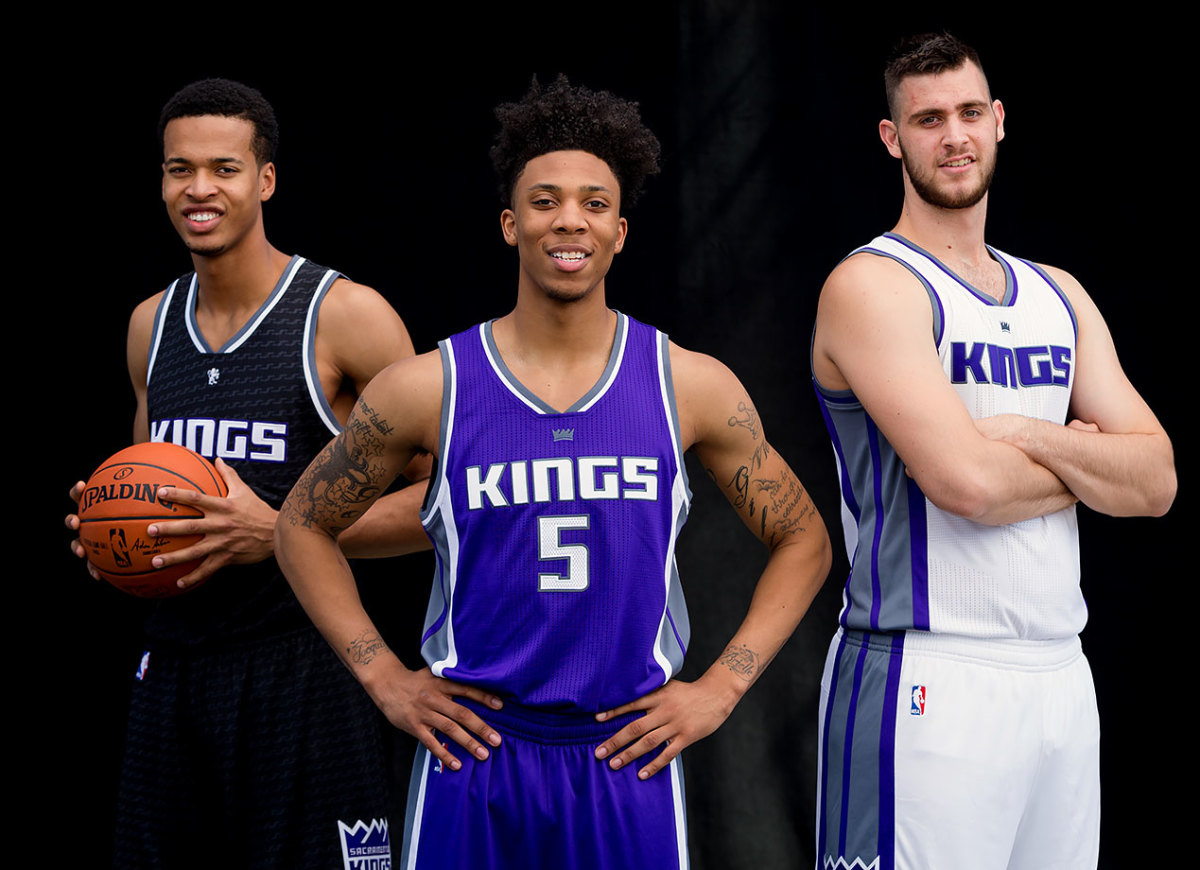
No. 28, No. 22 and No. 13 overall picks
Dejounte Murray
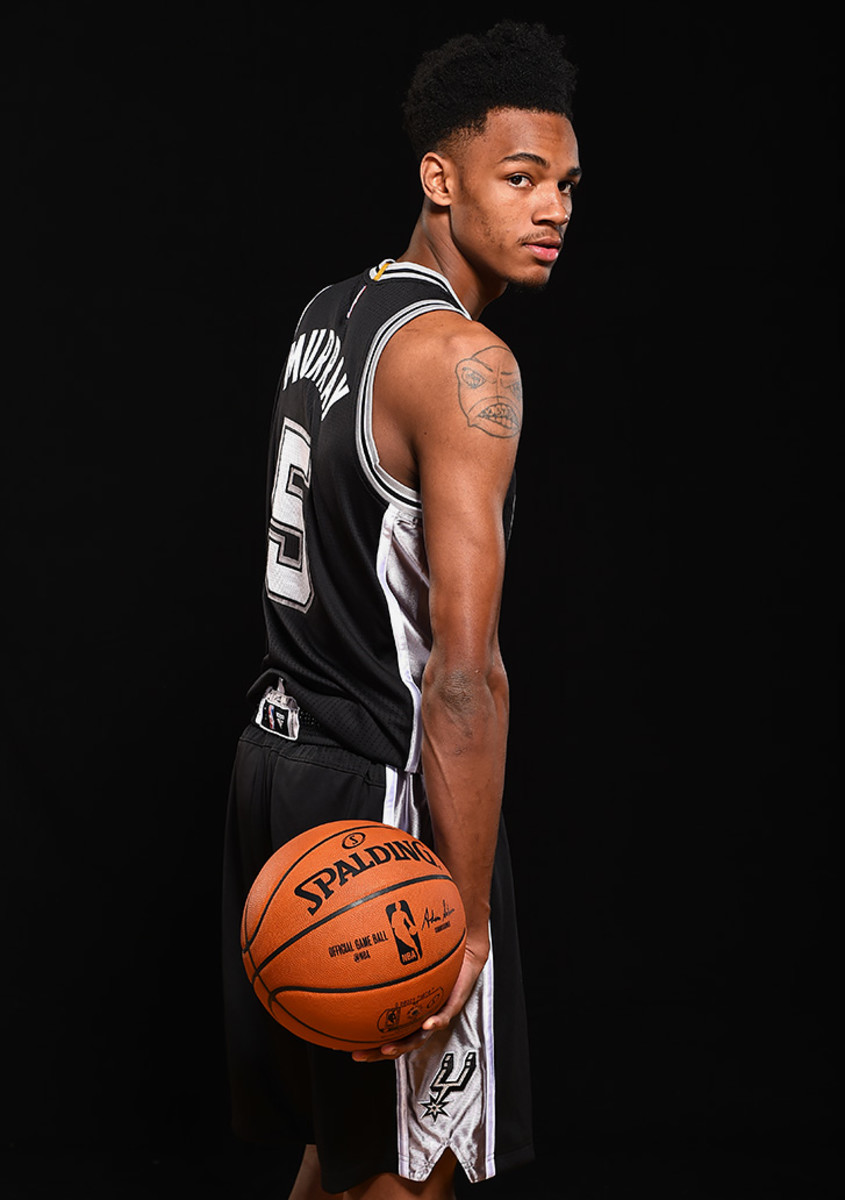
No. 29 overall pick
Damian Jones
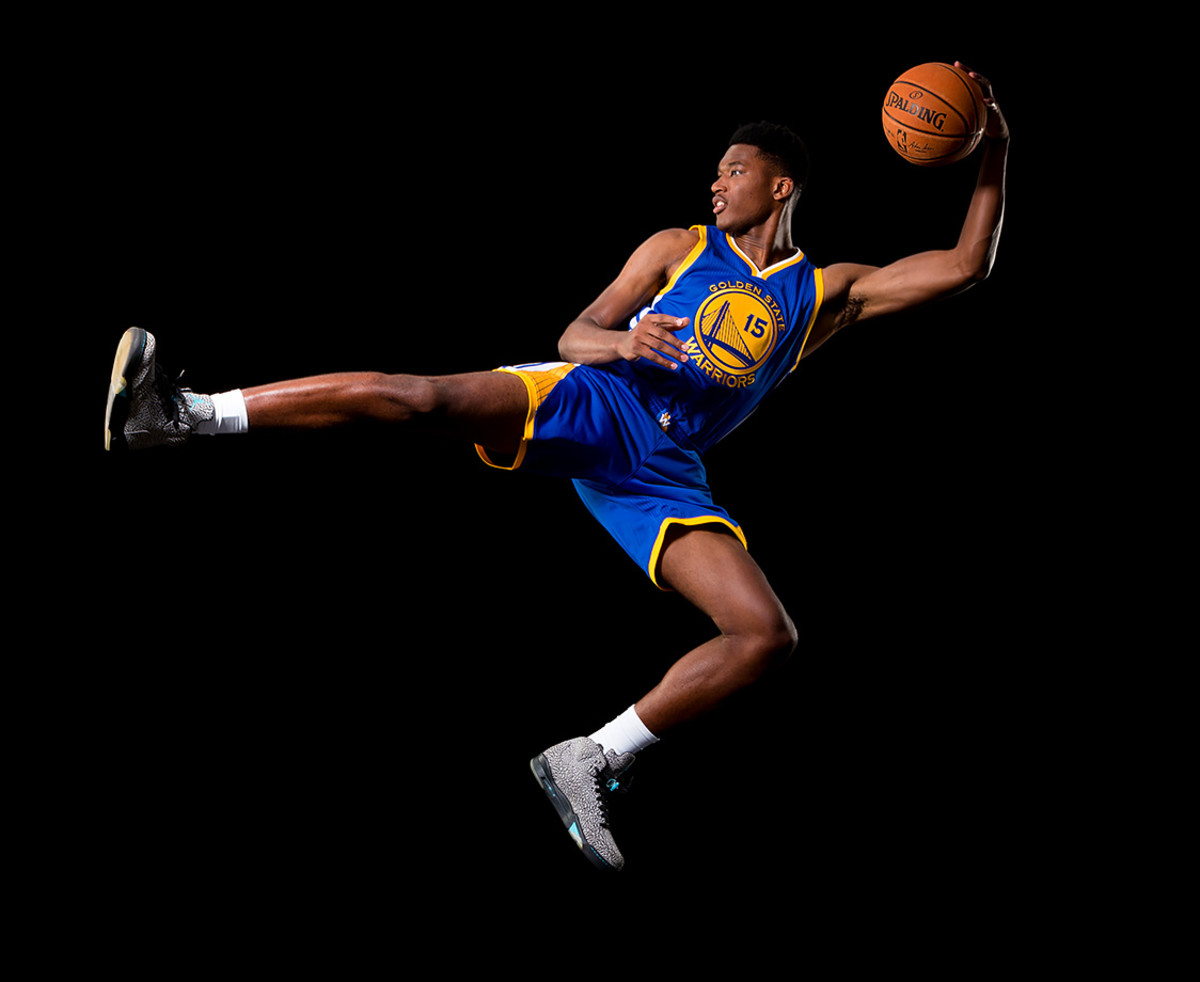
No. 30 overall pick
Deyonta Davis
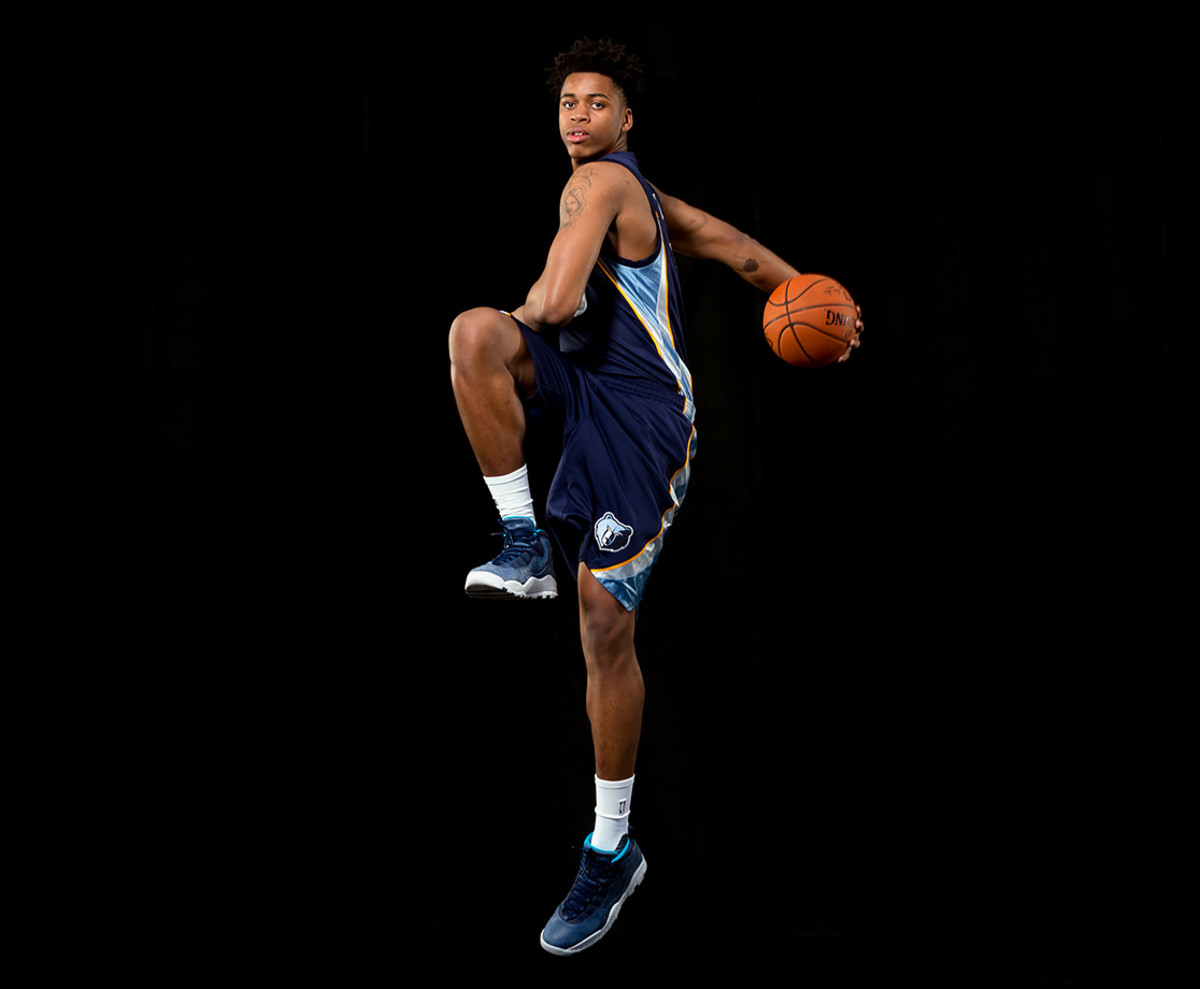
No. 31 overall pick
Wade Baldwin IV and Deyonta Davis
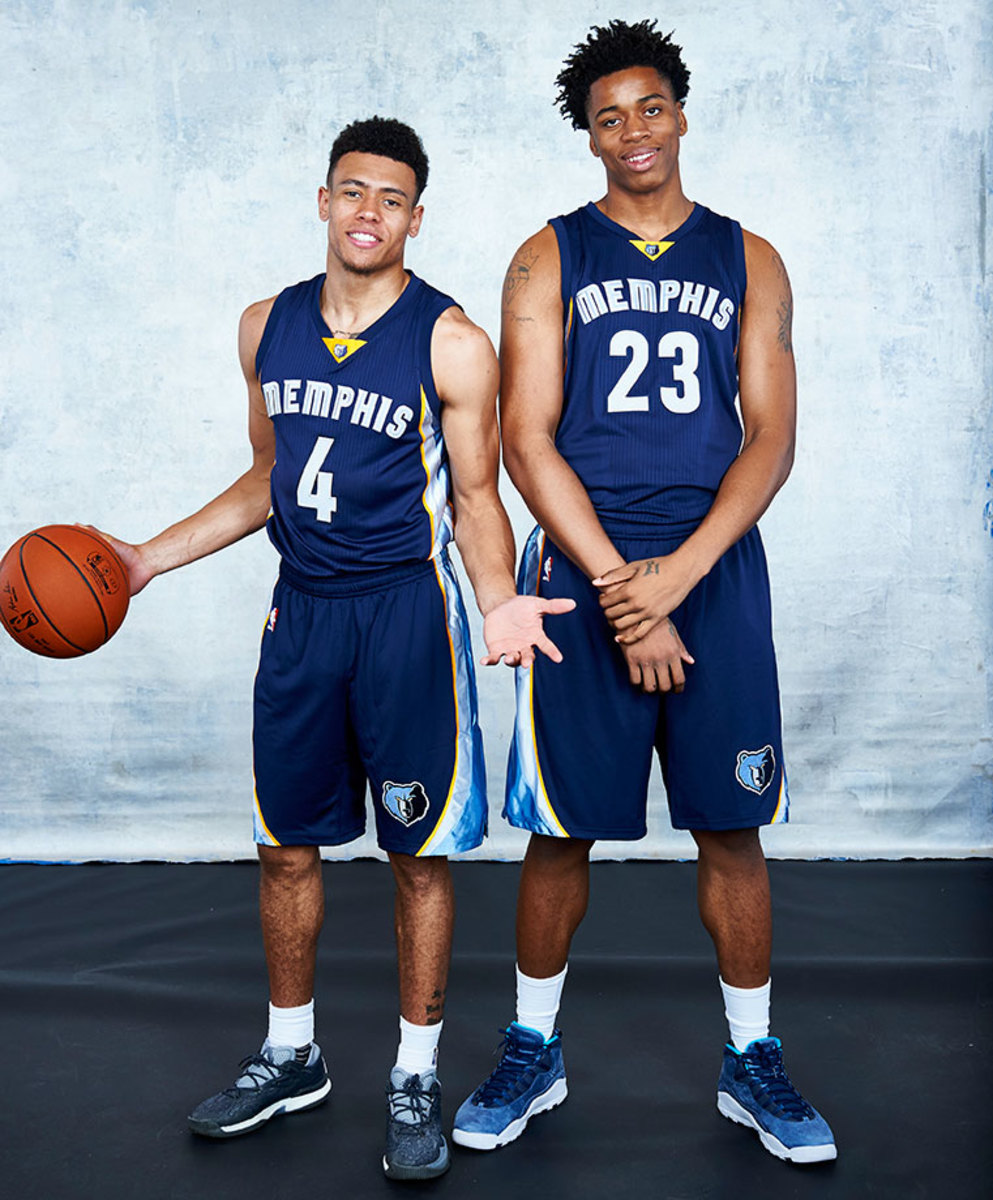
No. 17 and No. 31 overall picks
Ivica Zubac
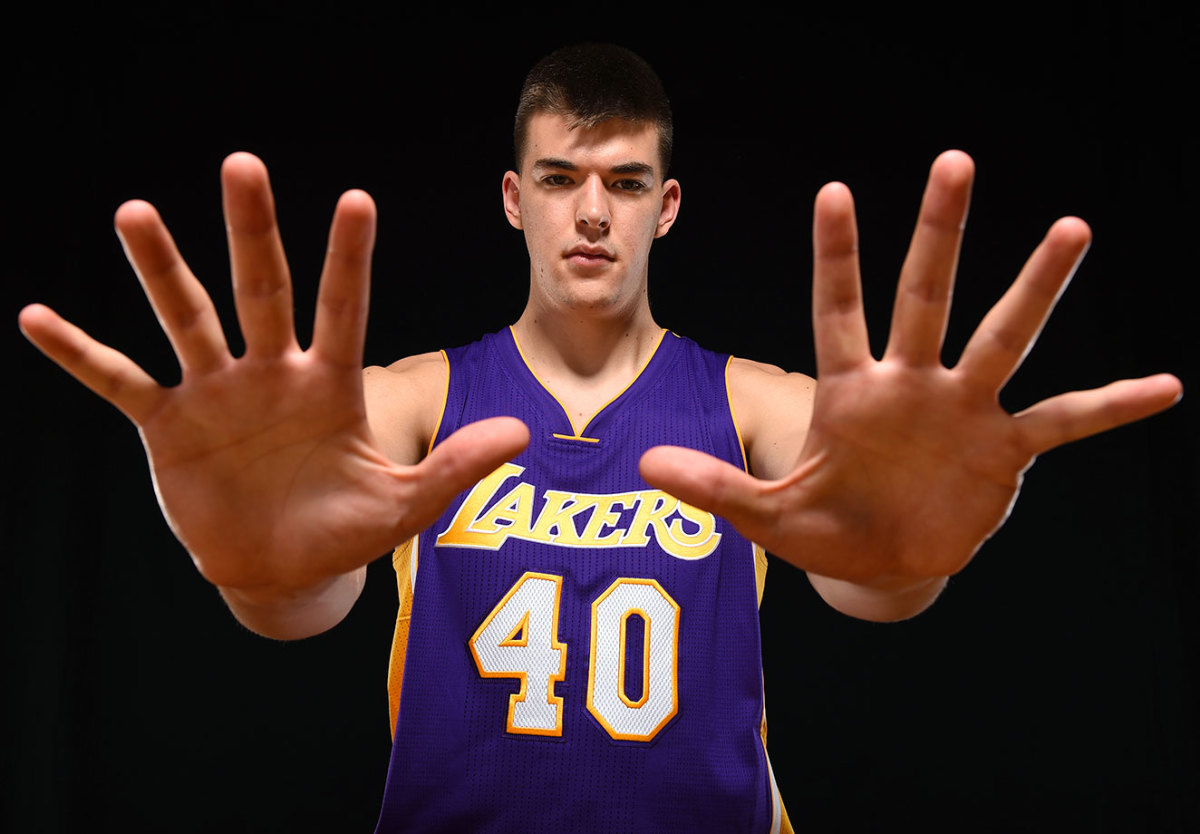
No. 32 overall pick
Cheick Diallo
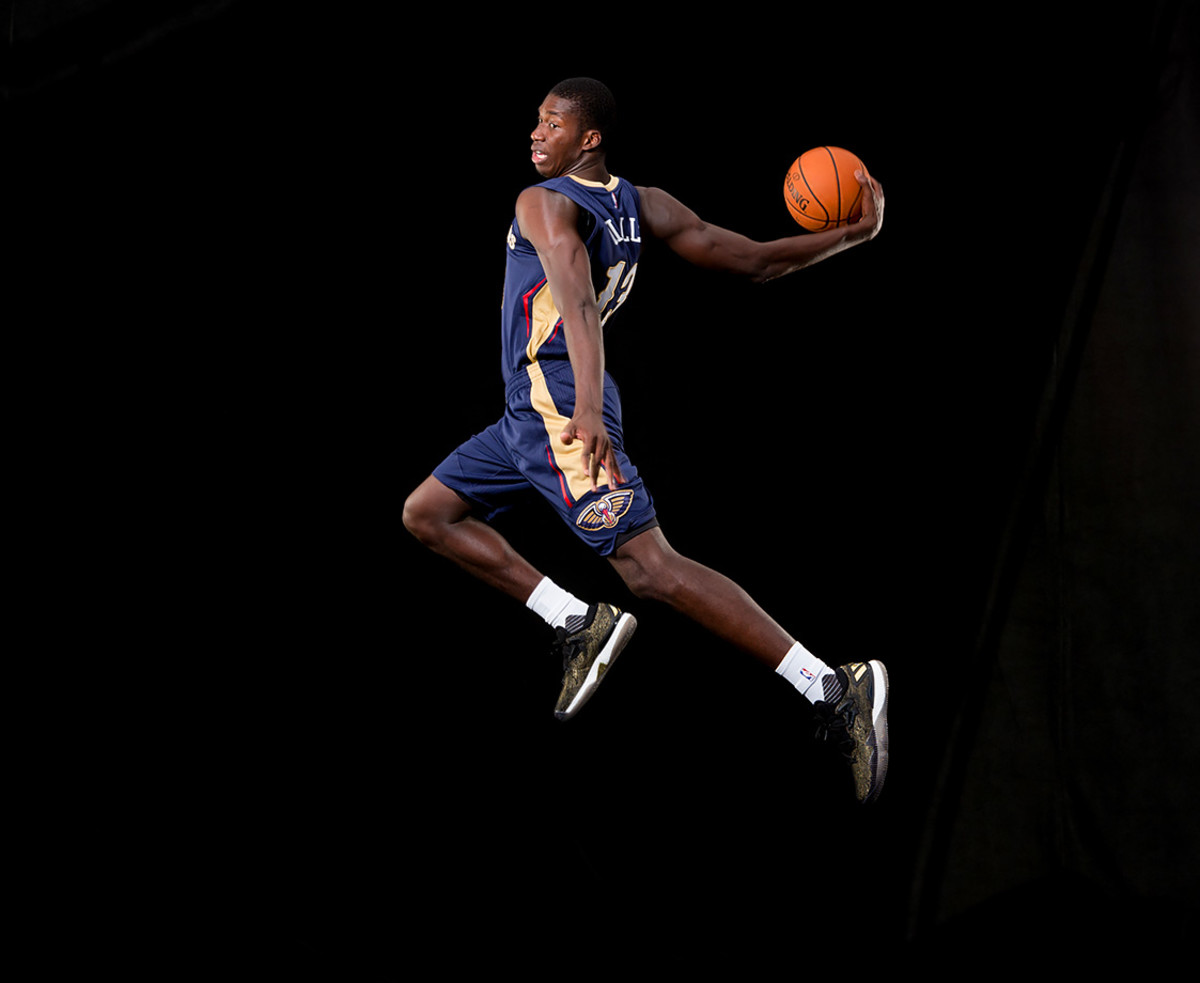
No. 33 overall pick
Tyler Ulis
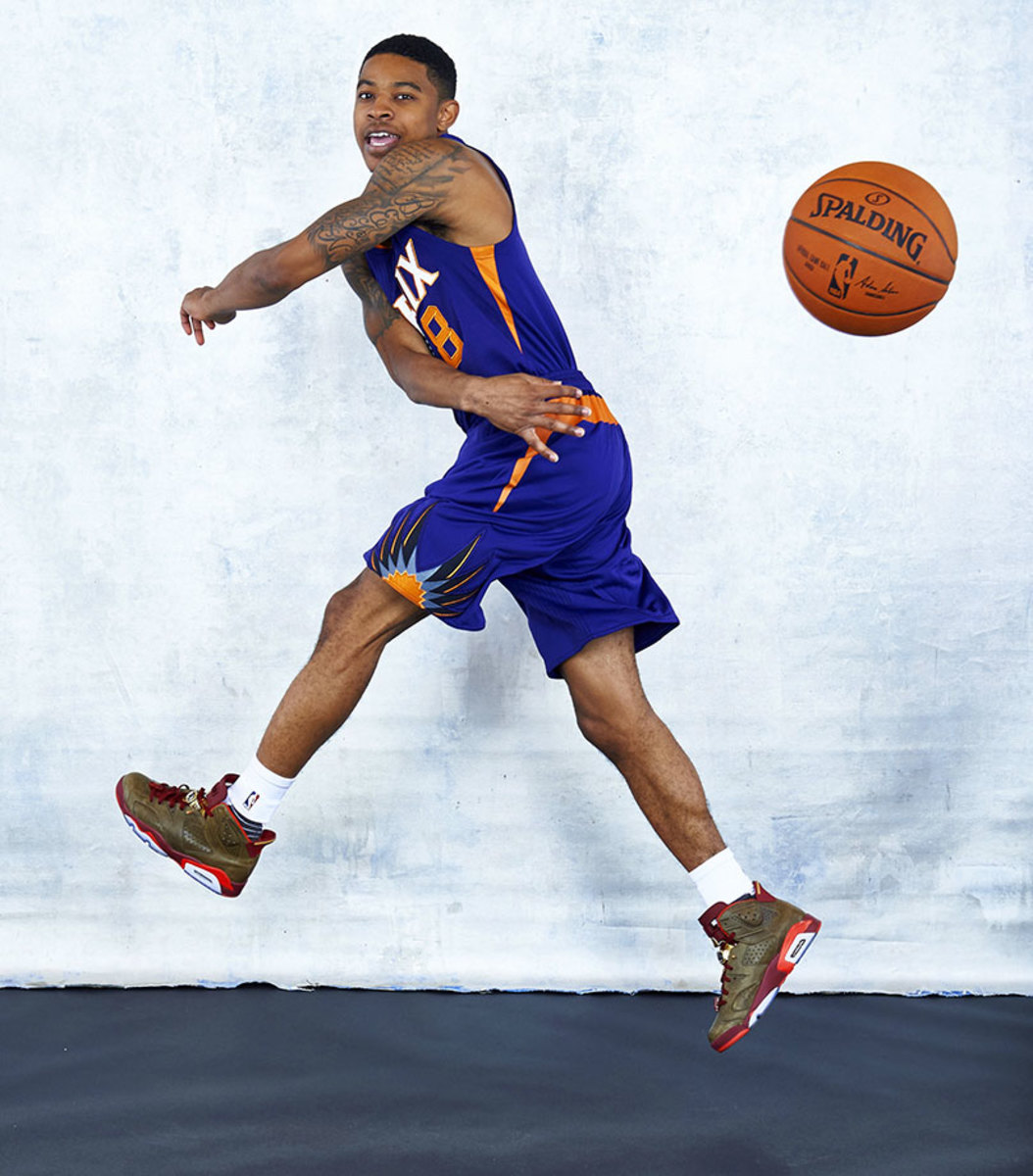
No. 34 overall pick
Marquese Chriss, Tyler Ulis and Dragan Bender
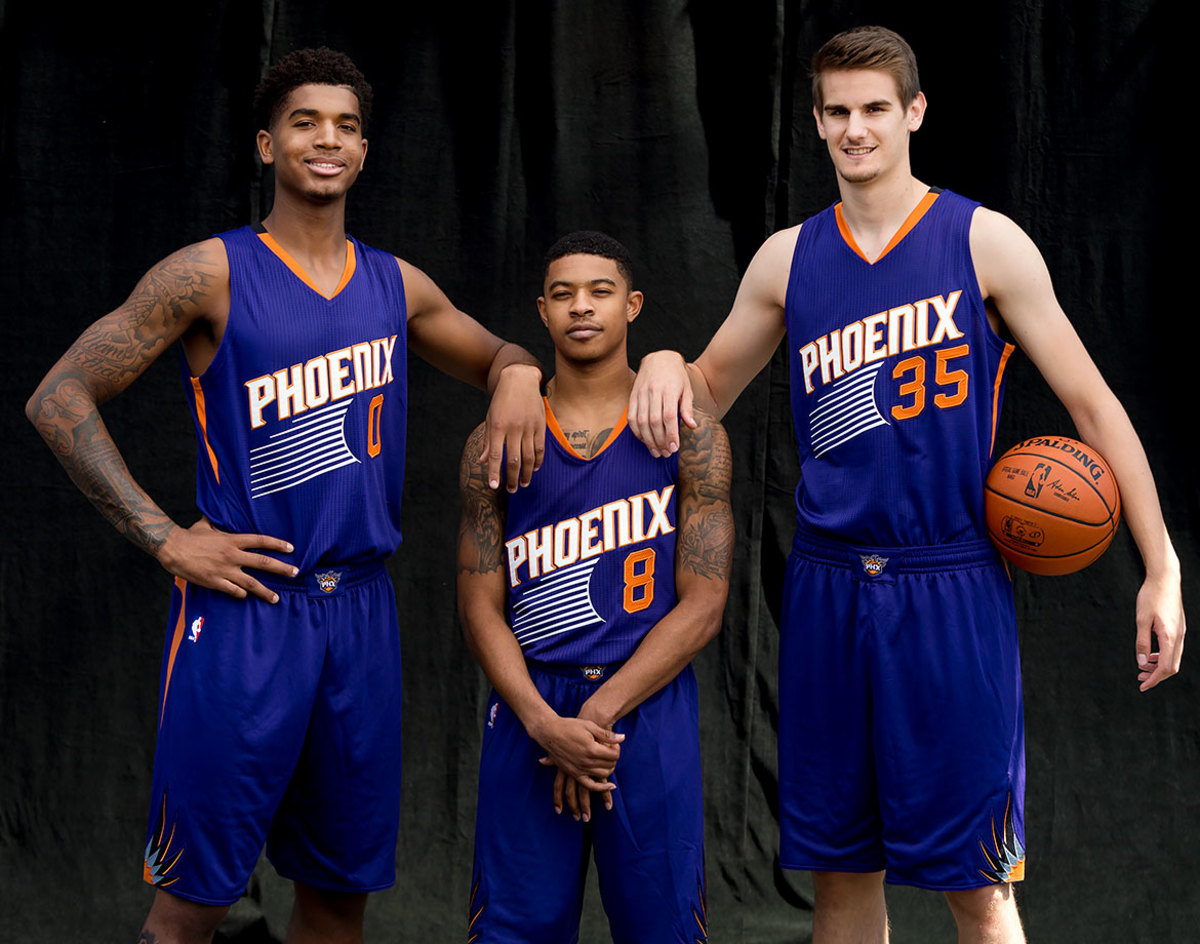
No. 8, No. 34 and No. 4 overall picks
Malcolm Brogdon
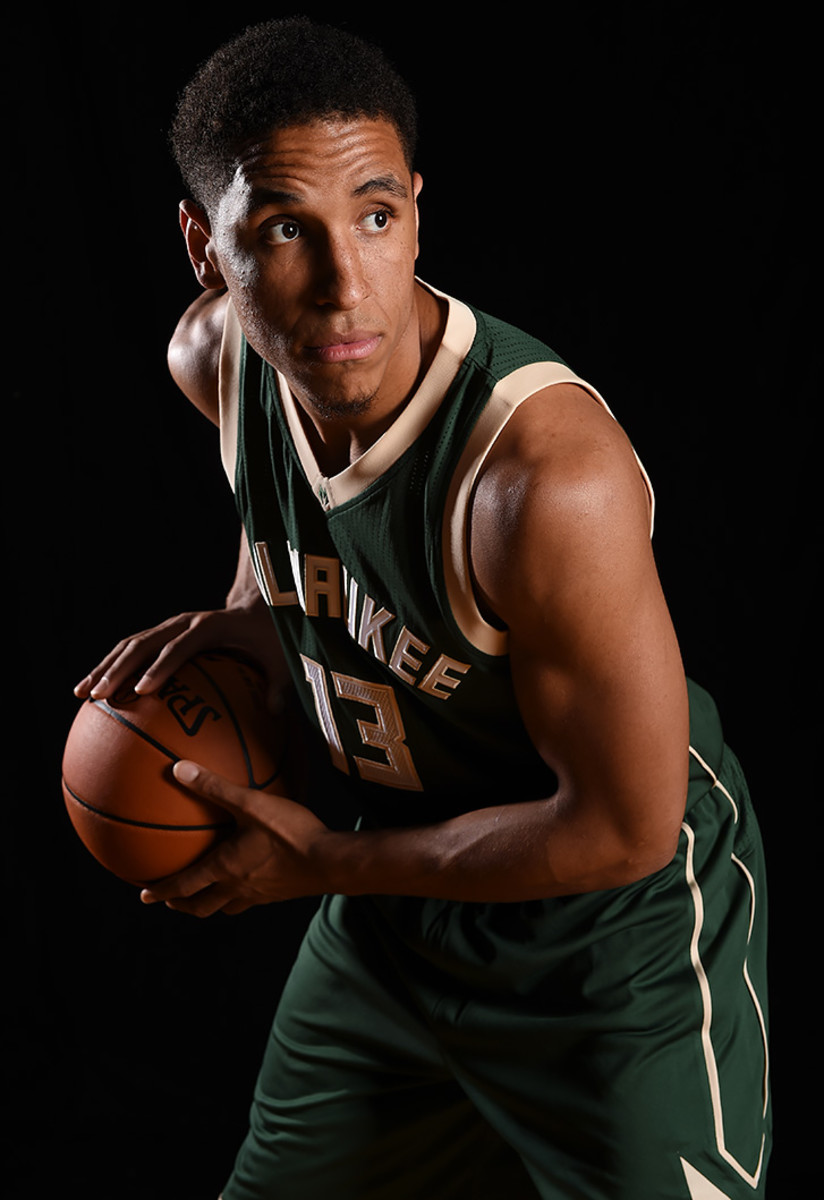
No. 36 overall pick
Malcolm Brogdon and Thon Maker
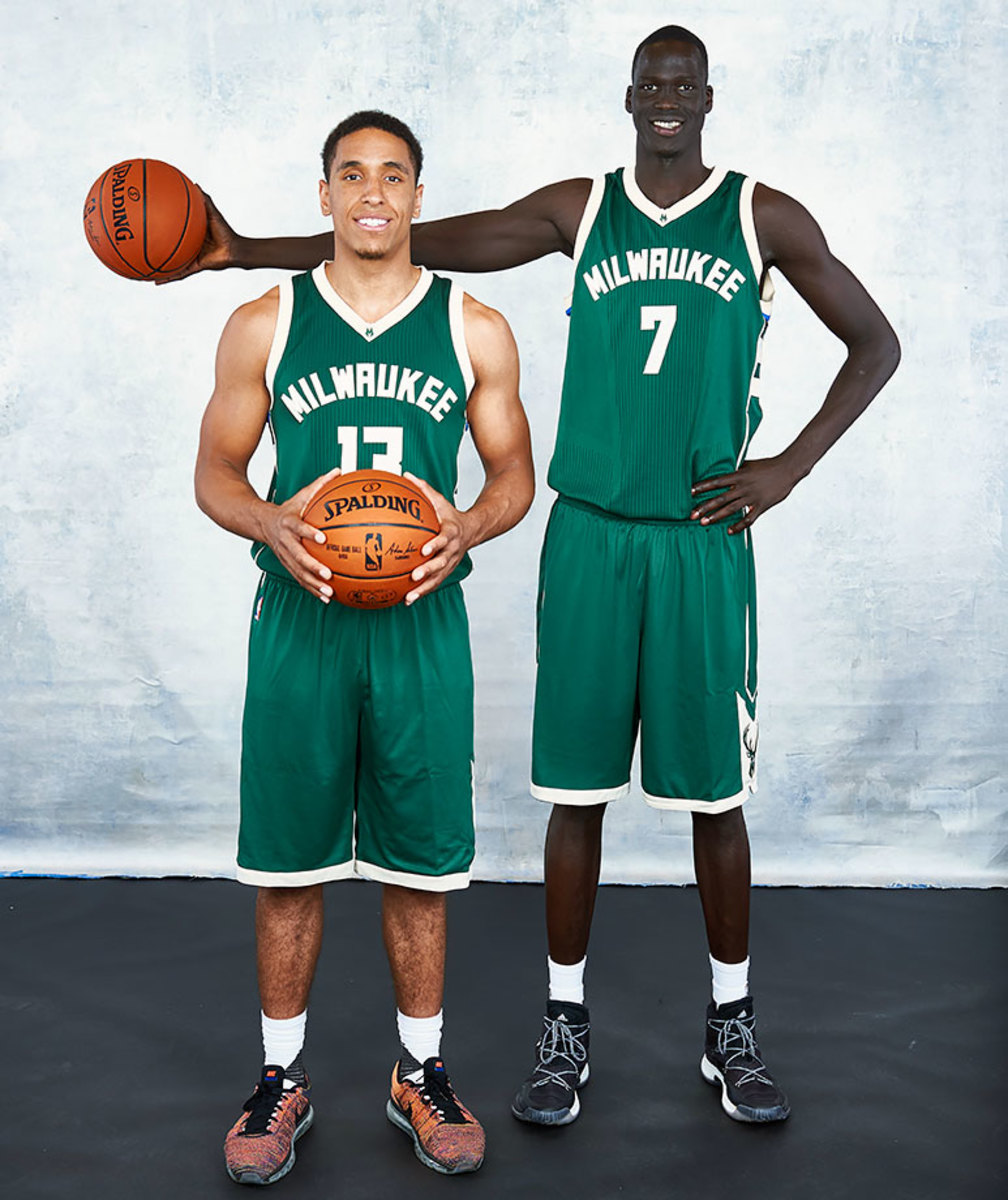
No. 36 and No. 10 overall pick
Chinanu Onuaku
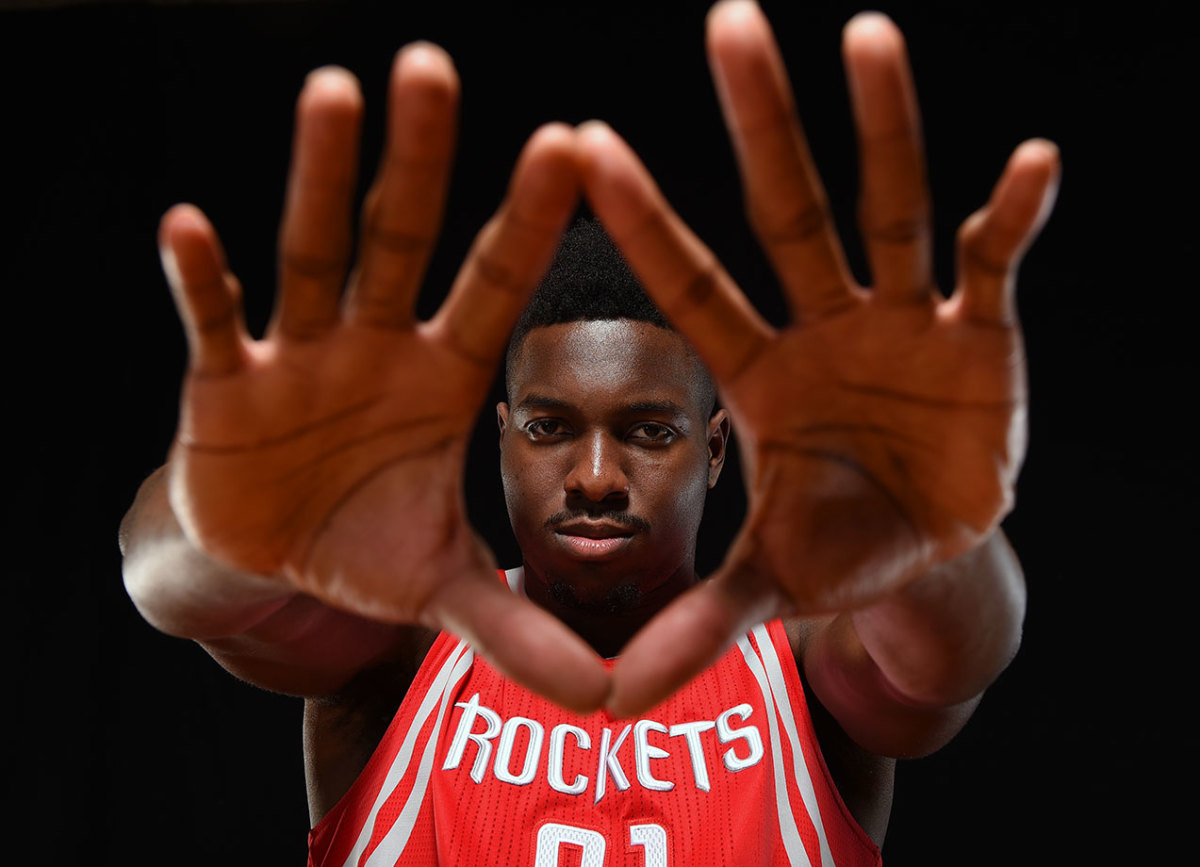
No. 37 overall pick
Patrick McCaw
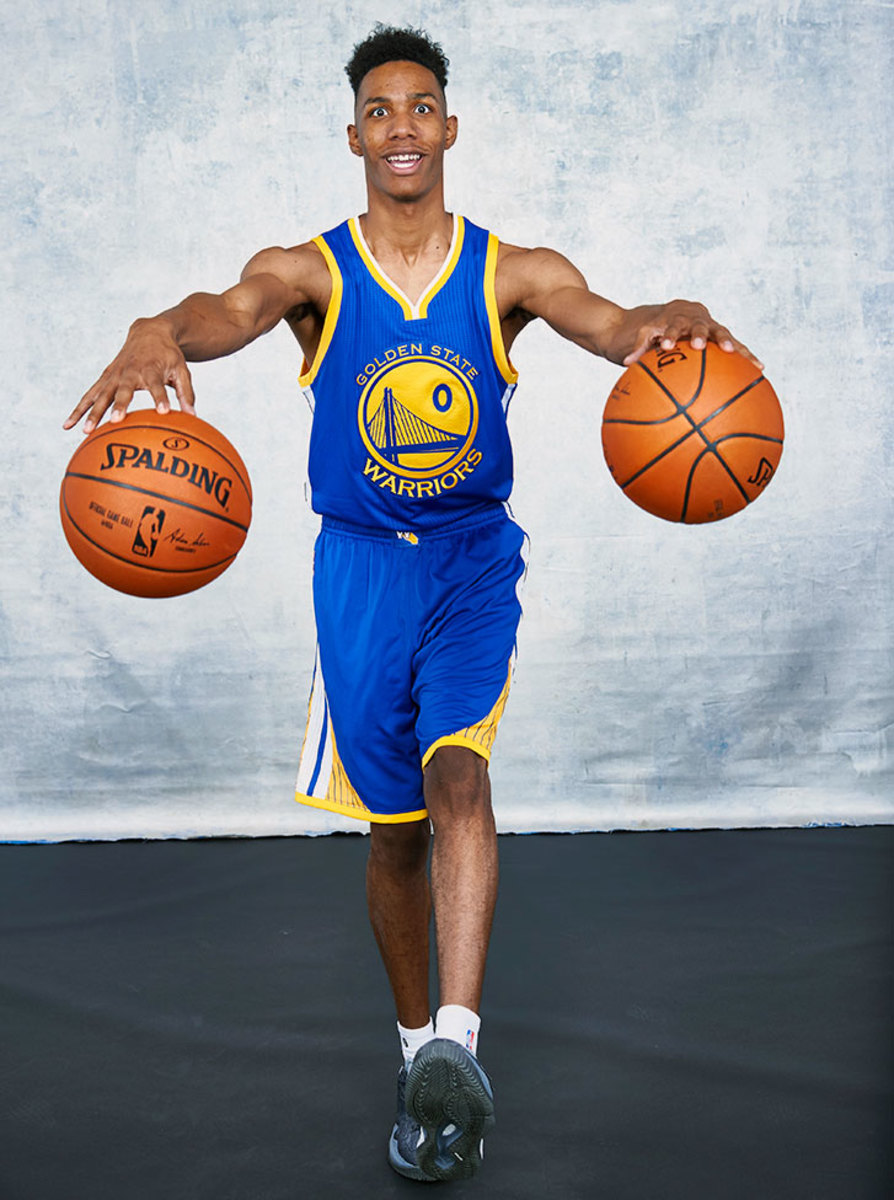
No. 38 overall pick
Damian Jones and Patrick McCaw
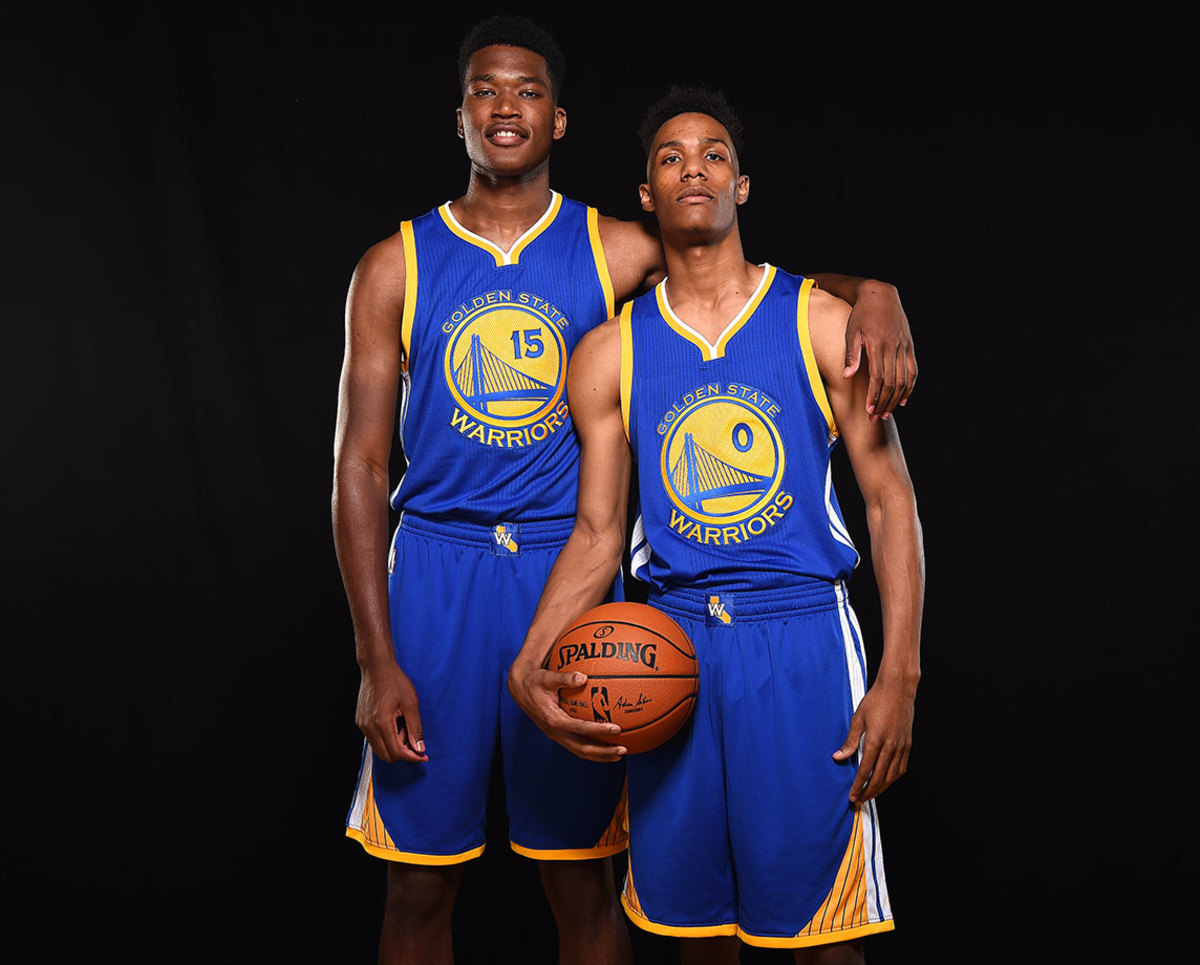
No. 30 and No. 38 overall picks
Diamond Stone
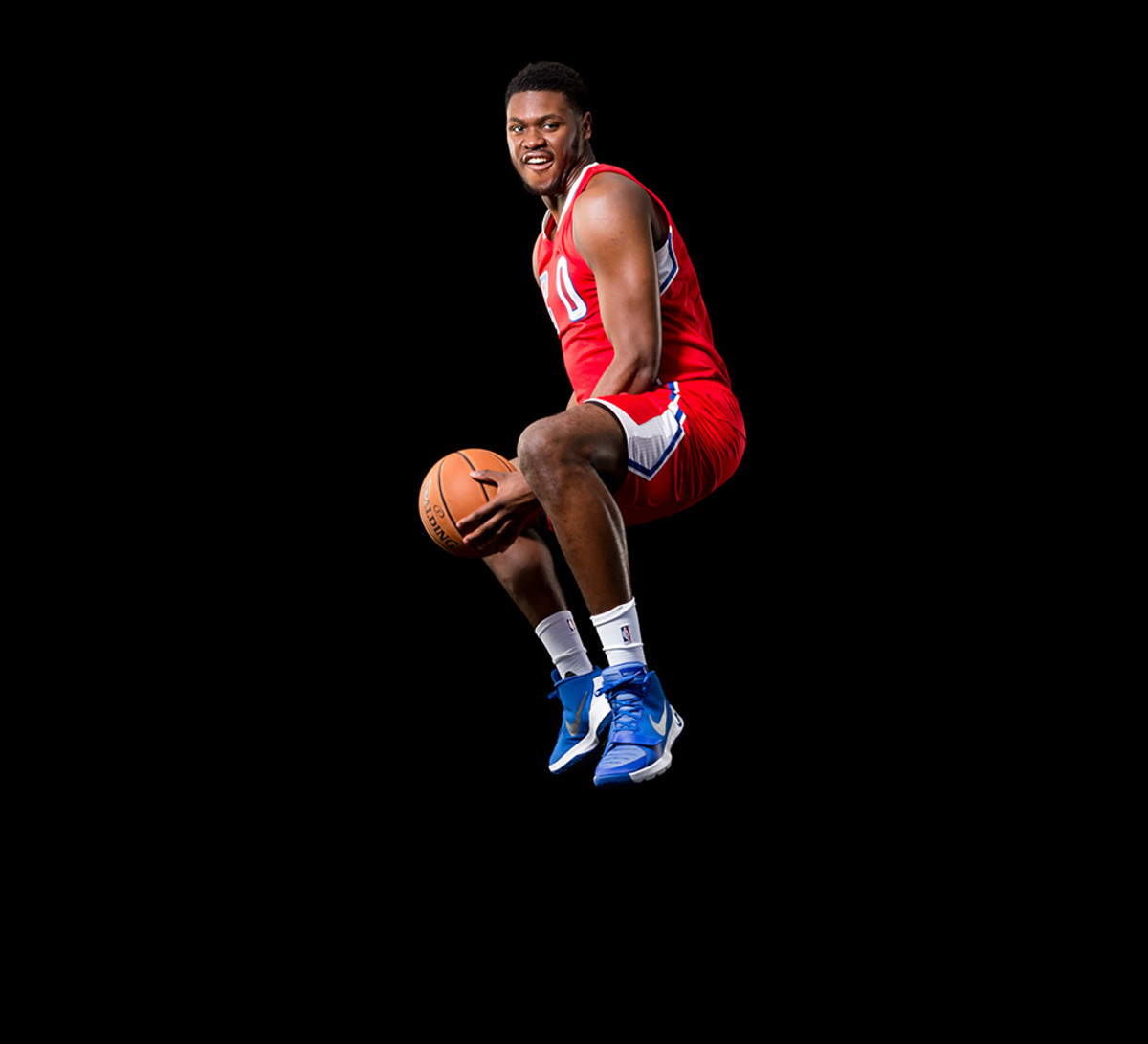
No. 40 overall pick
Brice Johnson and Diamond Stone
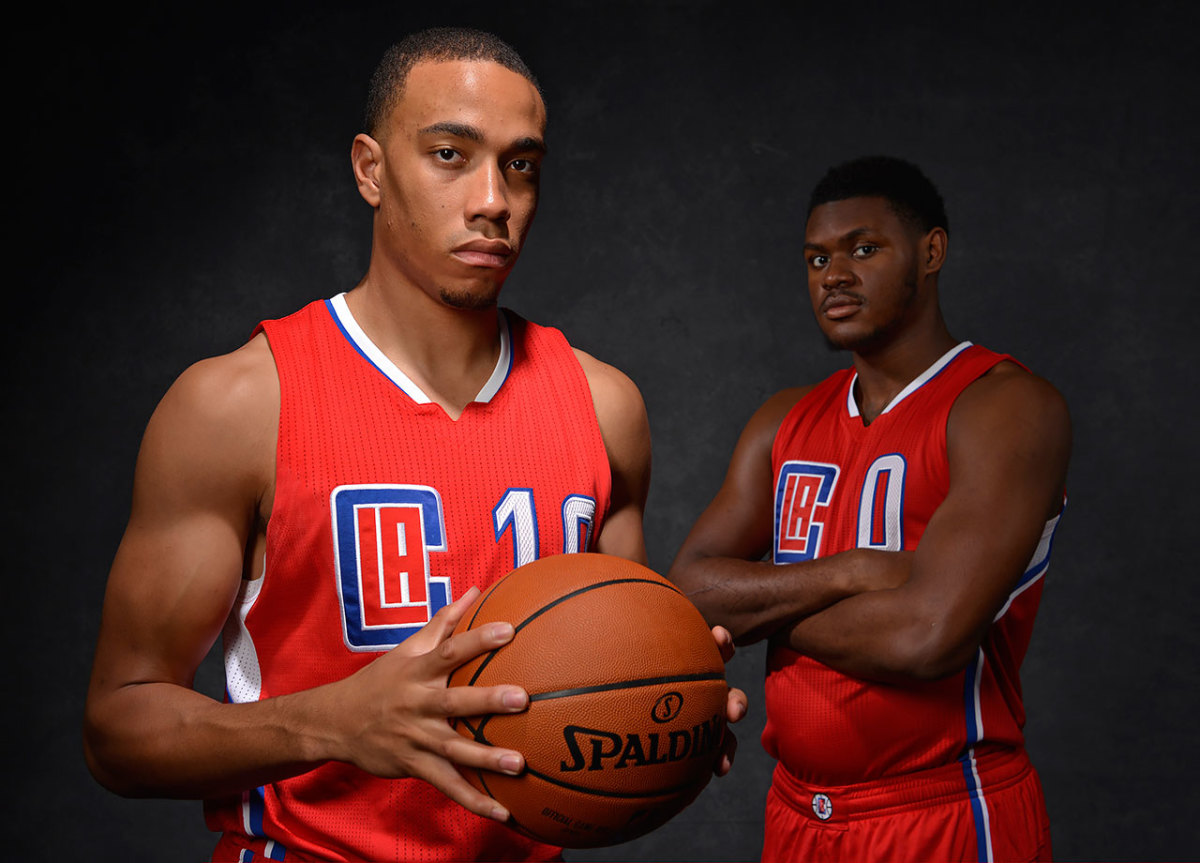
No. 25 and No. 40 overall picks
Stephen Zimmerman
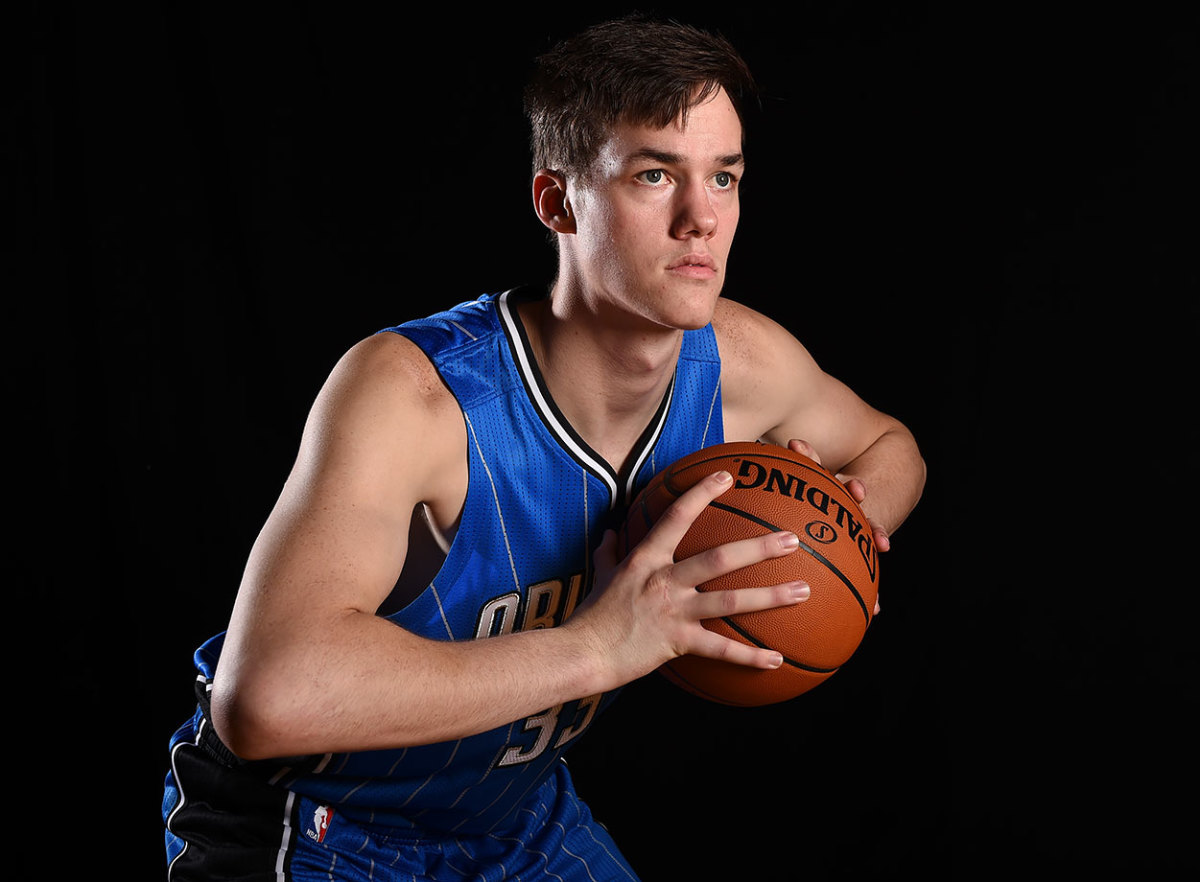
No. 41 overall pick
Isaiah Whitehead
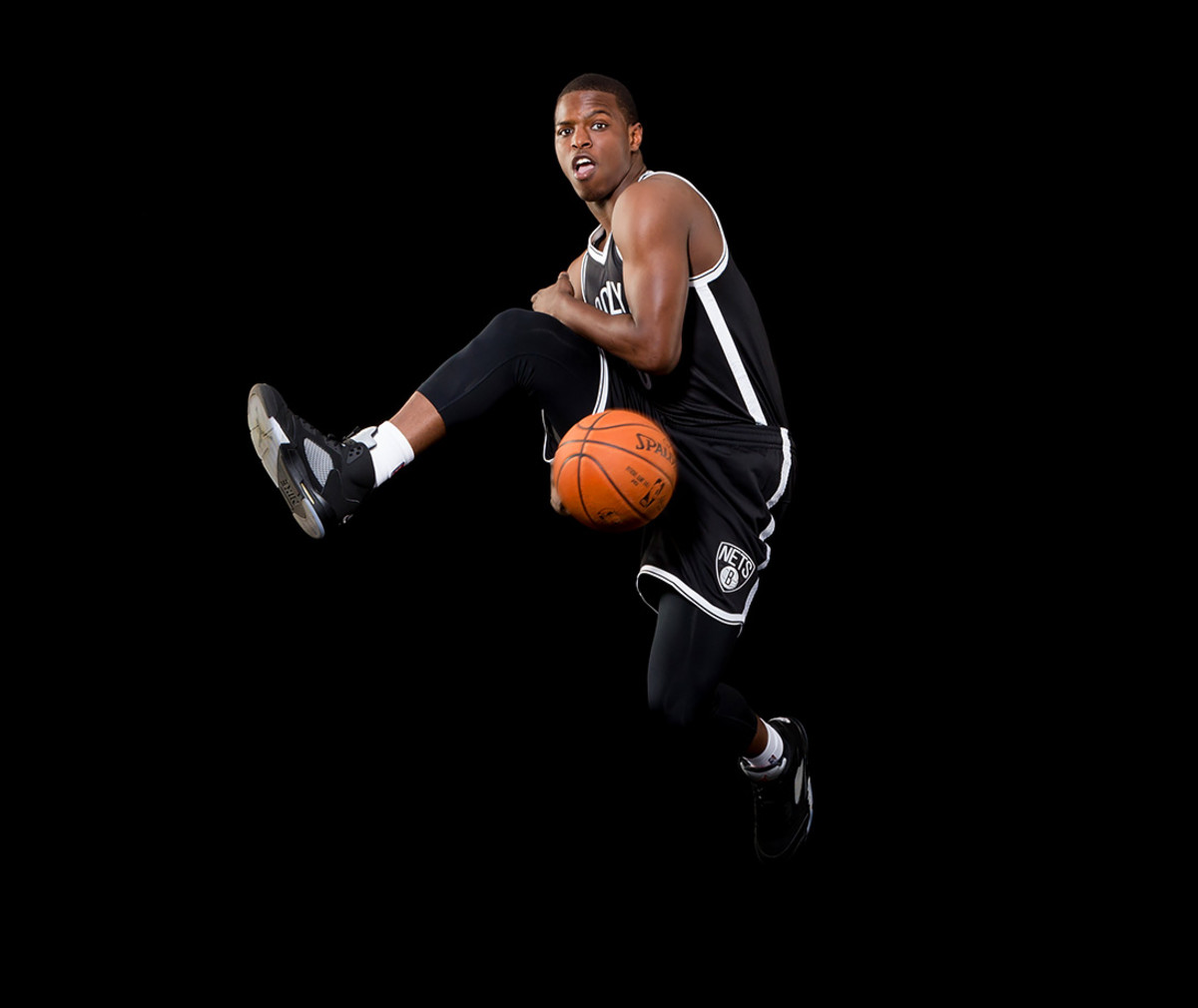
No. 42 overall pick
Caris LeVert and Isaiah Whitehead
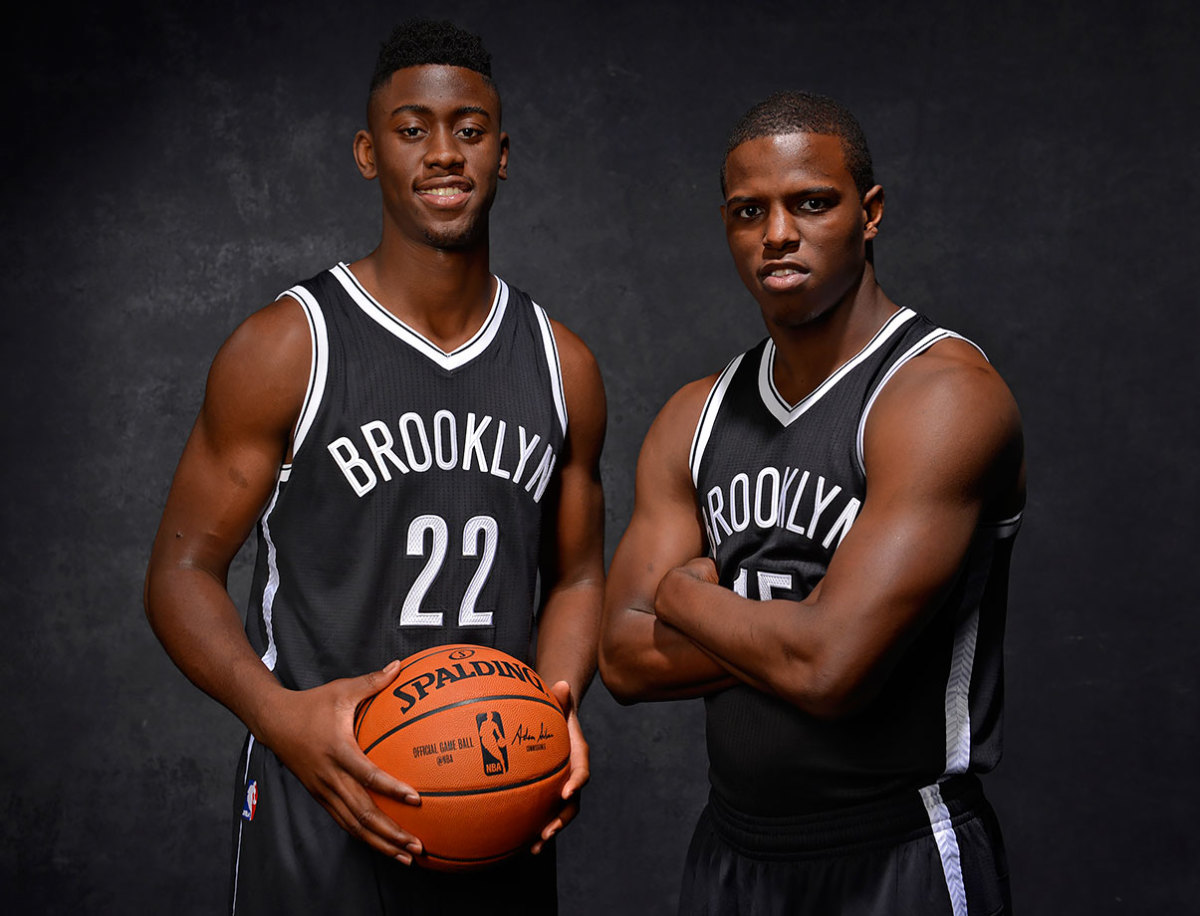
No. 20 and No. 42 overall pick
Demetrius Jackson
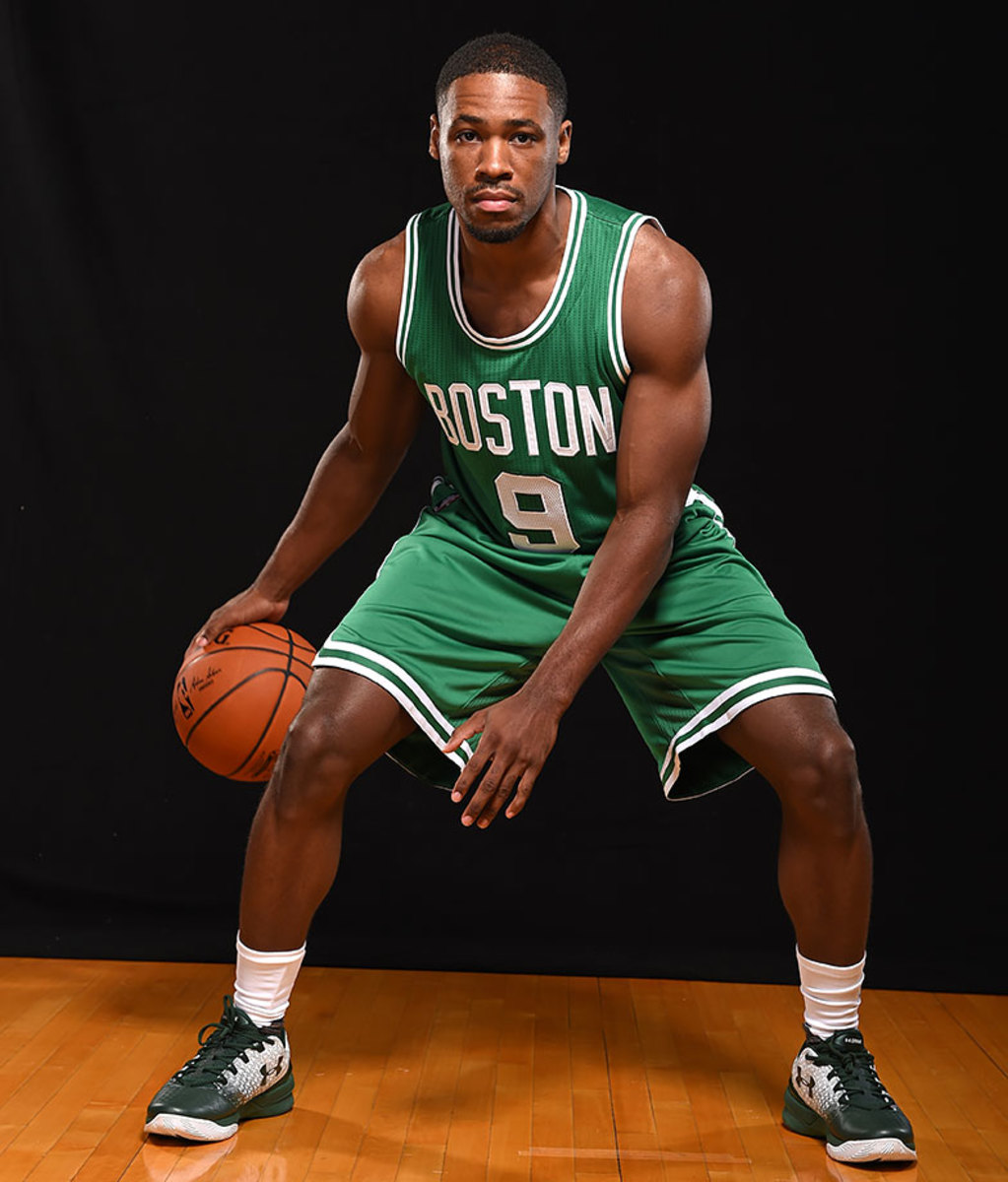
No. 45 overall pick
Demetrius Jackson and Jaylen Brown
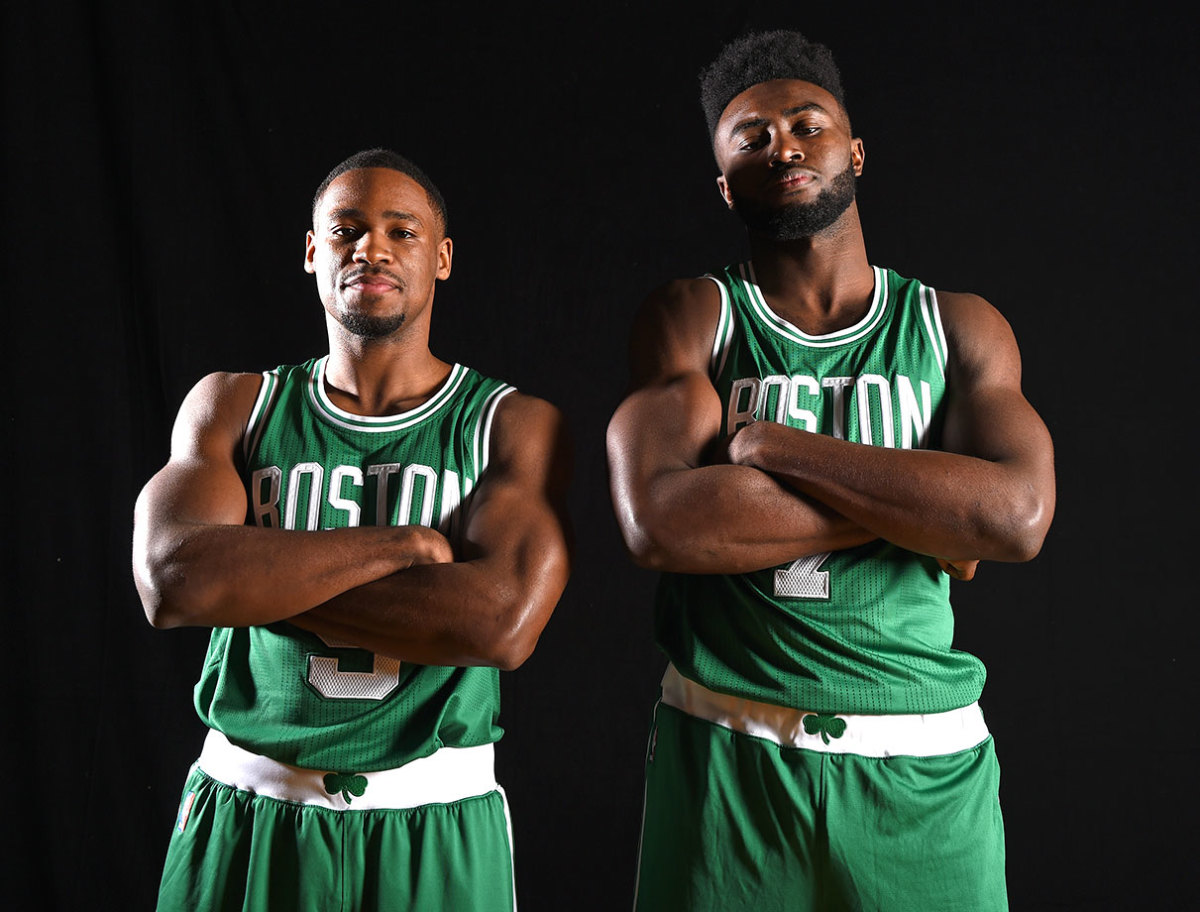
No. 45 and No. 3 overall pick
A.J. Hammons
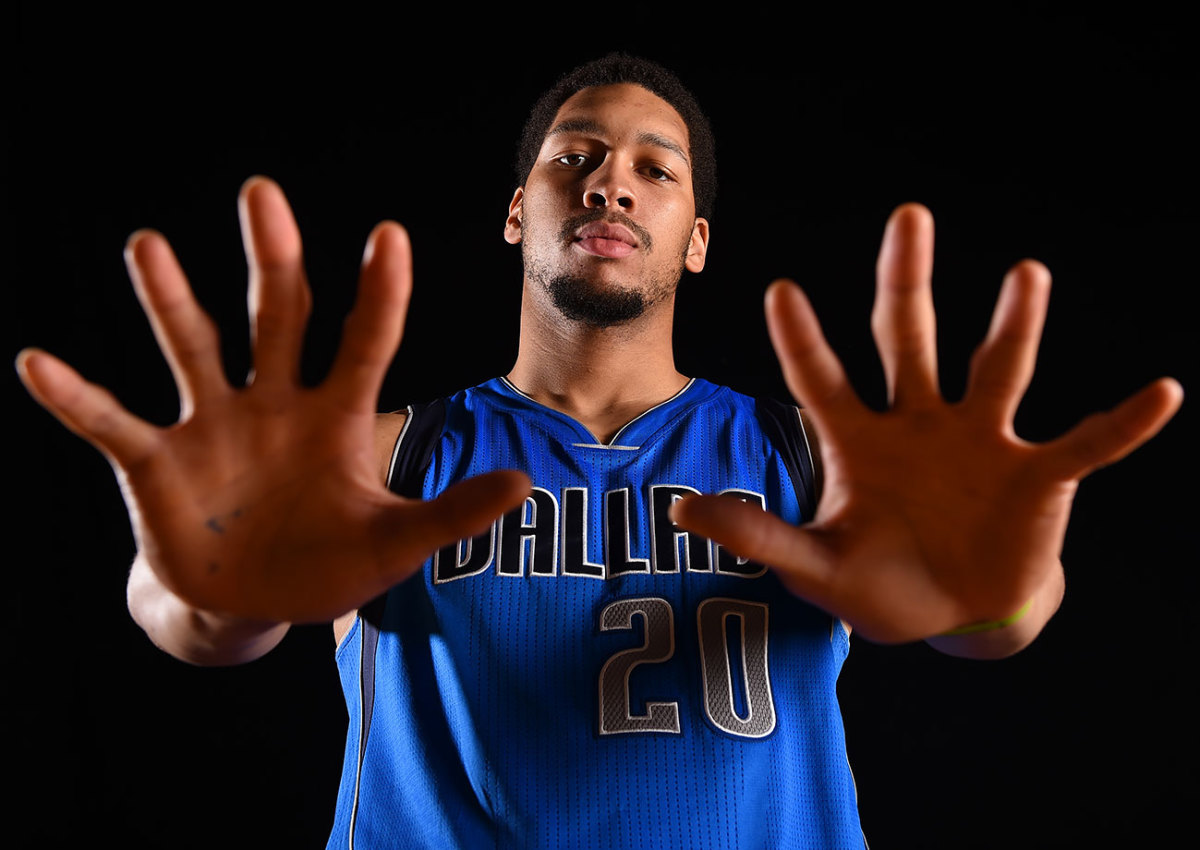
No. 46 overall pick
Kay Felder
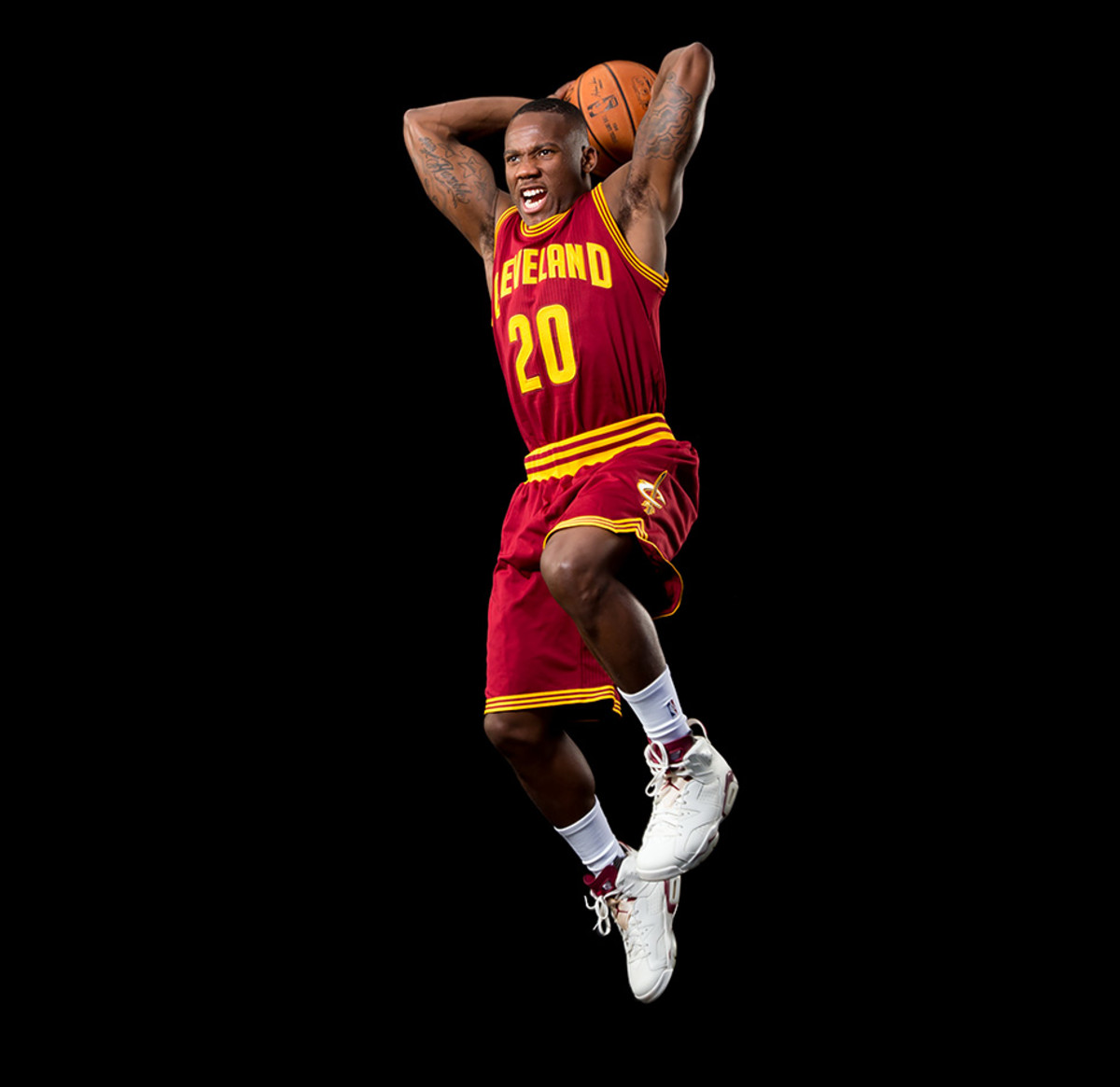
No. 54 overall pick
Gary Payton II and Chinanu Onuaku
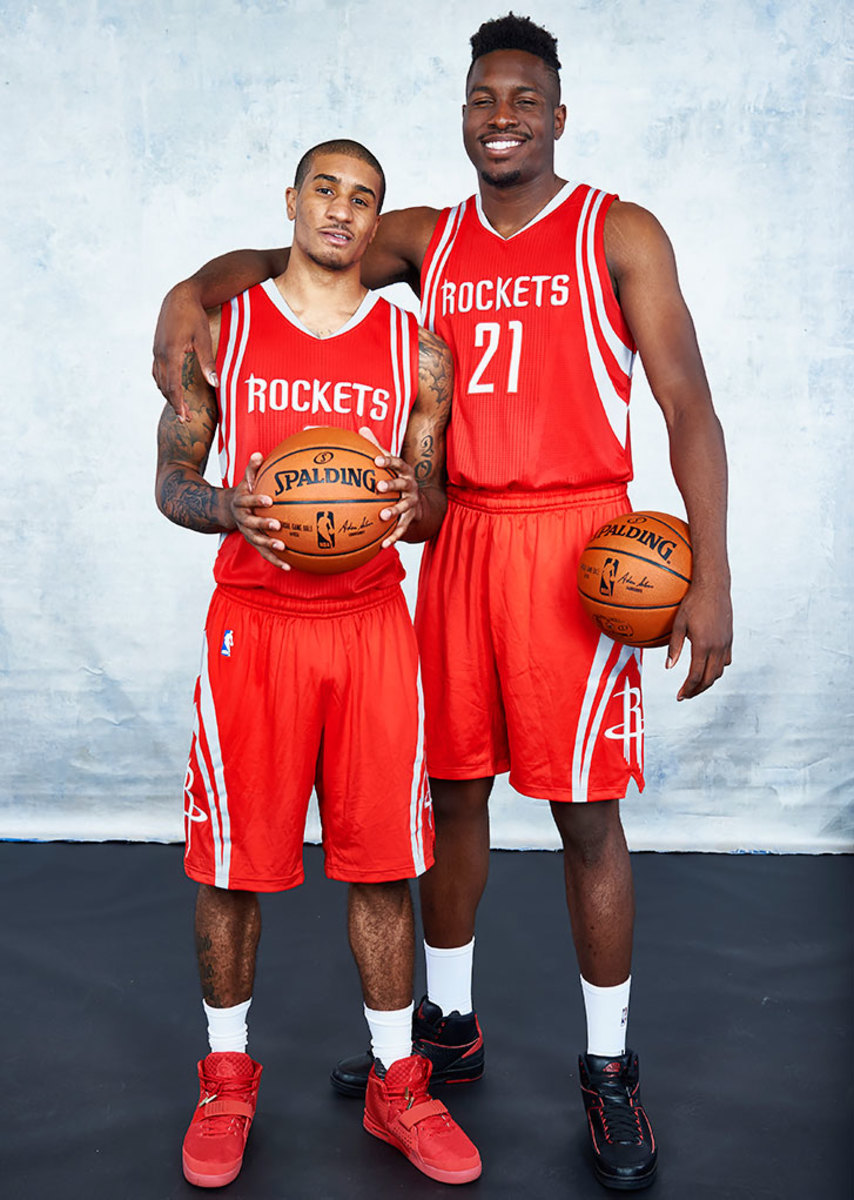
Undrafted and No. 37 overall pick
Warriors
Best move: The biggest move of the summer...Signing Zaza Pachulia was an unbelievable bargain, but Kevin Durant might be slightly more important. This needs very little explanation. It’s kind of hard to wrap your head around what the Warriors are going to look like right now. Nobody can stare directly into the sun for too long. But get ready for a ton of threes, a ton of wins, and more attention on one team than you ever thought possible. It’s happening.
Worst move: Letting Mo Speights go, I guess. The Warriors did a good job of filling out the roster post-Durant, though I’m in a state of disarray knowing that Marreese Speights won’t be back on the team. How incredible were those games when Speights all of a sudden started cooking with the second unit? And how about Golden State’s ridiculous record when Mo Buckets hit a three? Speights signed for the minimum with the Clippers, so the Dubs totally could’ve afforded to bring him back. I wish they had sent Varejao and his flopping ways packing and kept the true heart and soul of the team in the Bay. They’ll still win 75, though.
The Skinny:Under normal circumstances, a championship contender that lost two starters and six of its top 11 players by minutes played during the offseason would enter training camp facing regression chatter. As the last two years have taught us, there’s nothing “normal” about the Warriors, who underwent serious rotation turnover and yet will enter 2016-17 with more hype than ever.
The primary reason behind these extraordinary circumstances, of course, is Golden State’s free-agent signing of Kevin Durant, which stands among the biggest offseason moves of the past 15 years. Warriors coach Steve Kerr will now have two MVPs and four All-Stars in his starting lineup and he will fill his biggest hole from last season, small forward, with a four-time scoring champ who just finished leading USA Basketball to an Olympic gold medal. Landing Durant required ambitious long-term vision, careful salary cap management, a savvy recruiting pitch and the right playoff results (the Warriors came back to beat the Thunder, but then collapsed against the Cavaliers), but even as everything fell into place step by step the blockbuster signing still came as a surprise. The winningest regular season team of all time just isn’t supposed to backdoor its way into accumulating two of the top three players in the NBA after blowing a 3-1 lead in the Finals.
While everyone from NBA commissioner Adam Silver on down was decrying the Superteam concept this summer, Golden State was already at work filling out its renovated rotation. There were plenty of holes to fill. Adding Durant required parting with multiple players: starting small forward Harrison Barnes signed a mega-deal with the Mavericks, starting center Andrew Bogut was salary-dumped to the Mavericks, back-up center Festus Ezeli signed with the Blazers, guard Leandro Barbosa signed with the Suns, guard Brandon Rush headed to the Timberwolves, and big man Marreese Speights tagged on with the Clippers.
GM Bob Myers got creative filling in the gaps with budget-conscious moves, luring new starting center Zaza Pachulia on a bargain one-year, $2.9 deal, adding power forward David West on a minimum, and re-signing reserves Anderson Varejao, Ian Clark and James Michael McAdoo to minimum deals as well. Golden State did itself some major favors by drafting at positions of need, taking 7-foot center Damian Jones in the first round and 6-7 wing Patrick McCaw in the second. Once the dust settled, Golden State had more top-end talent than it had during its 73-win season plus multiple proven options at all five positions and a number of promising youngsters anxious to prove their worth during blowouts.
While going from Bogut/Ezeli to Pachulia/Varejao at the center spot does qualify as a downgrade, particularly on the defensive end, Golden State can now field a Curry/Klay Thompson/Andre Iguodala/Durant/Draymond Green that is, on paper, the most devastating five-man group the NBA has seen in recent memory. Importantly, the Warriors can still field quality traditional and stretch looks despite all the moving parts, and they will be in position to stagger their rotations so that they can always keep Curry or Durant on the court at all times. That’s a ludicrous luxury. Remember, Golden State led the NBA by a mile in offensive efficiency last season, and it just poached the most efficient player from the league’s No. 2 offense. Goodnight.
In addition to having a sensational offseason of their own, the Warriors benefited greatly from external factors. Tim Duncan’s retirement will necessitate a major transition in San Antonio. Durant’s departure sinks the Thunder. The Cavaliers, Raptors and Clippers all did their best to hang tough in the face of rotation losses. Portland, Houston and Memphis paid through the nose to marginally upgrade. The Warriors’ path to the title now looks clearer than either of the past two seasons.
The unlikely assist that helped deliver Kevin Durant to the Warriors
The most concerning aspect of Golden State’s summer has nothing to do with any of the players it added or the guys it lost. Instead, the biggest questions surround Green, whose Game 5 suspension swung the balance during the Finals. After repeated lapses in judgment and physical incidents with opponents during the postseason, Green had a summer to forget. He was arrested for a late-night altercation in Michigan. He posted an explicit photograph of himself on Snapchat. He mostly rode the bench during the Olympics, playing poorly, by his high standard, when he did take the court.
The Warriors need a stable Green to exact revenge against the Cavaliers; in fact, they arguably need what he brings to the table now more than ever. Without Bogut and Ezeli, the pressure is on Green more than ever to captain Golden State’s defense. With Curry, Durant and Thompson all vying for touches and shots, Green will need to sacrifice his own offense and serve as a primary playmaker for others. With LeBron James proving so emphatically that he’s capable of making the Warriors pay for their lapses in focus, Green must return to the court with better focus and self-control.
Green’s shaky summer is, more than anything else, a reminder that no Superteam is perfect. There will be adversity this season, and the Warriors will almost certainly find it difficult to match their record-setting 2015-16 campaign given the volume of offseason additions they must incorporate. Still, from convincing Durant to jump ship, to filling the center spot on a budget, to making excellent use of their minimum slots and draft picks, it’s hard to do any better than the Warriors did this summer.
